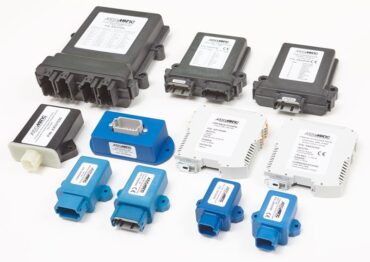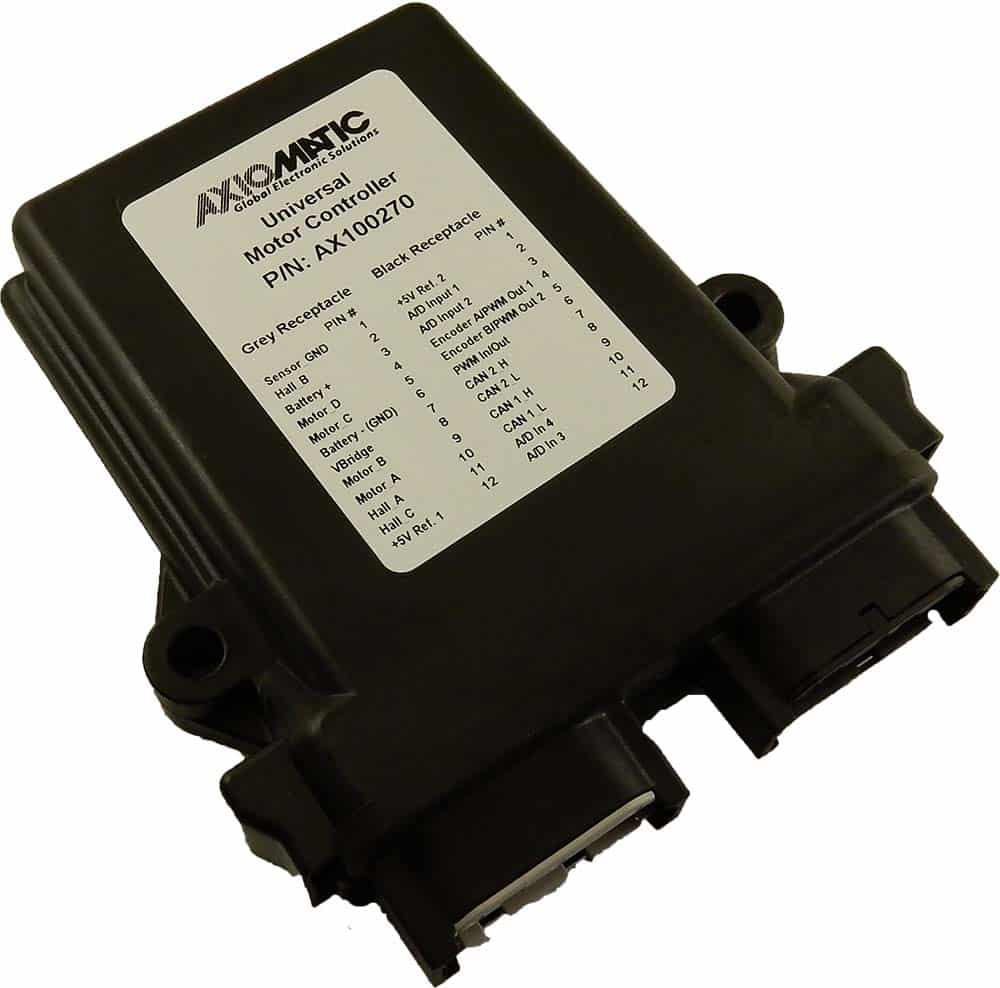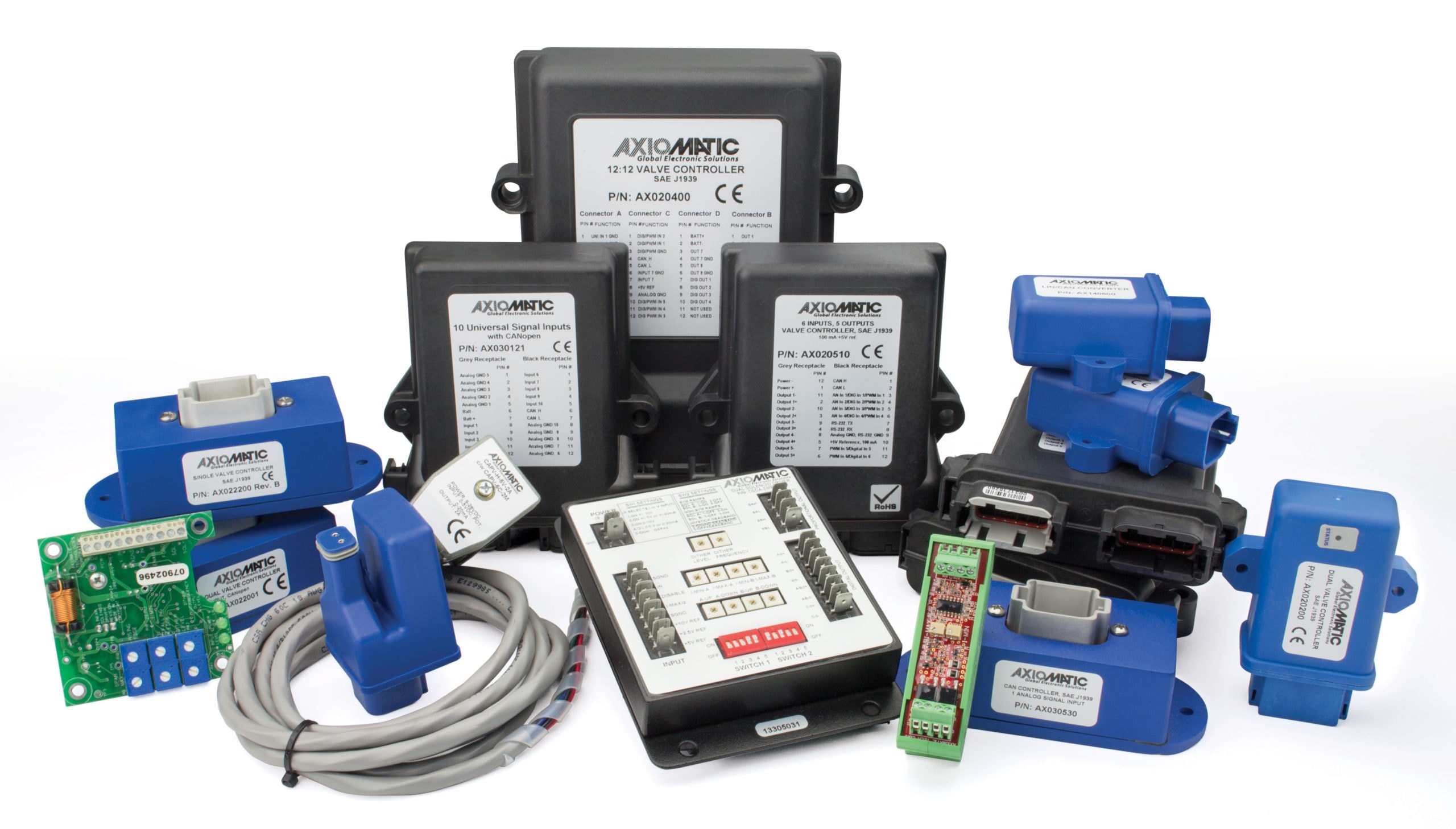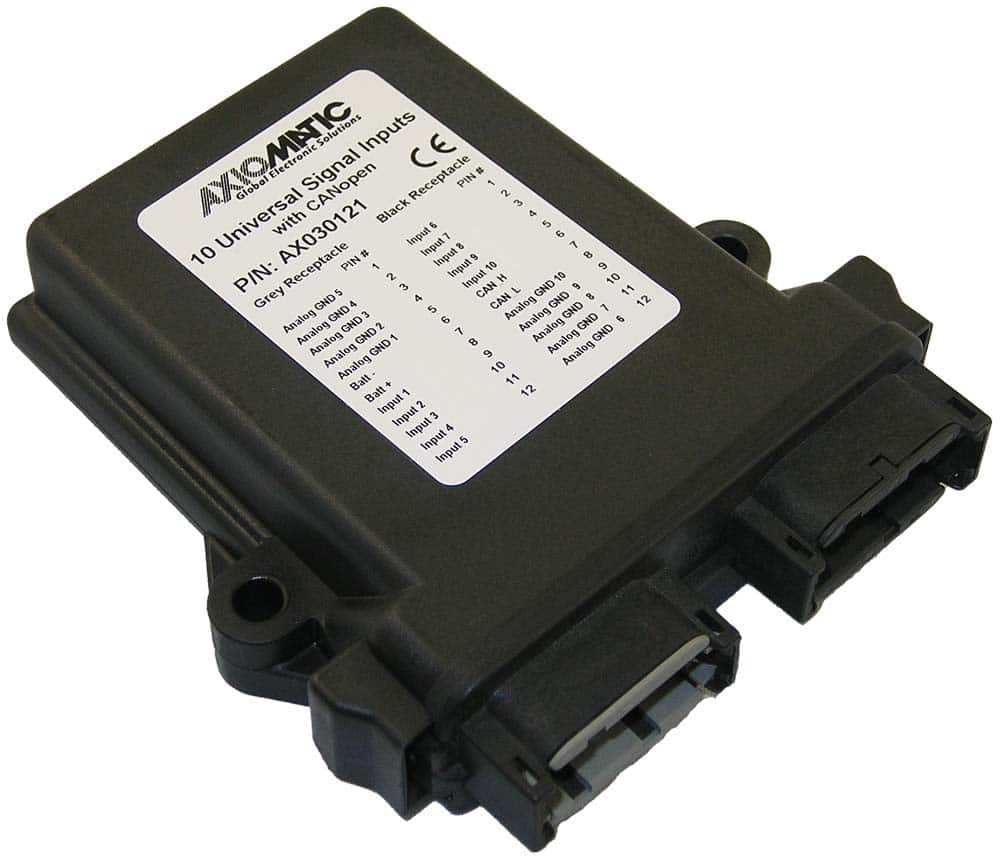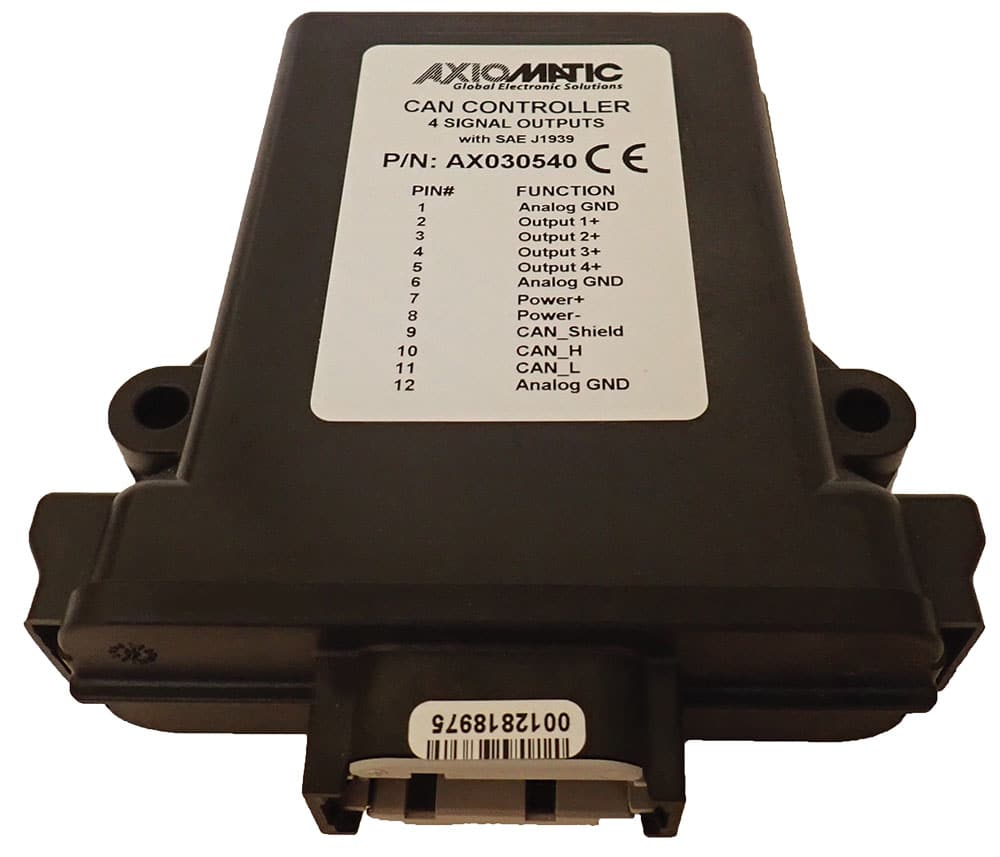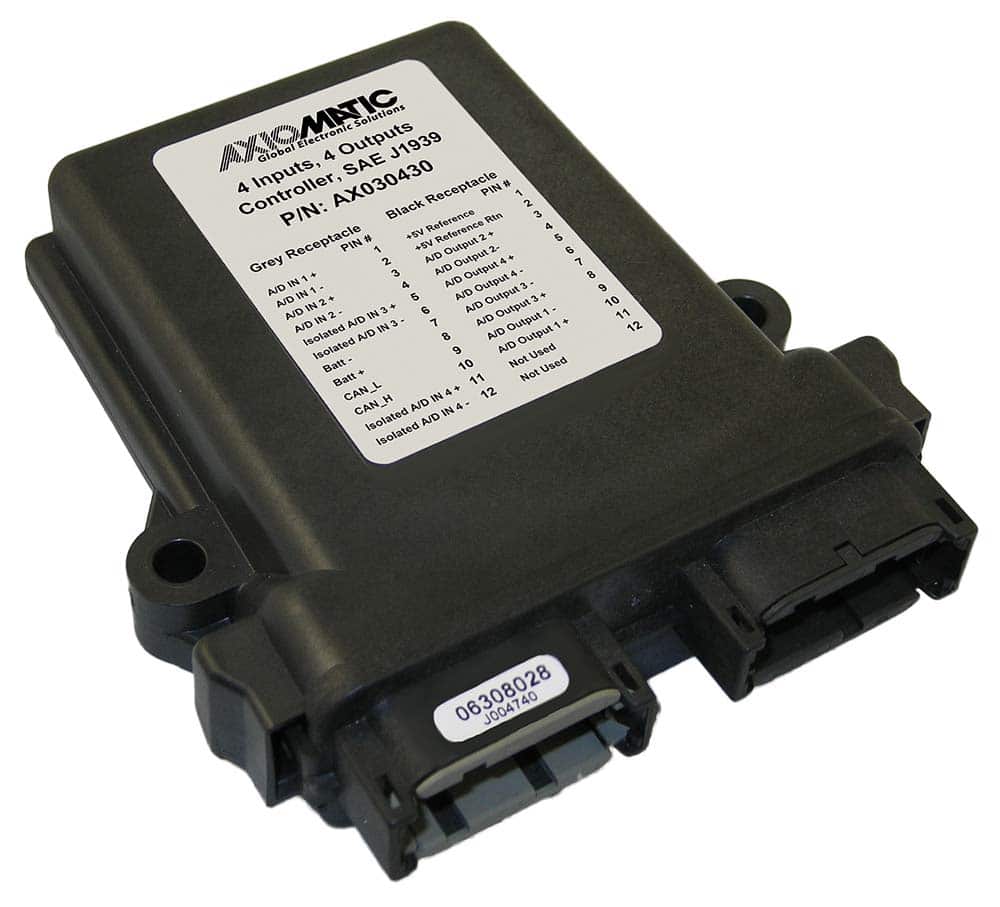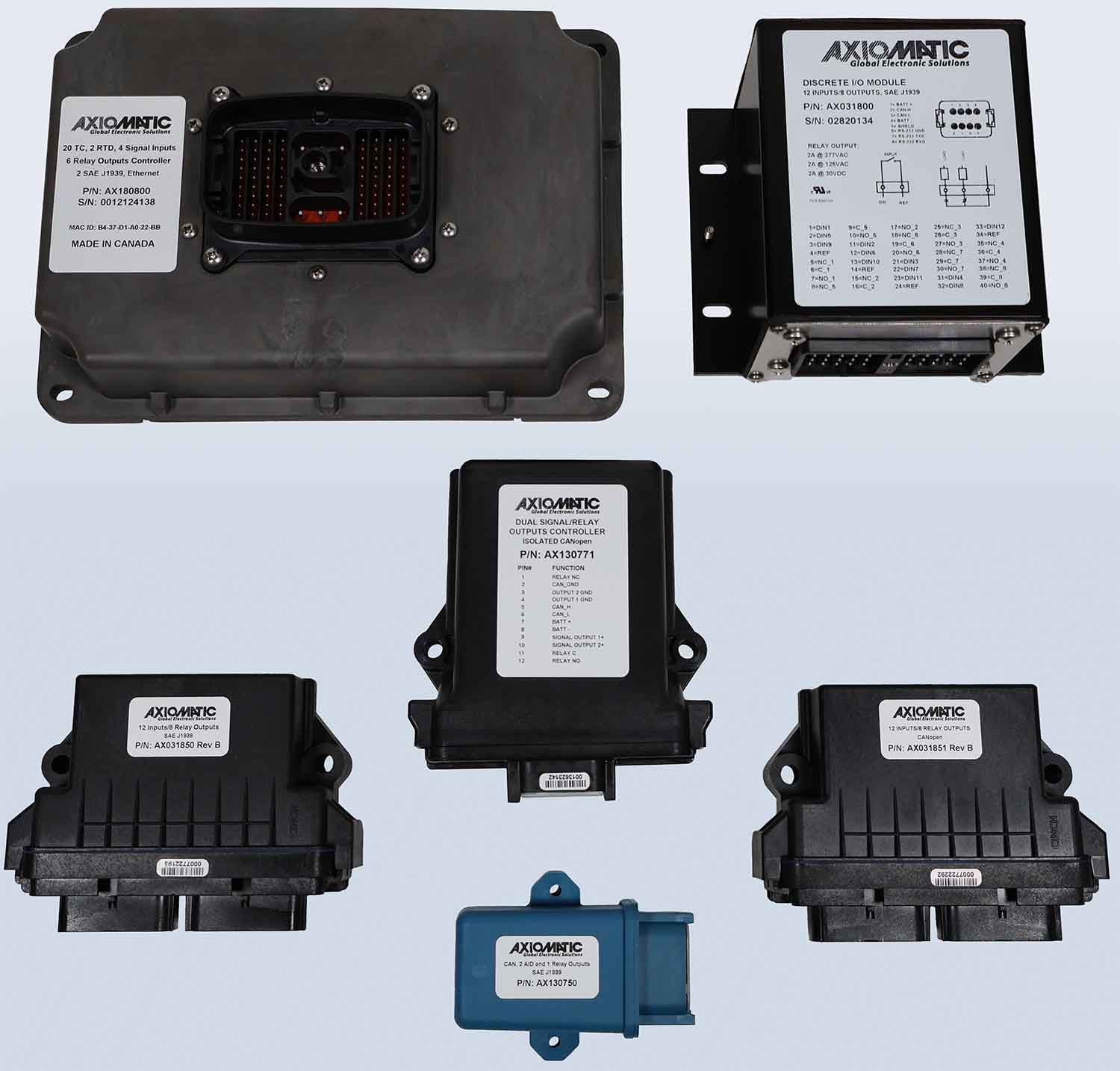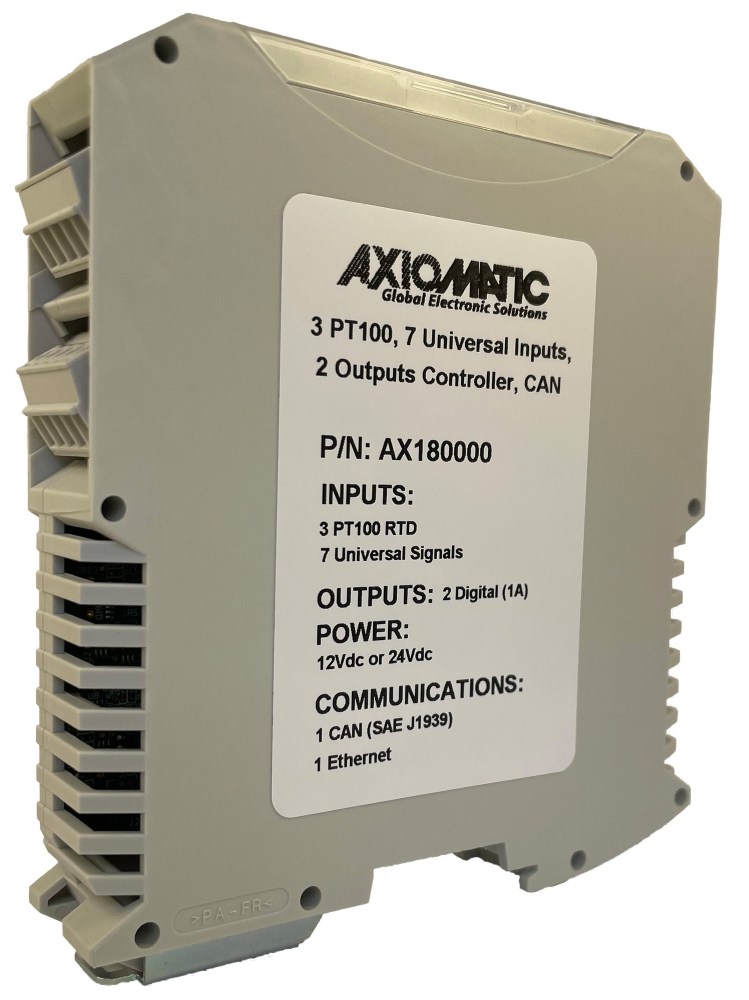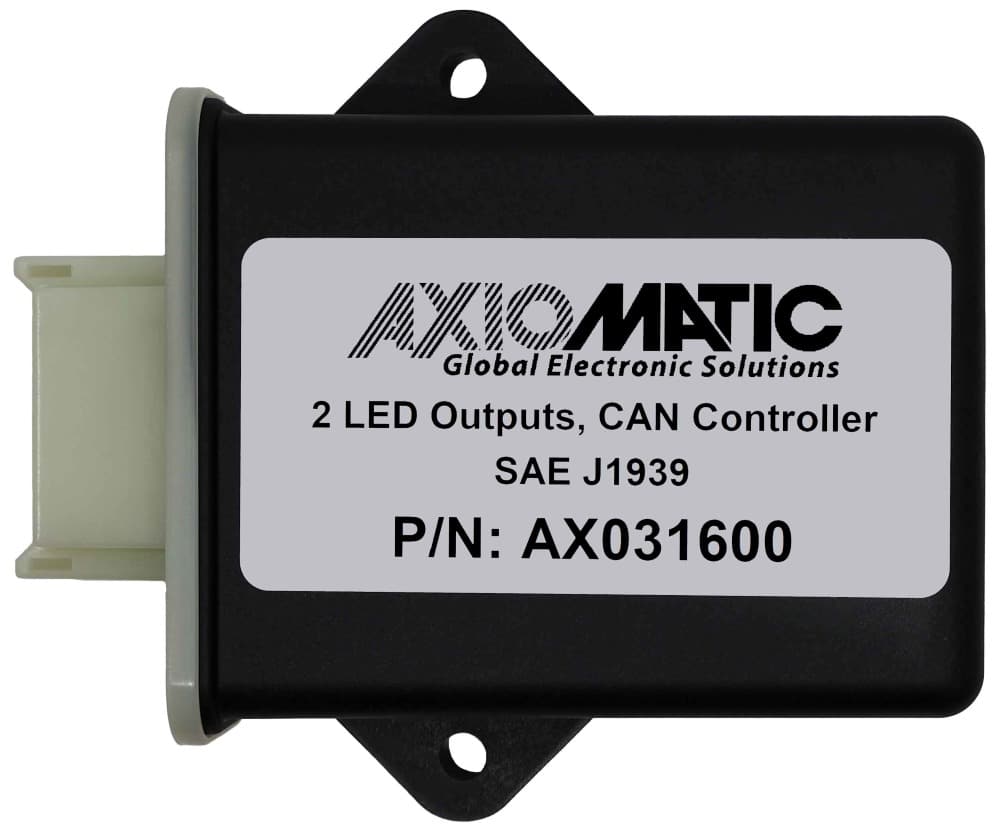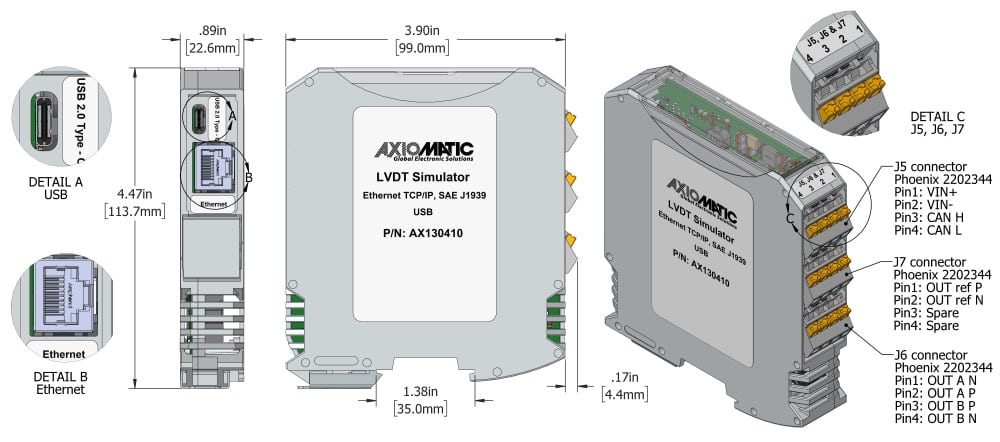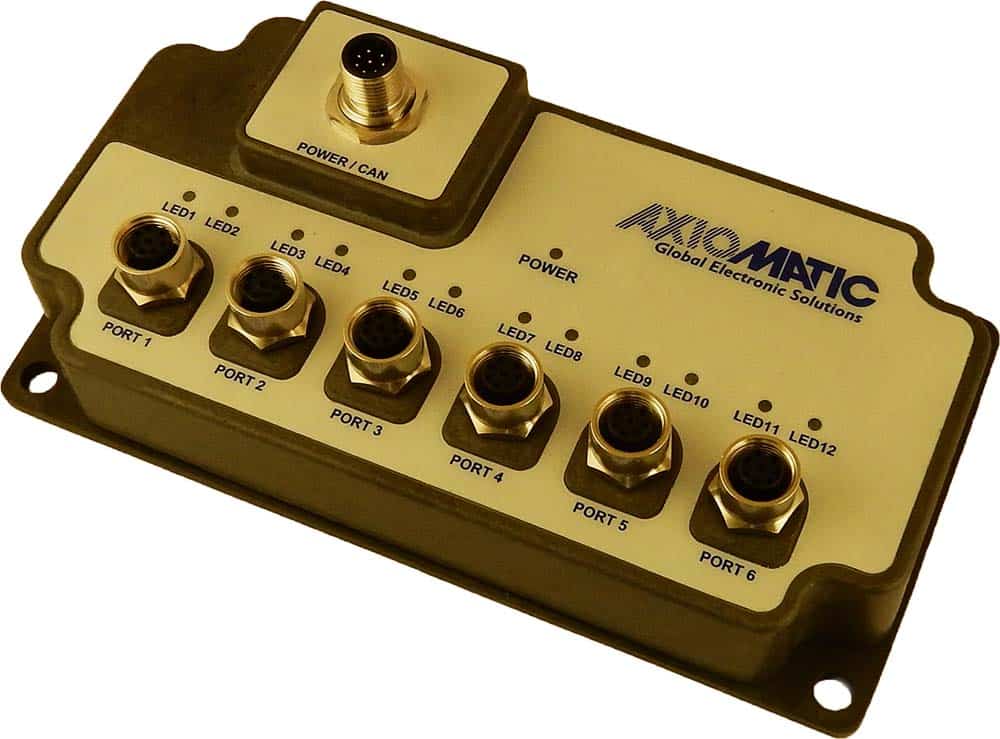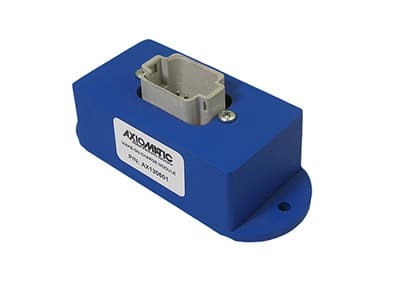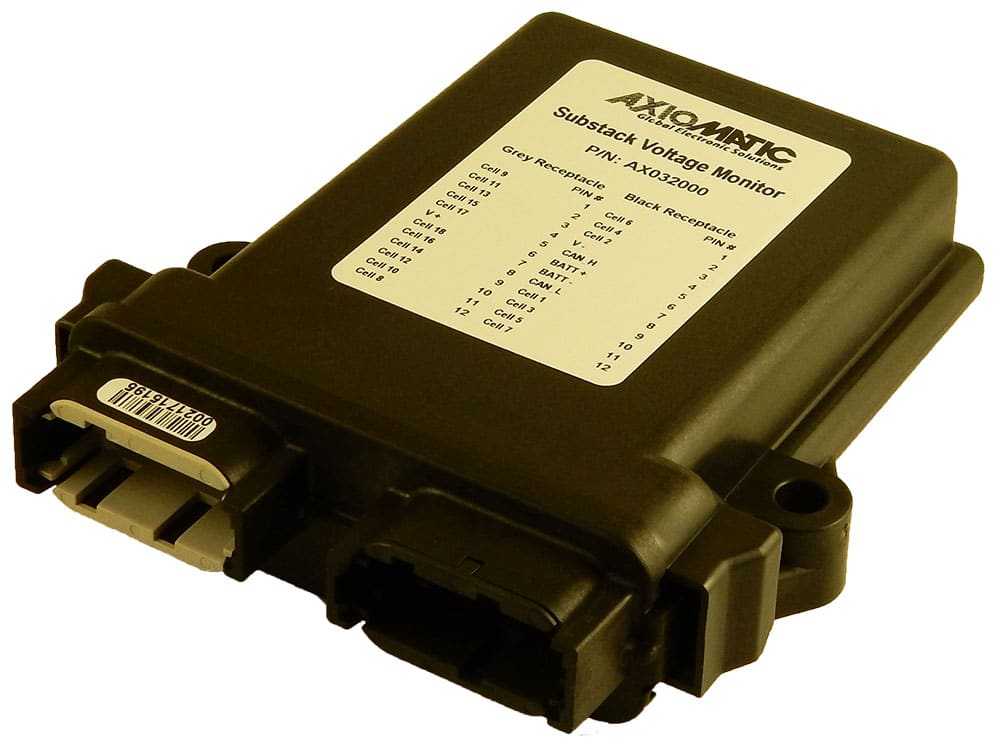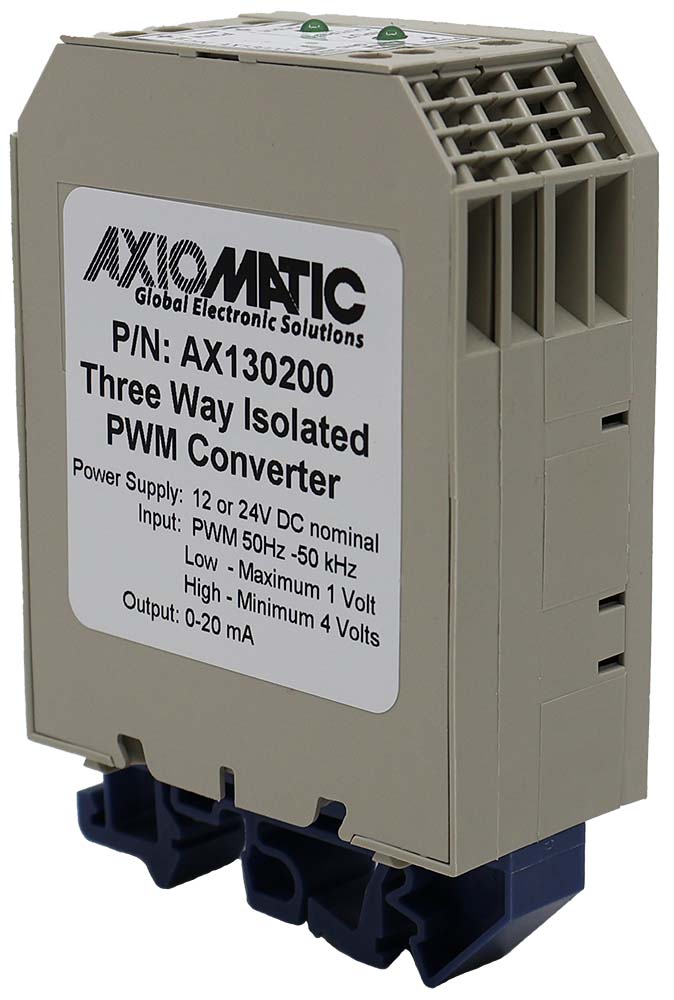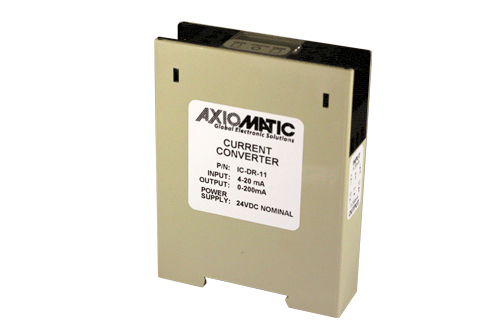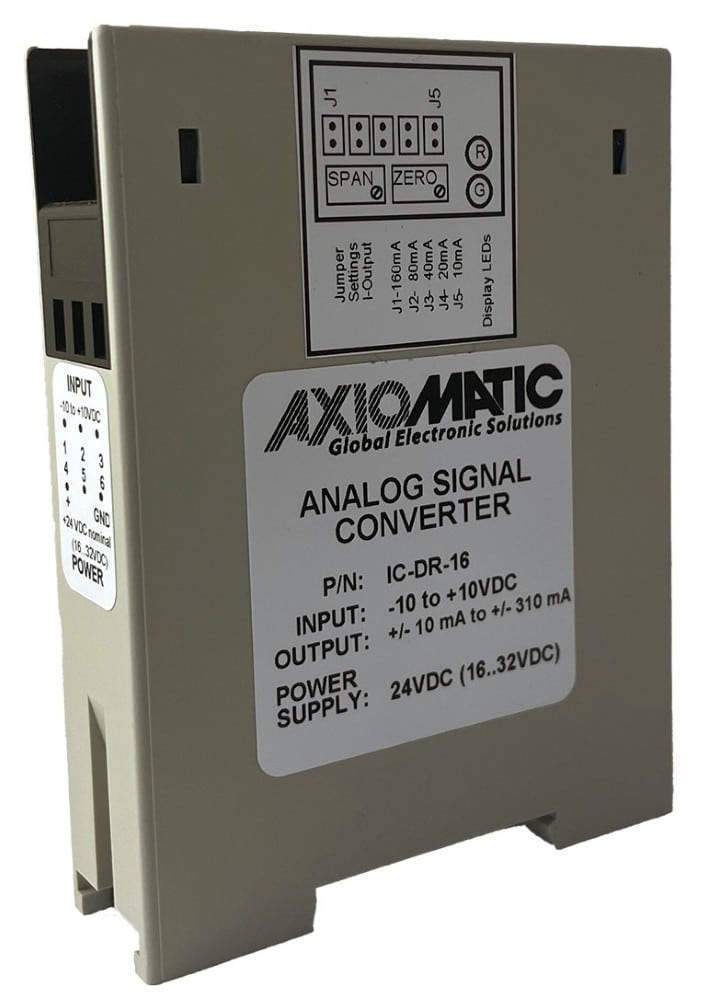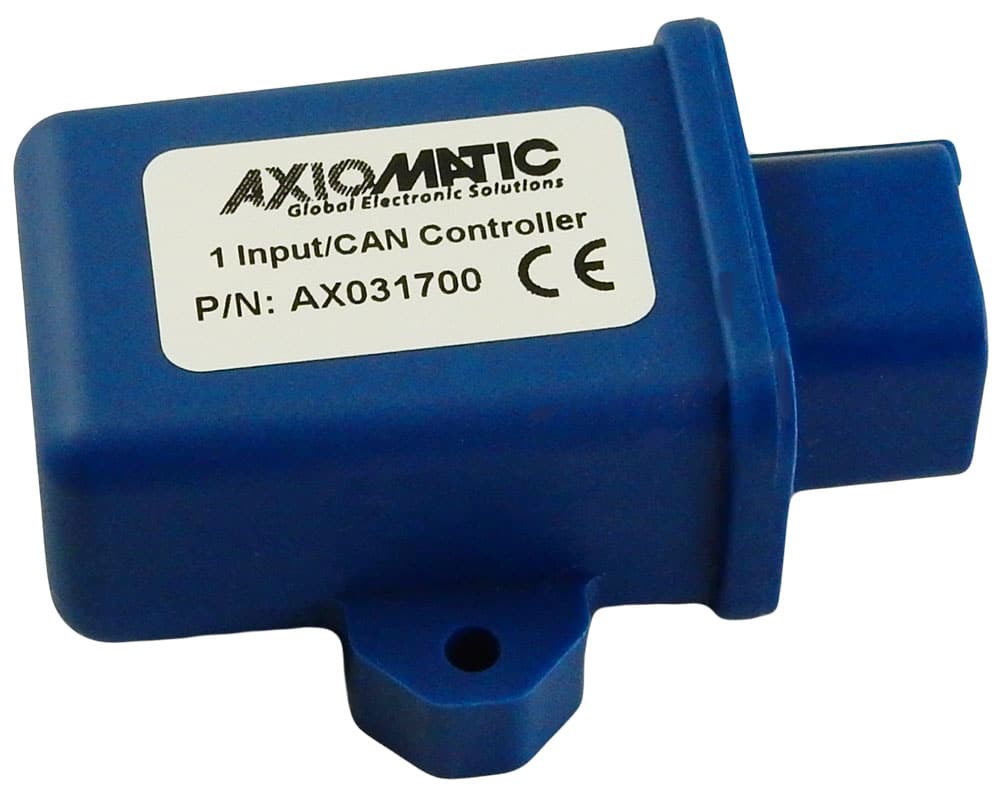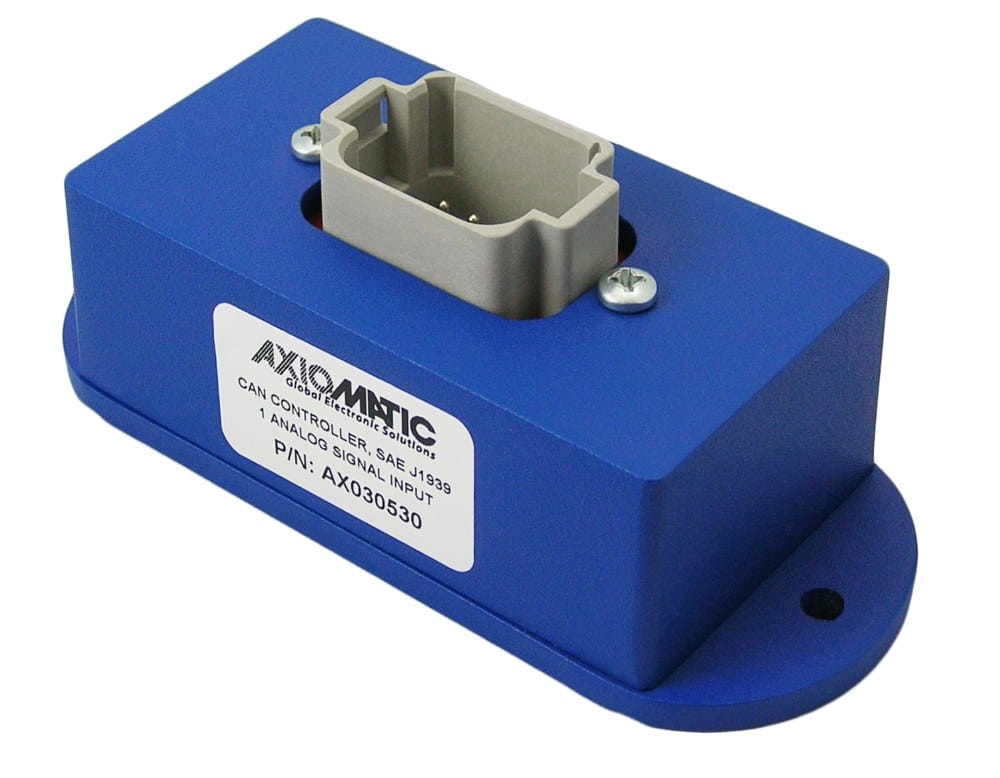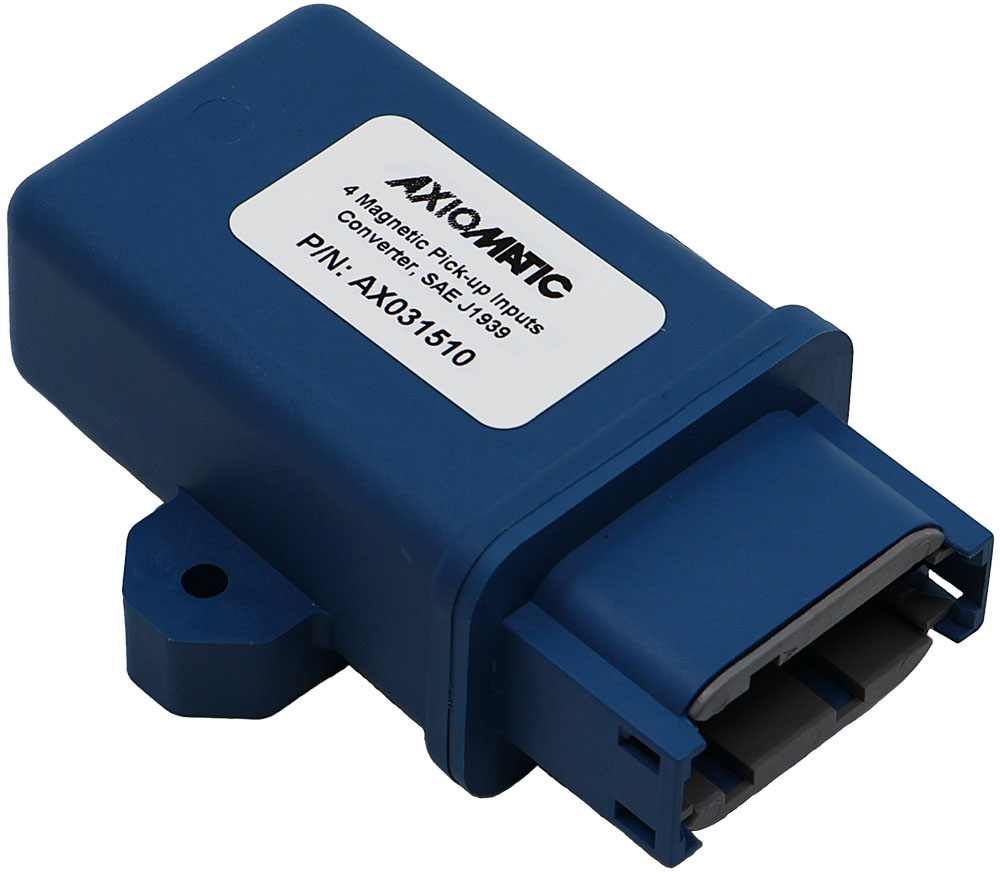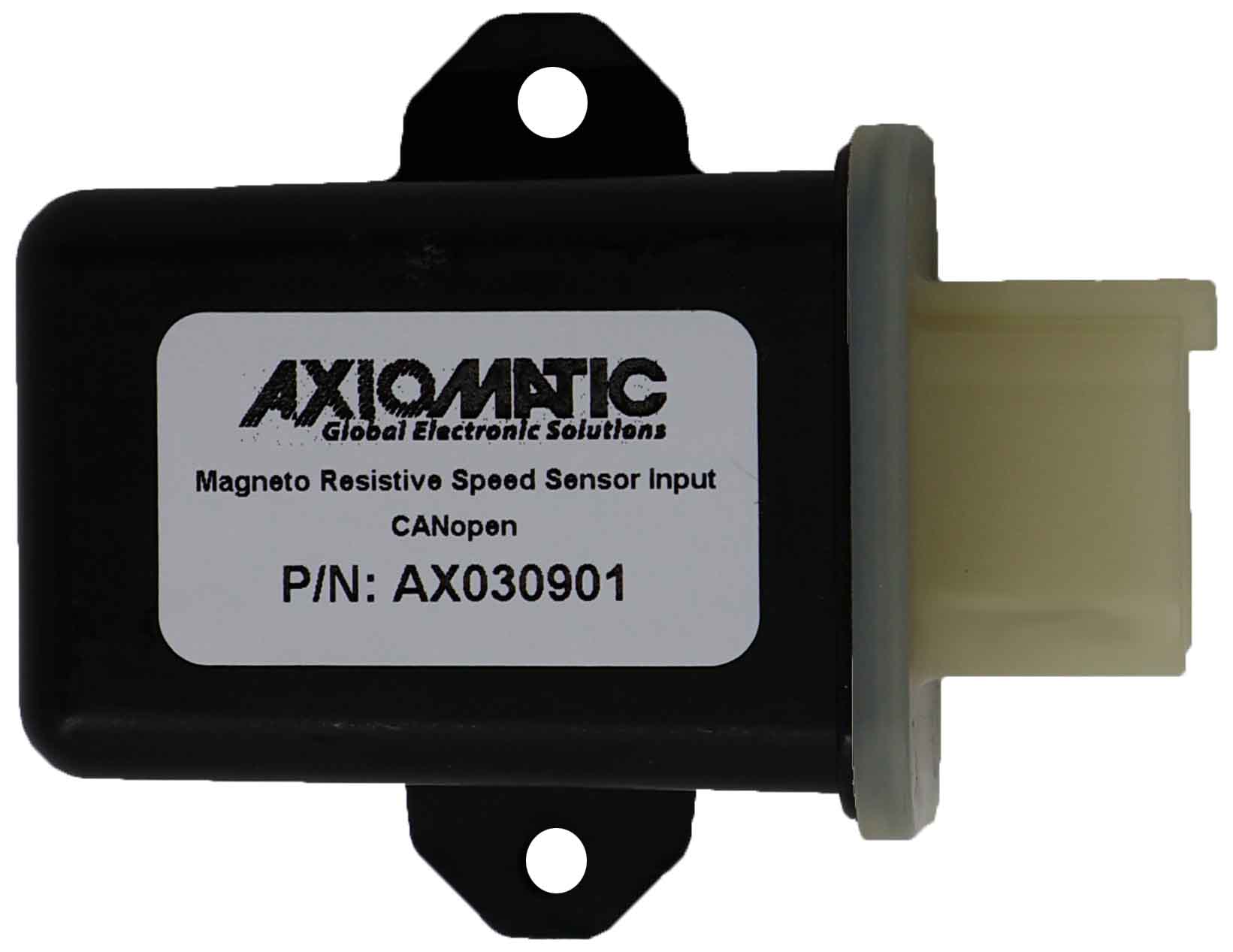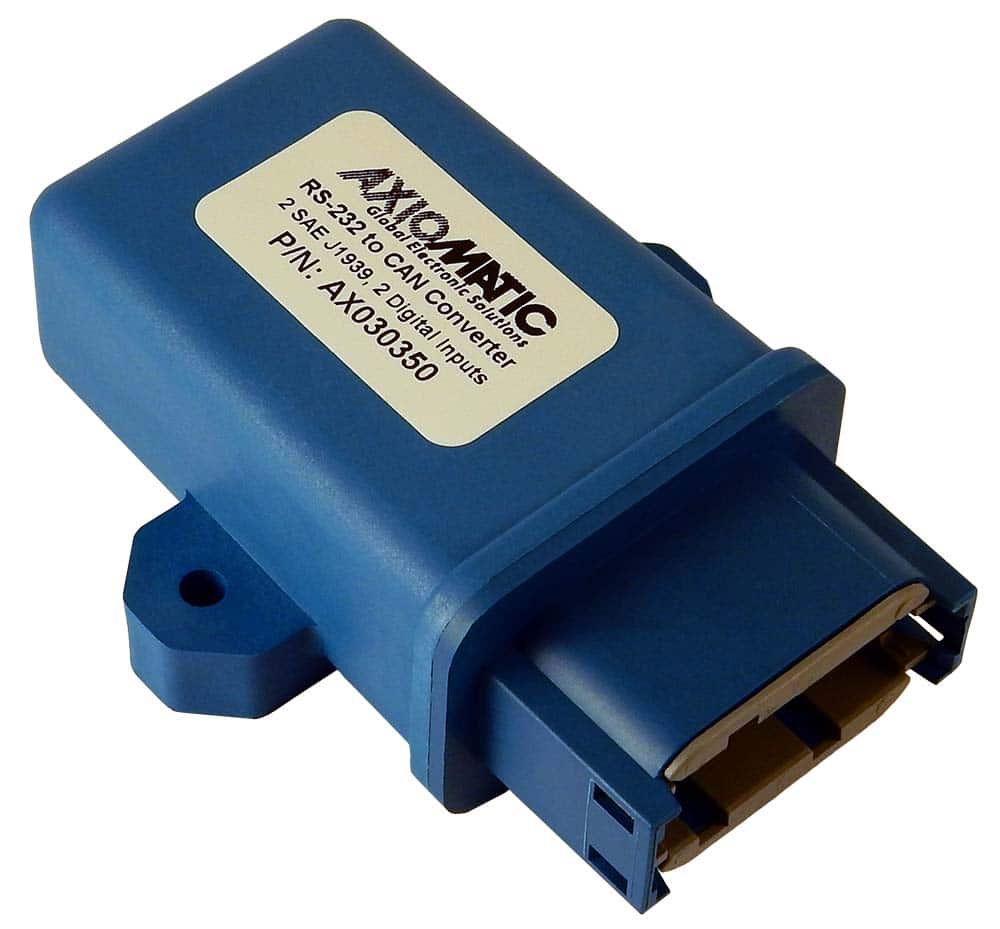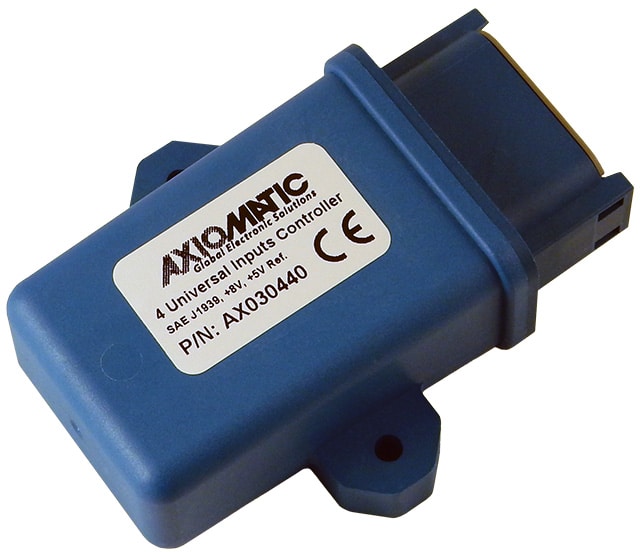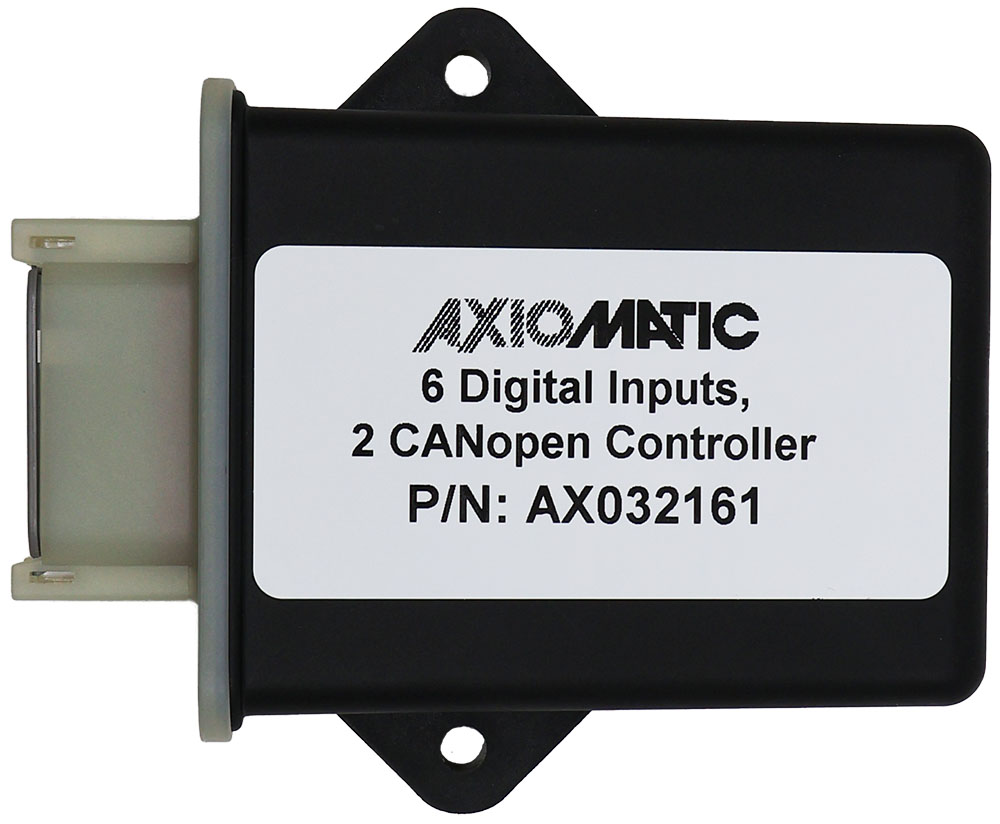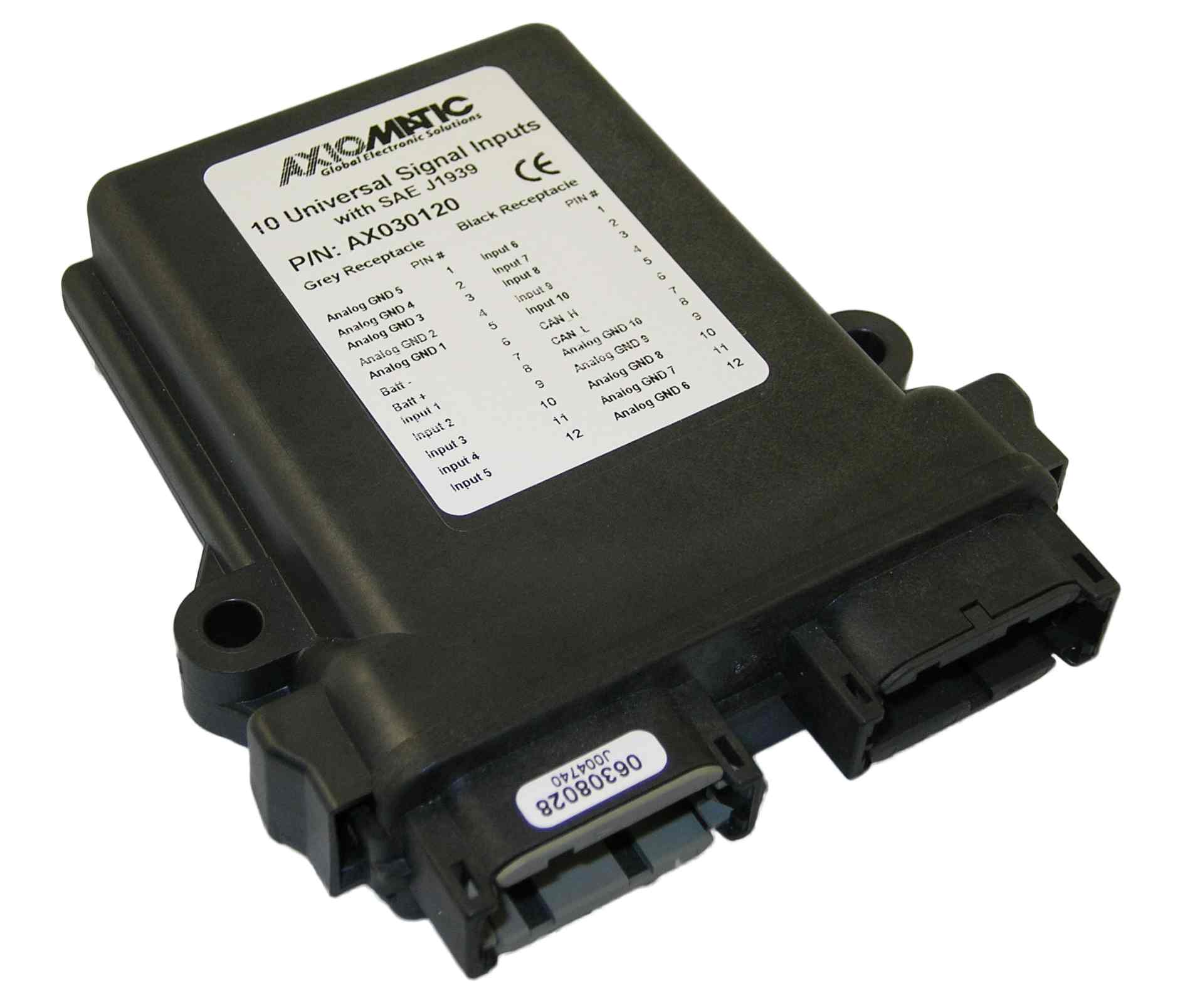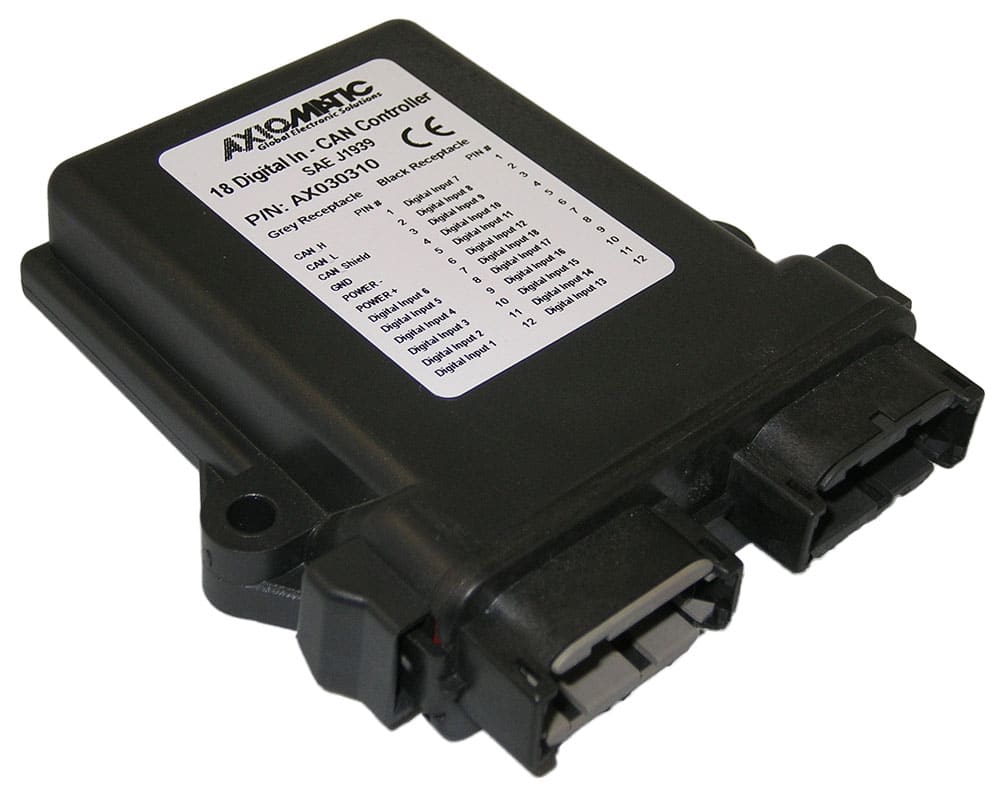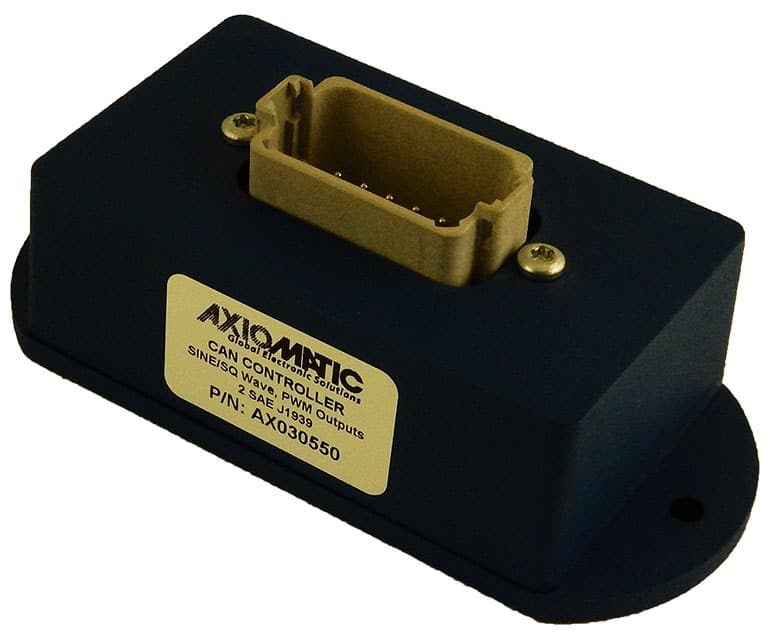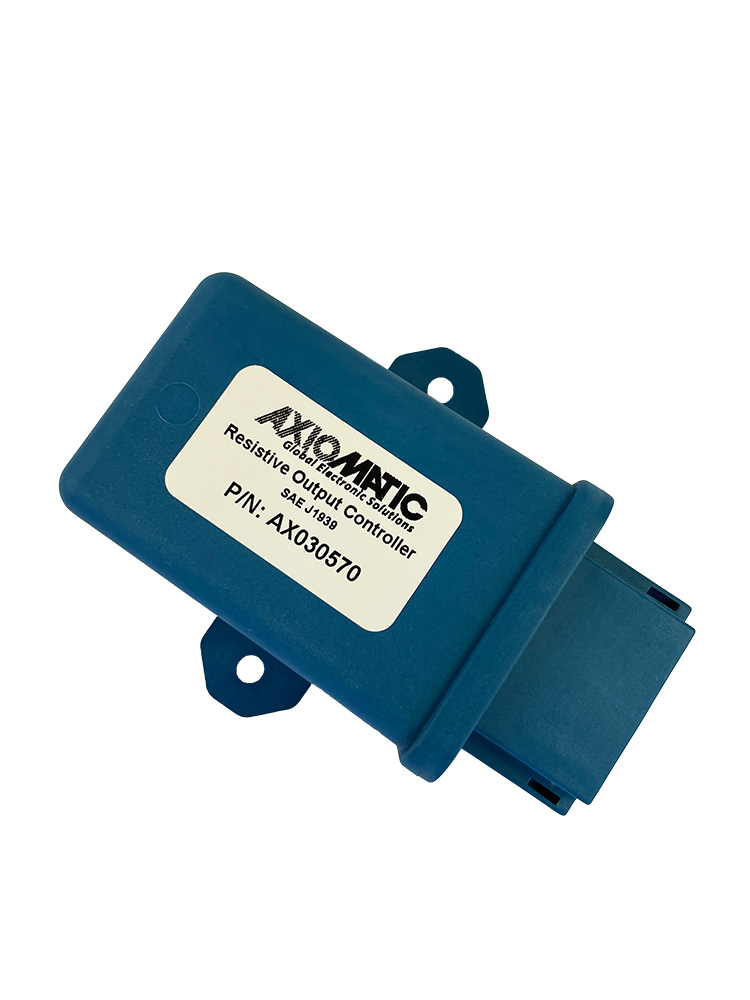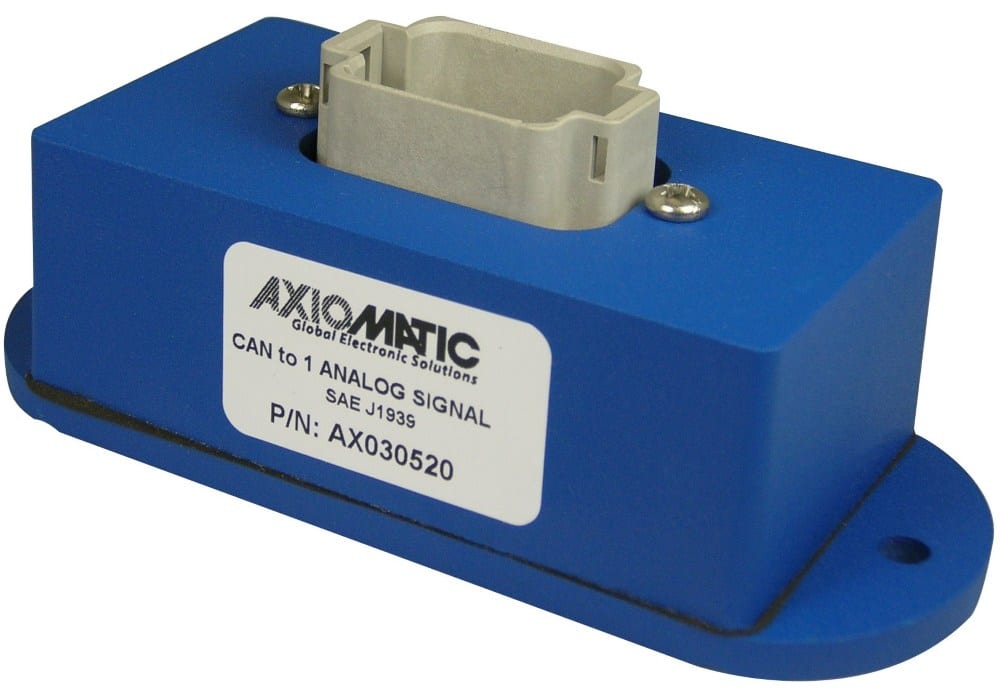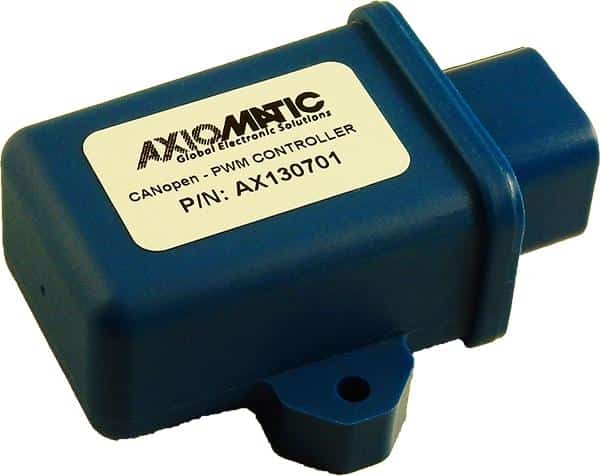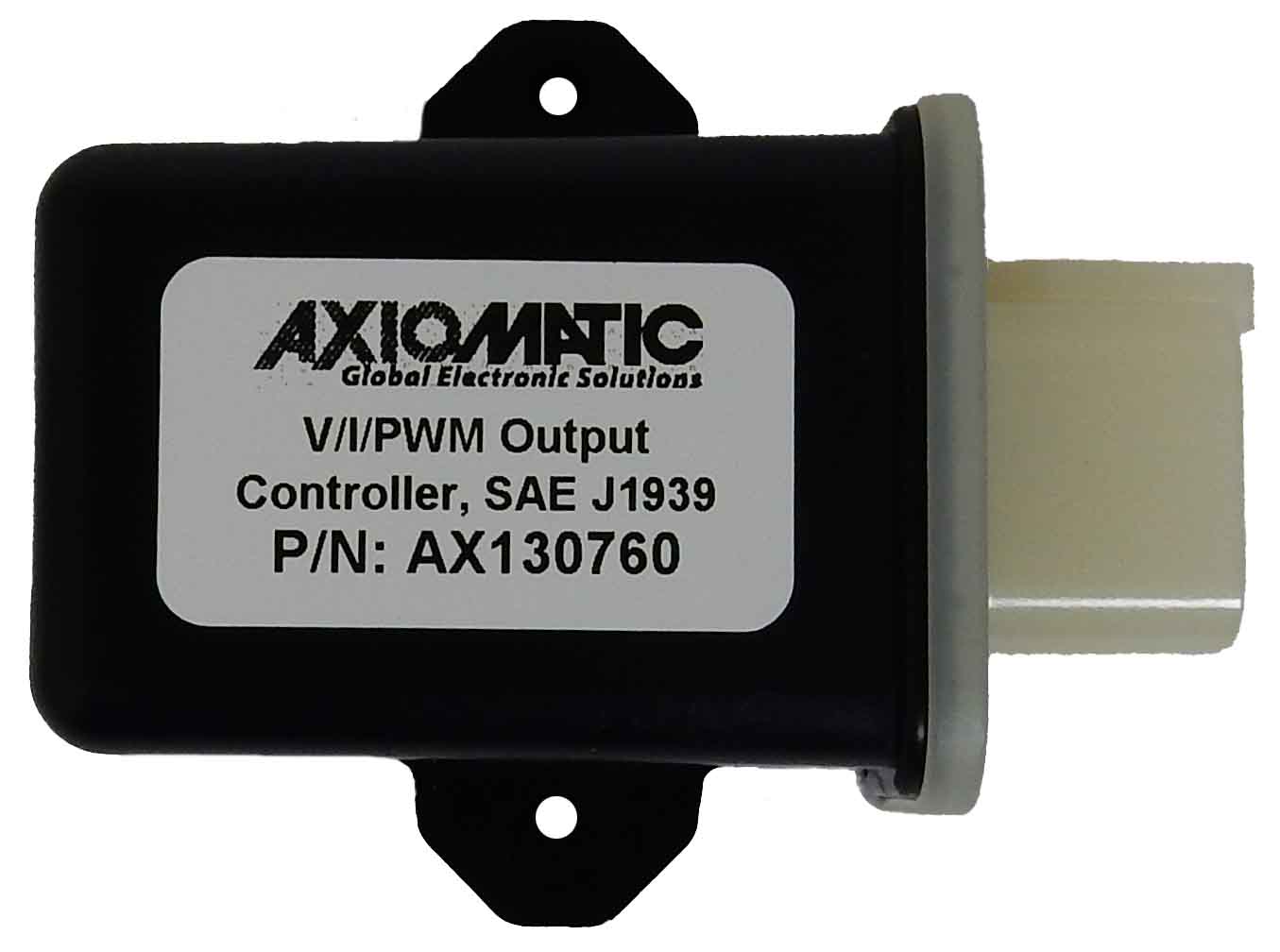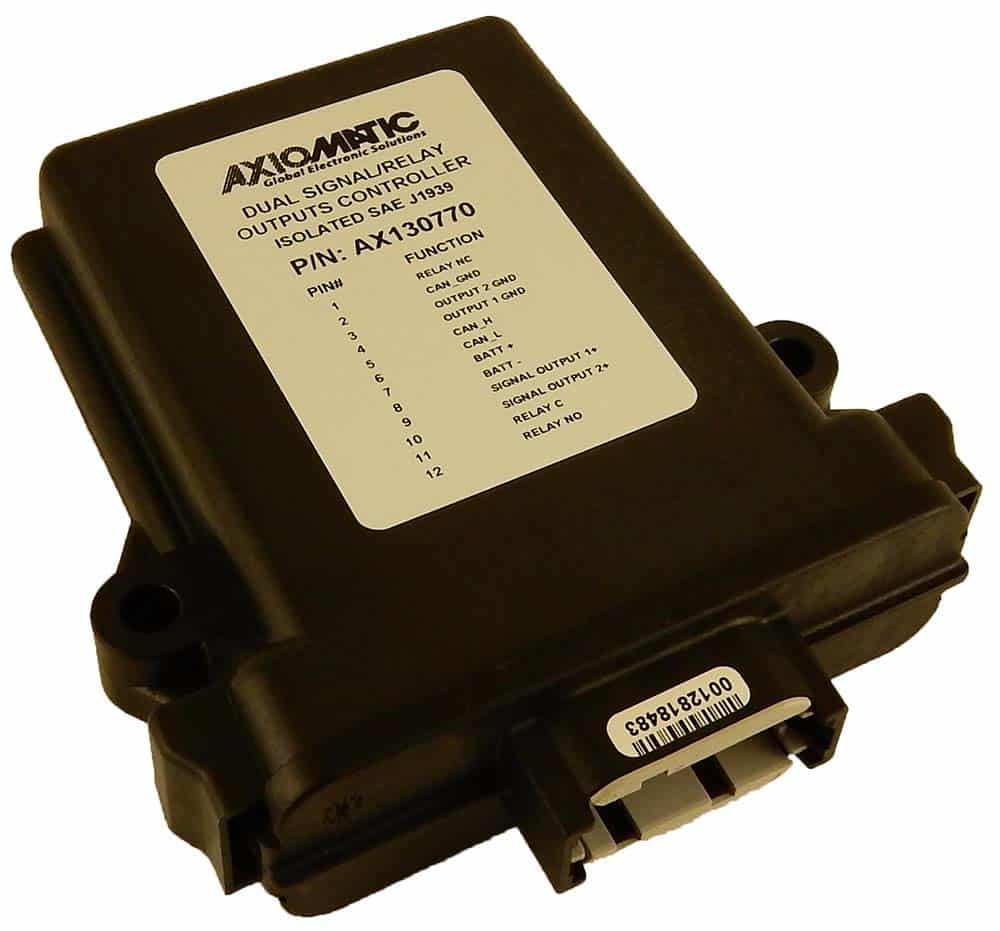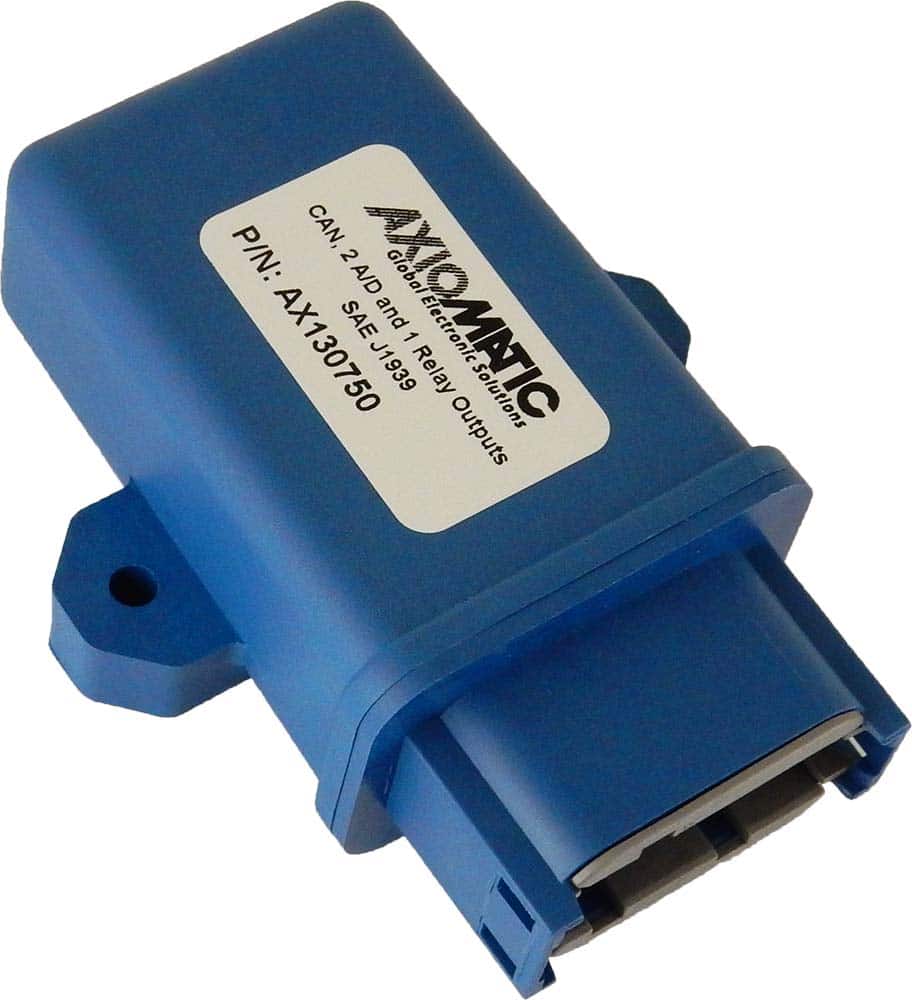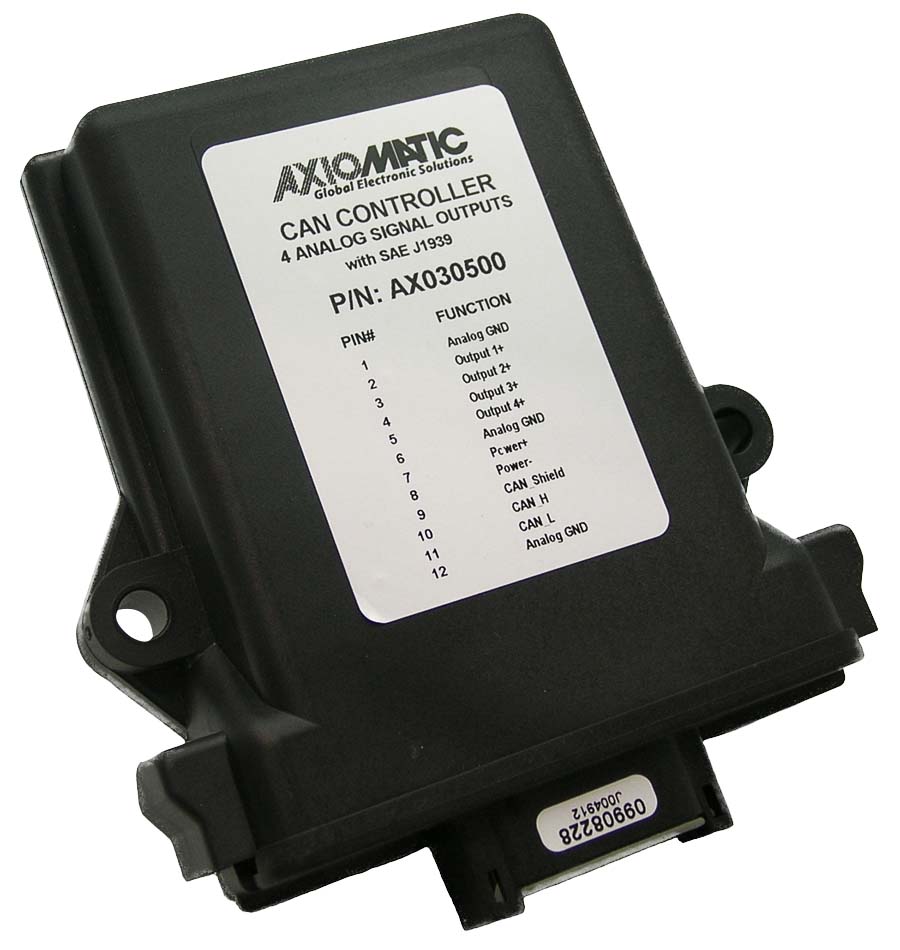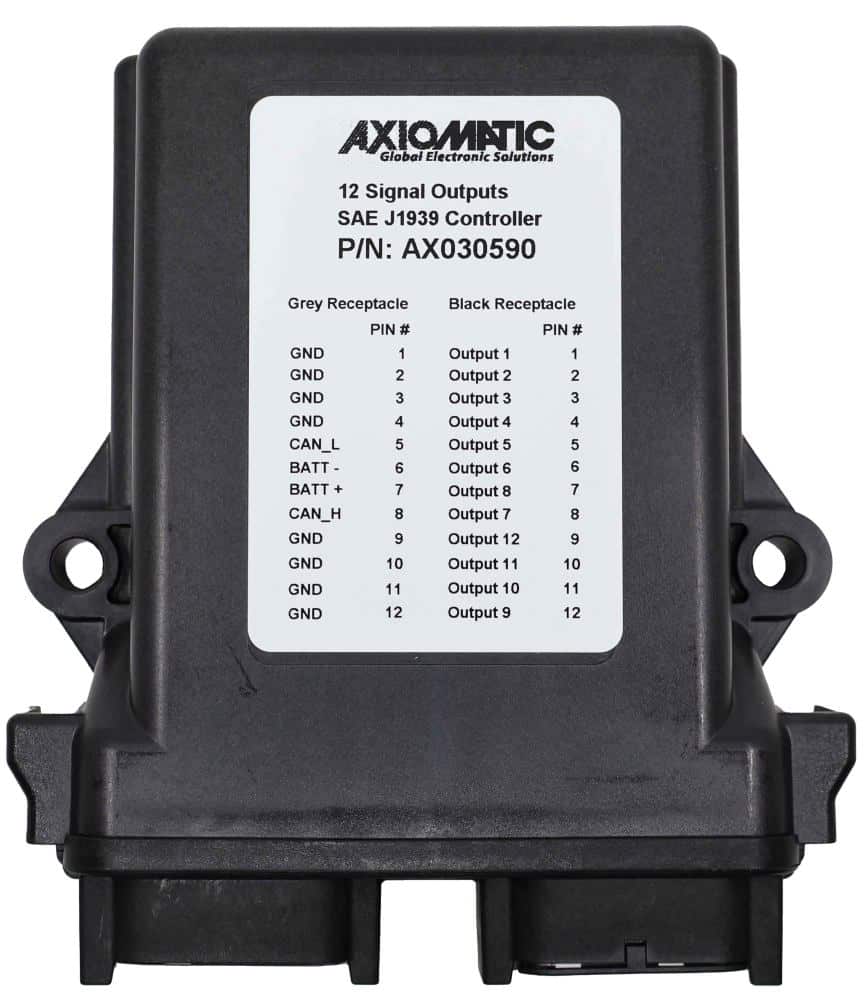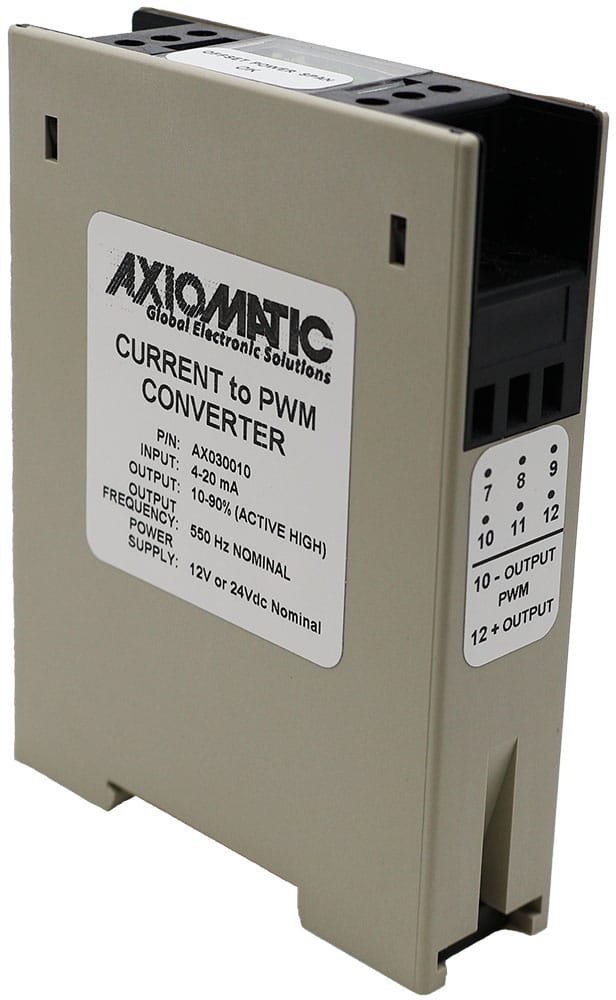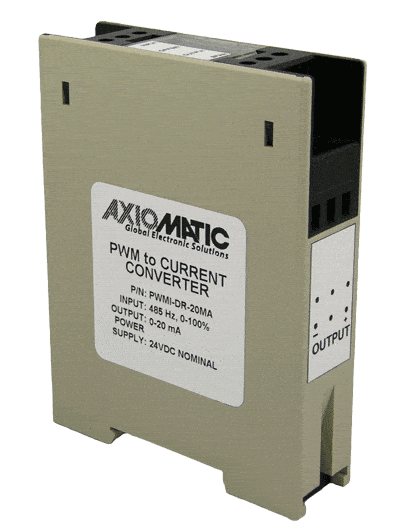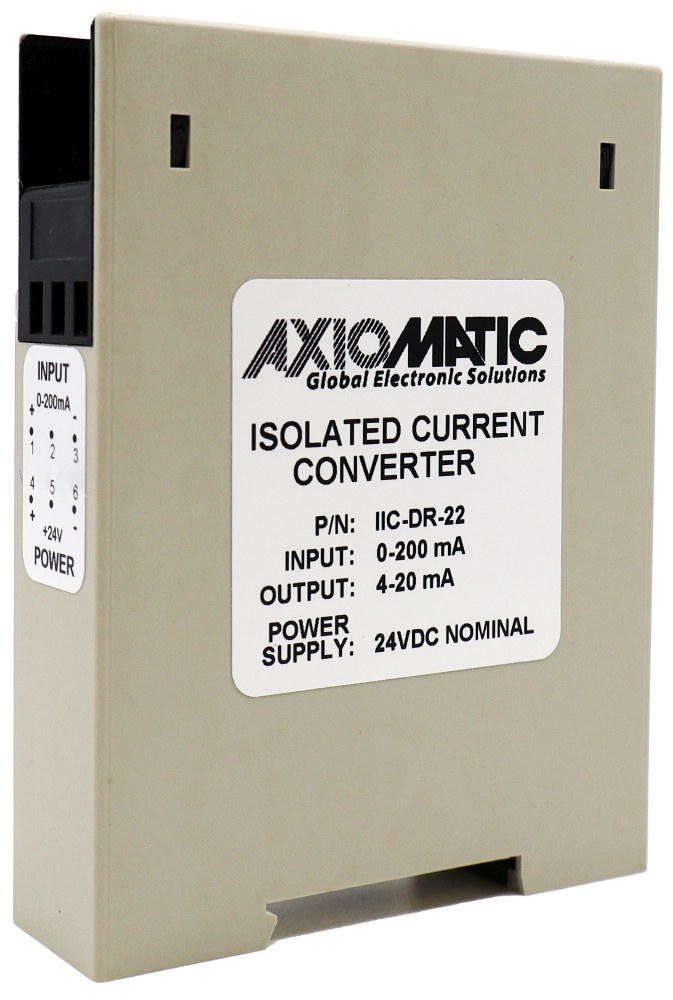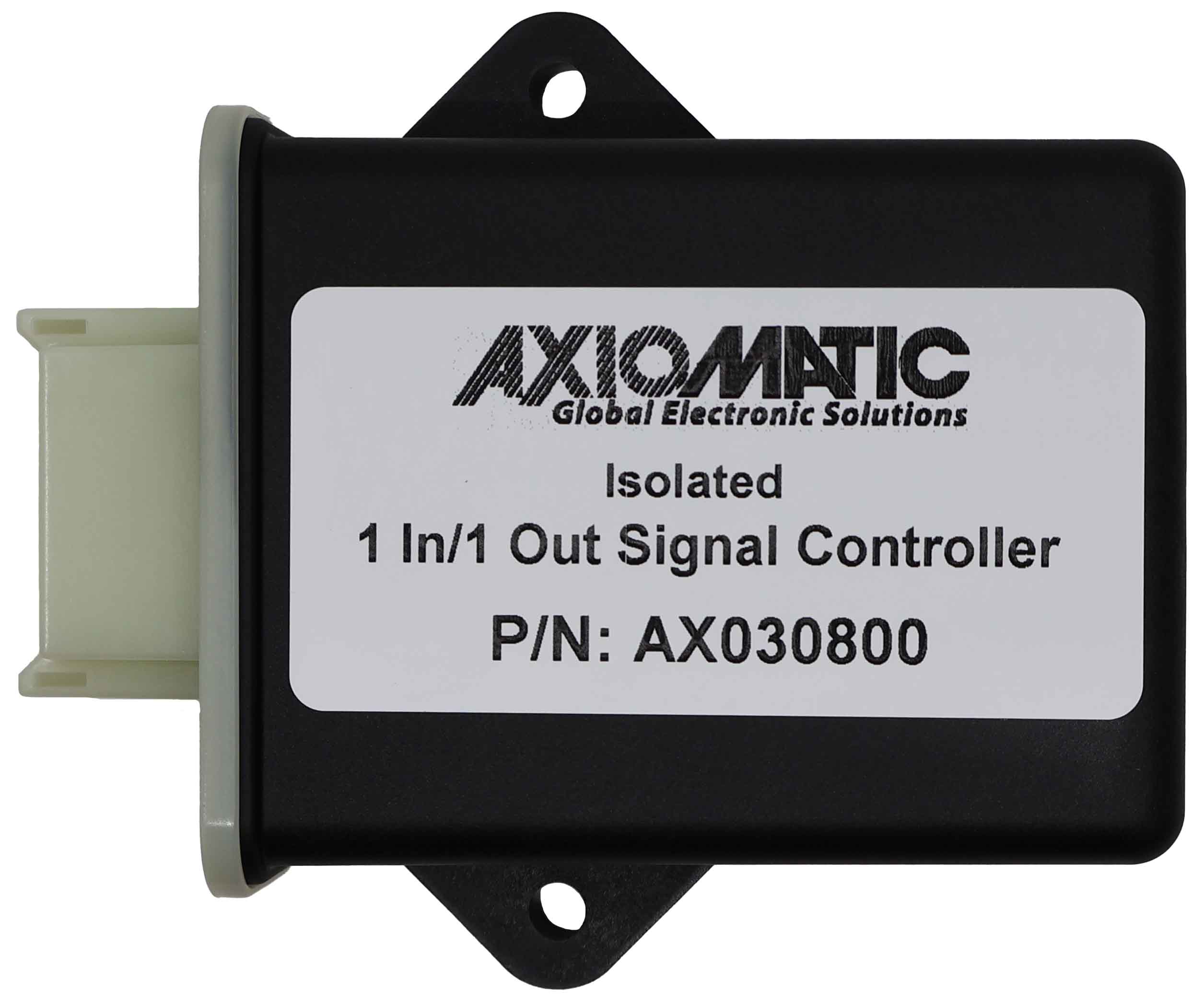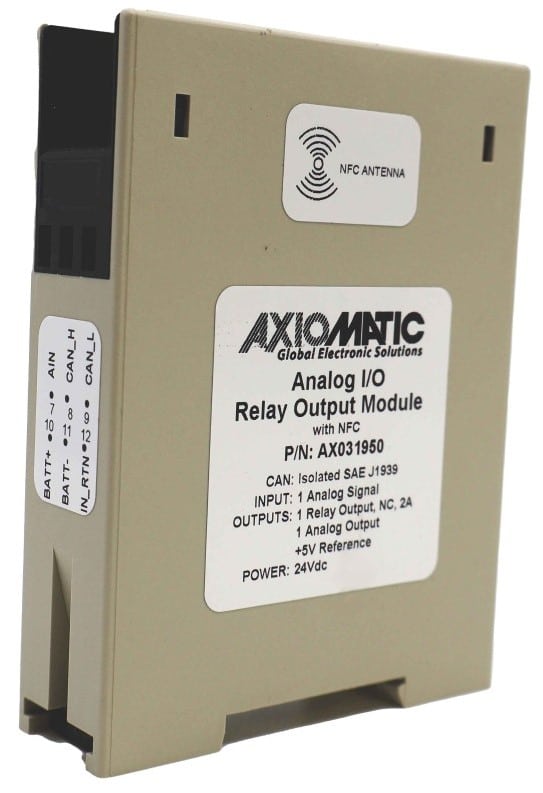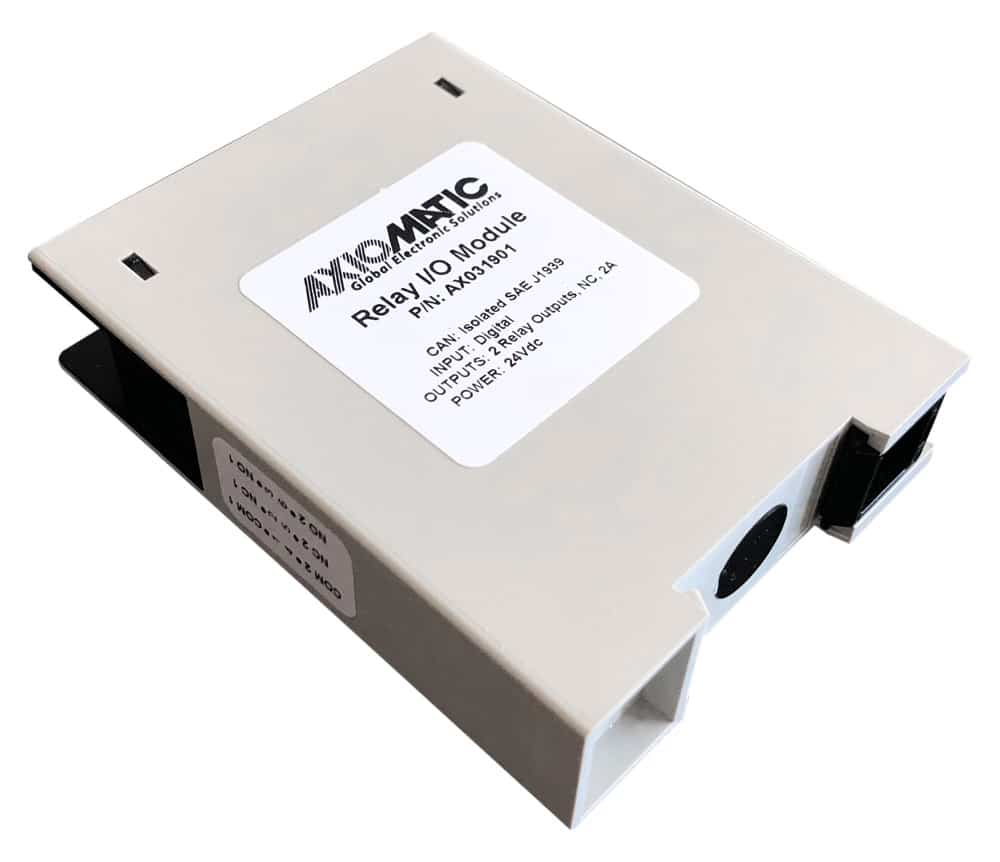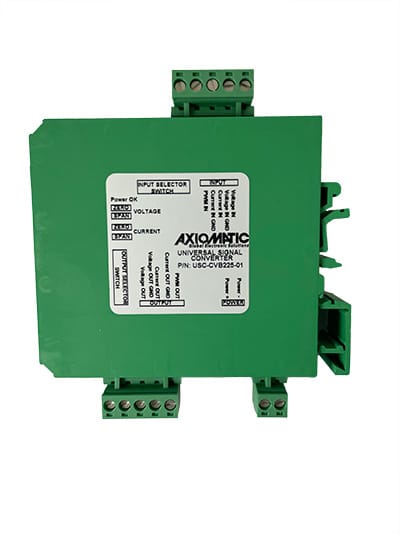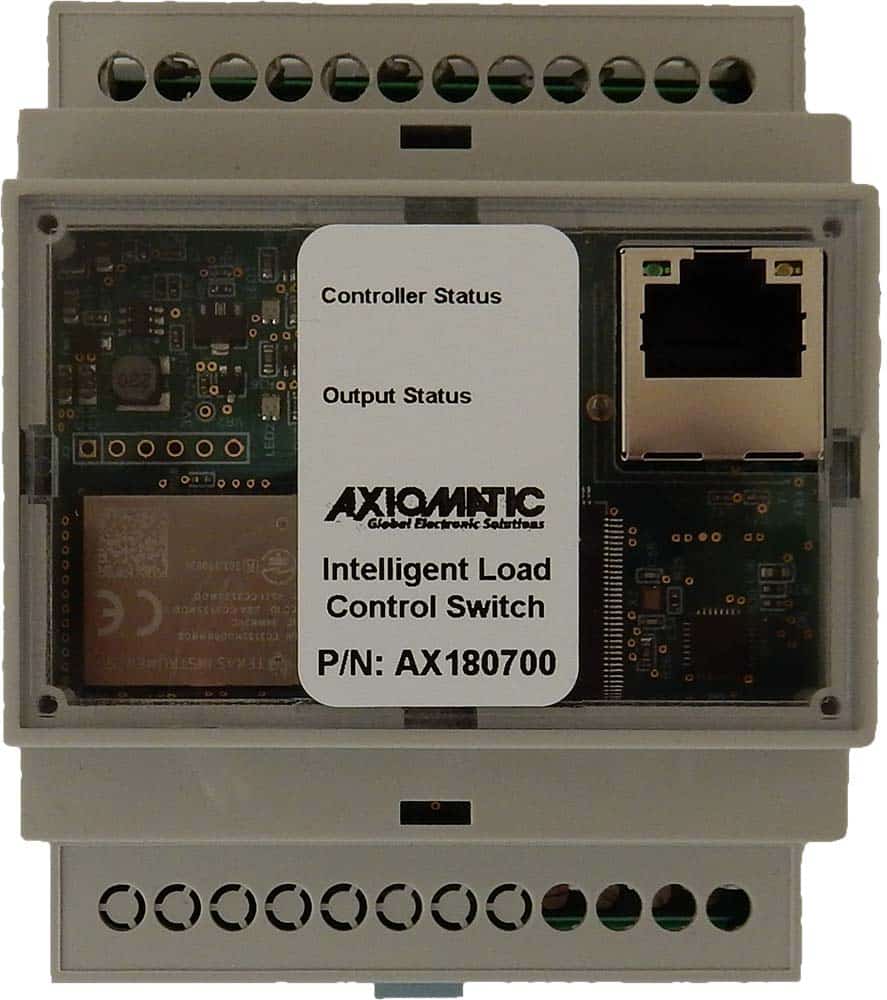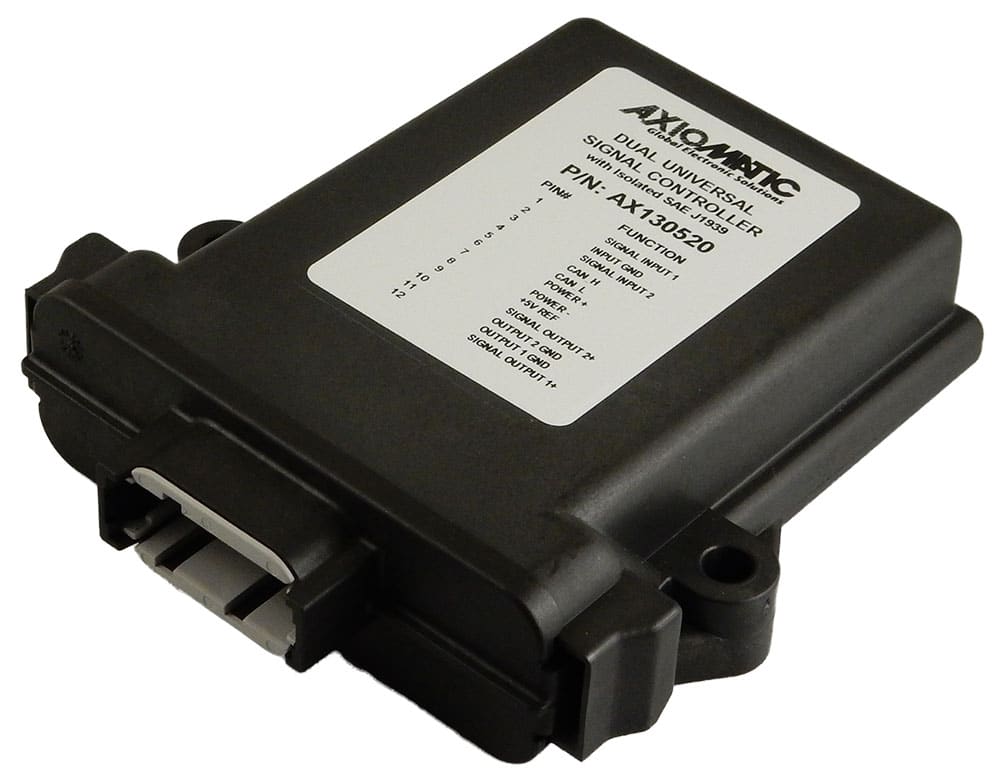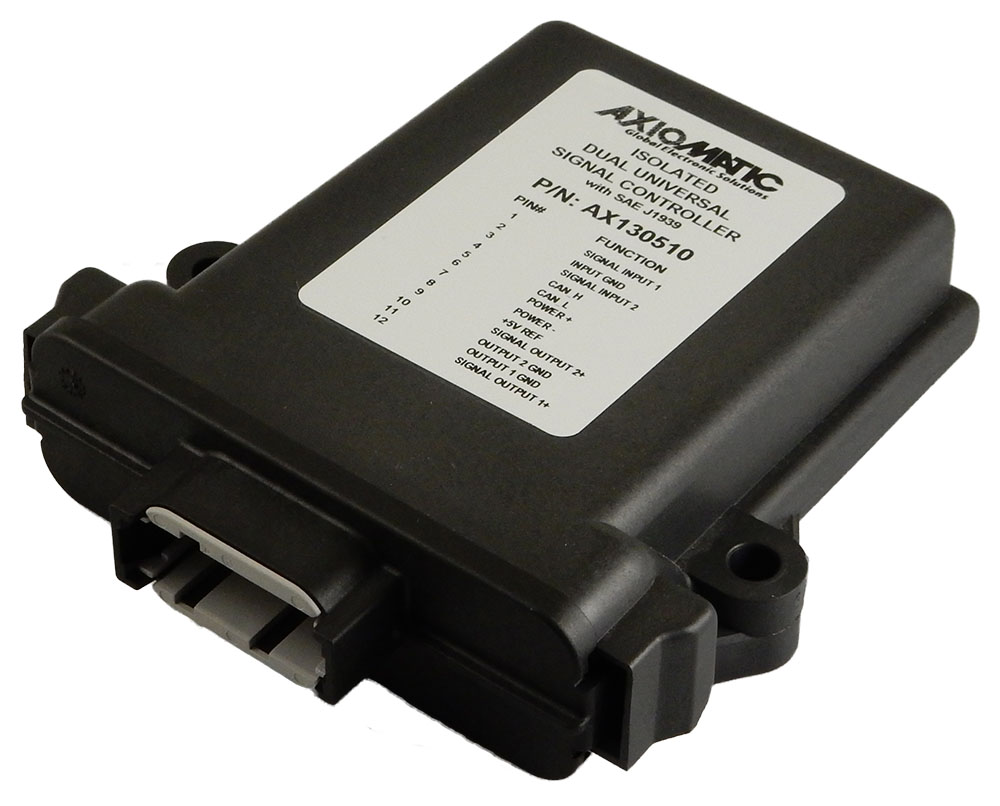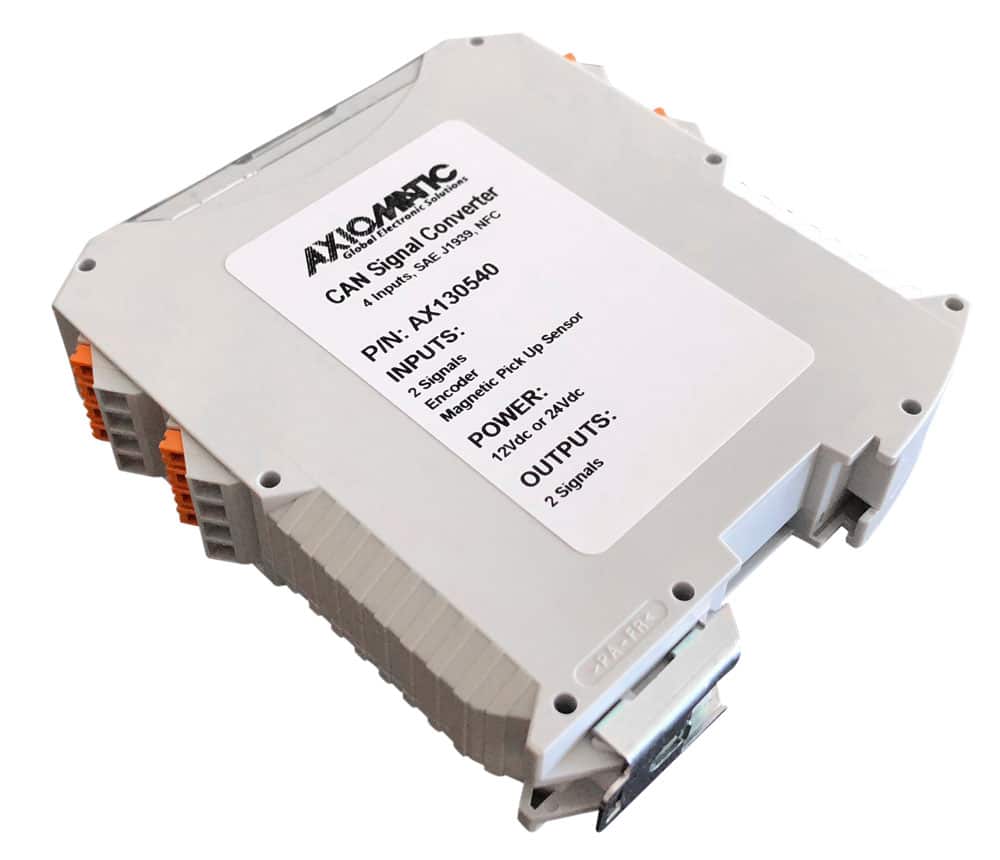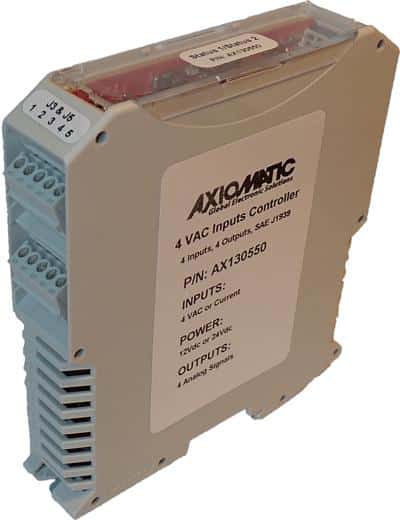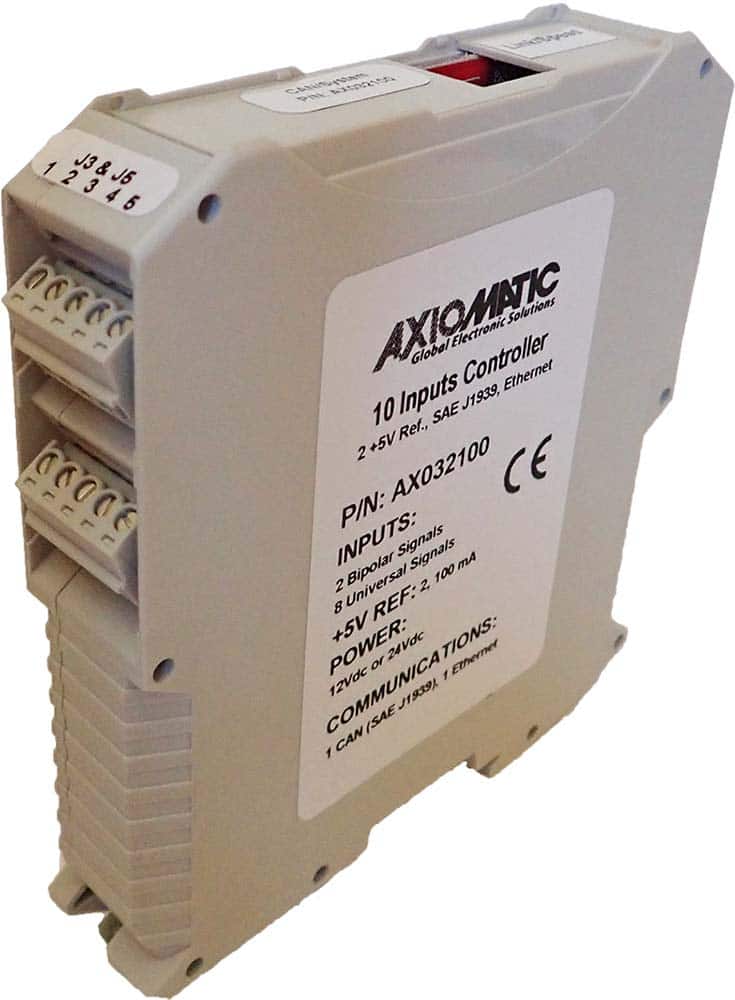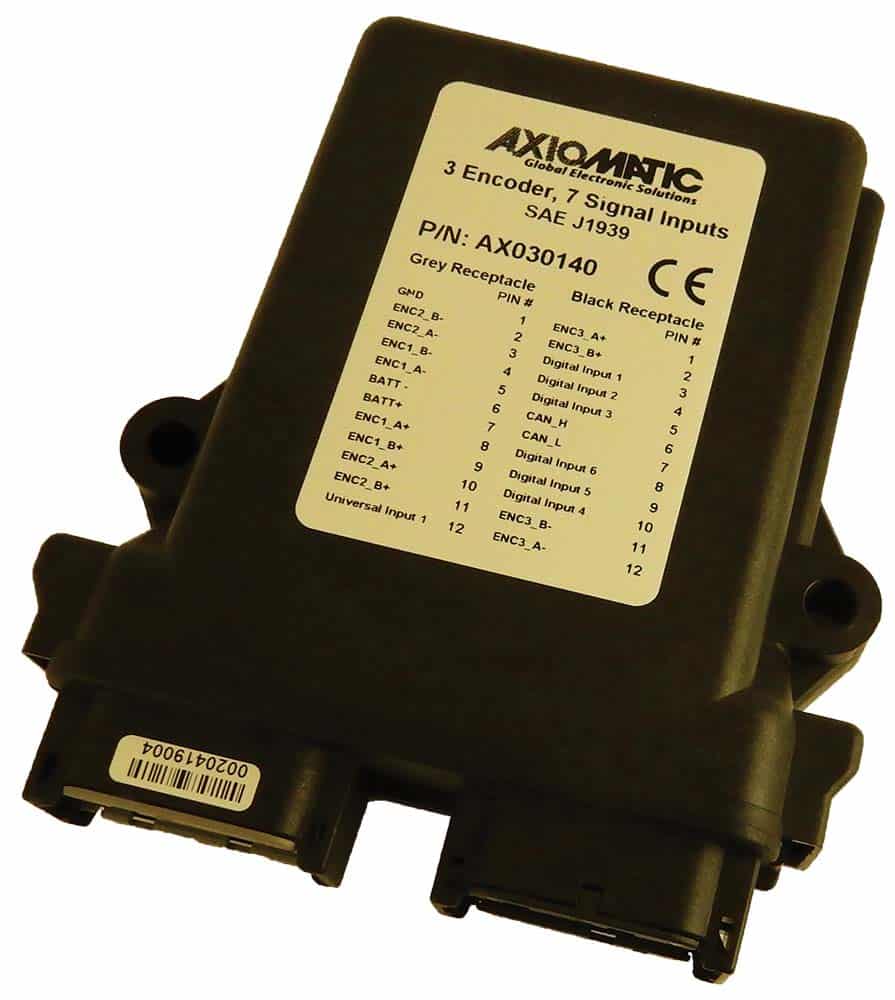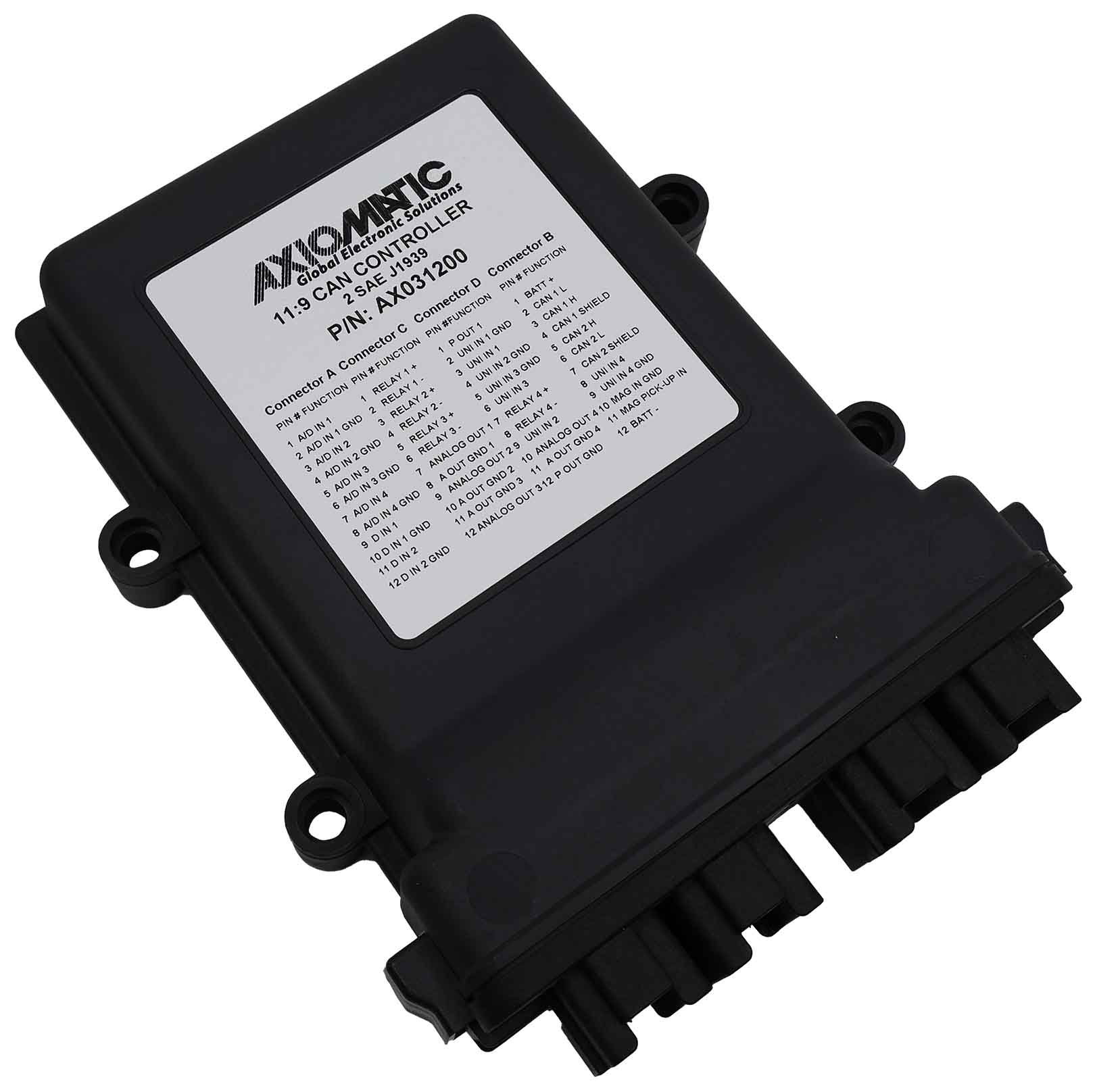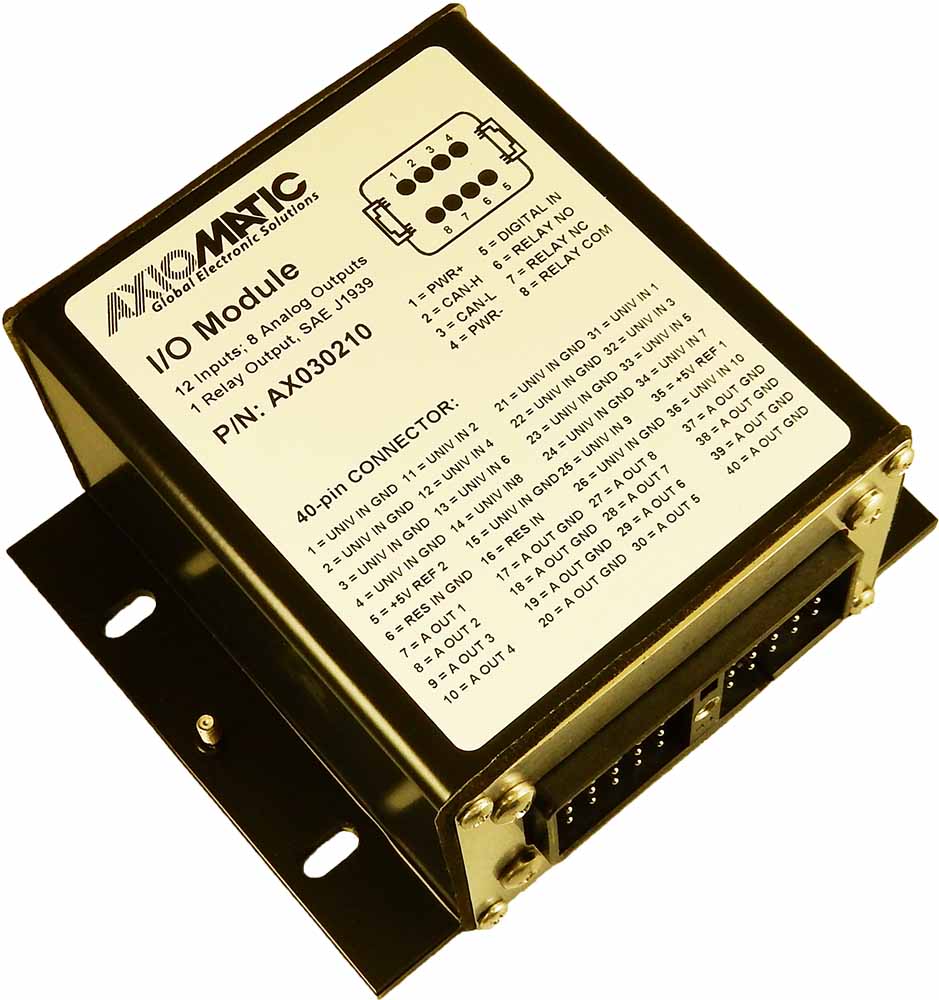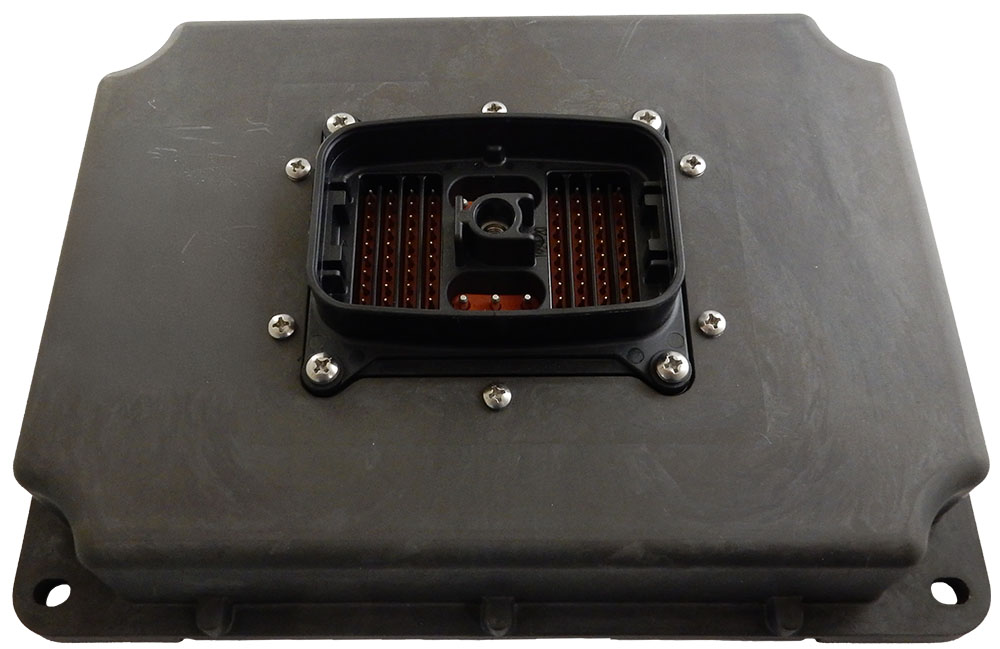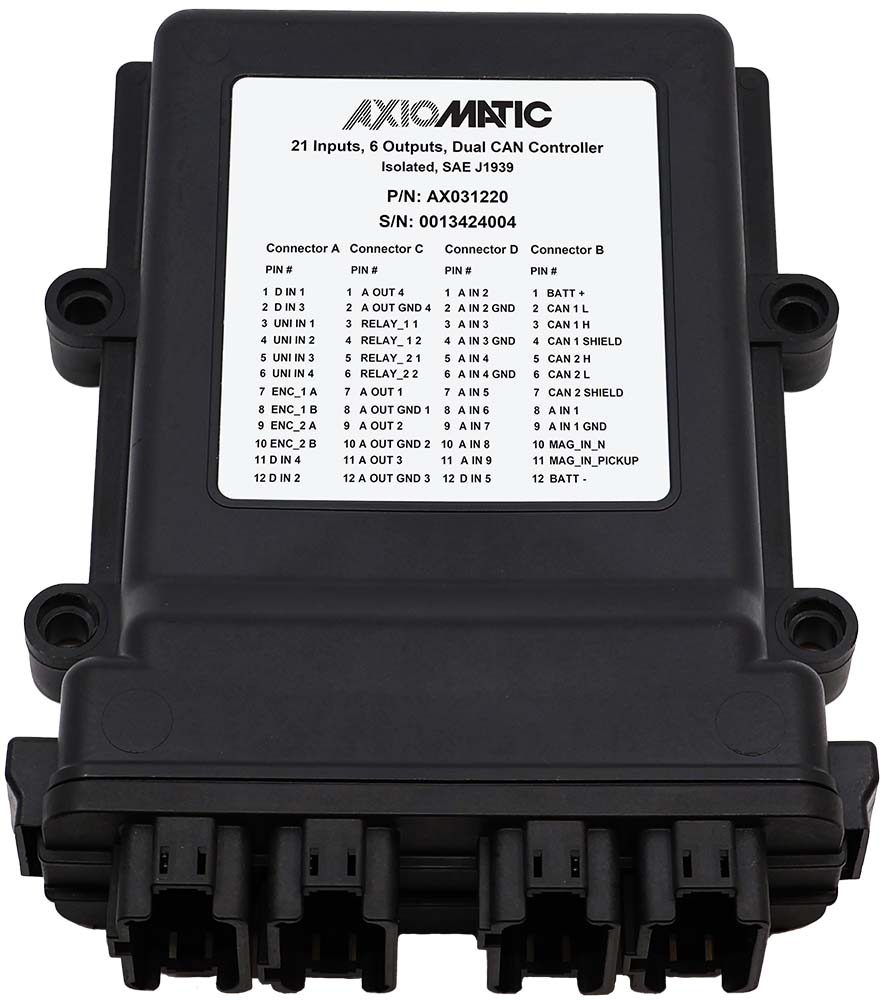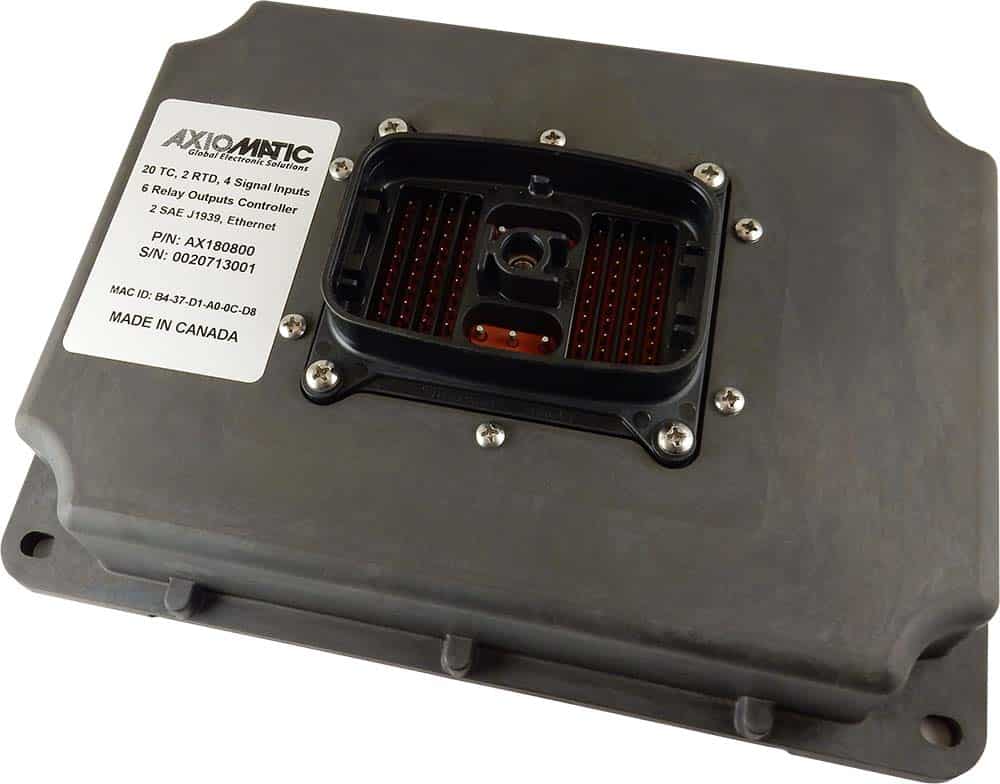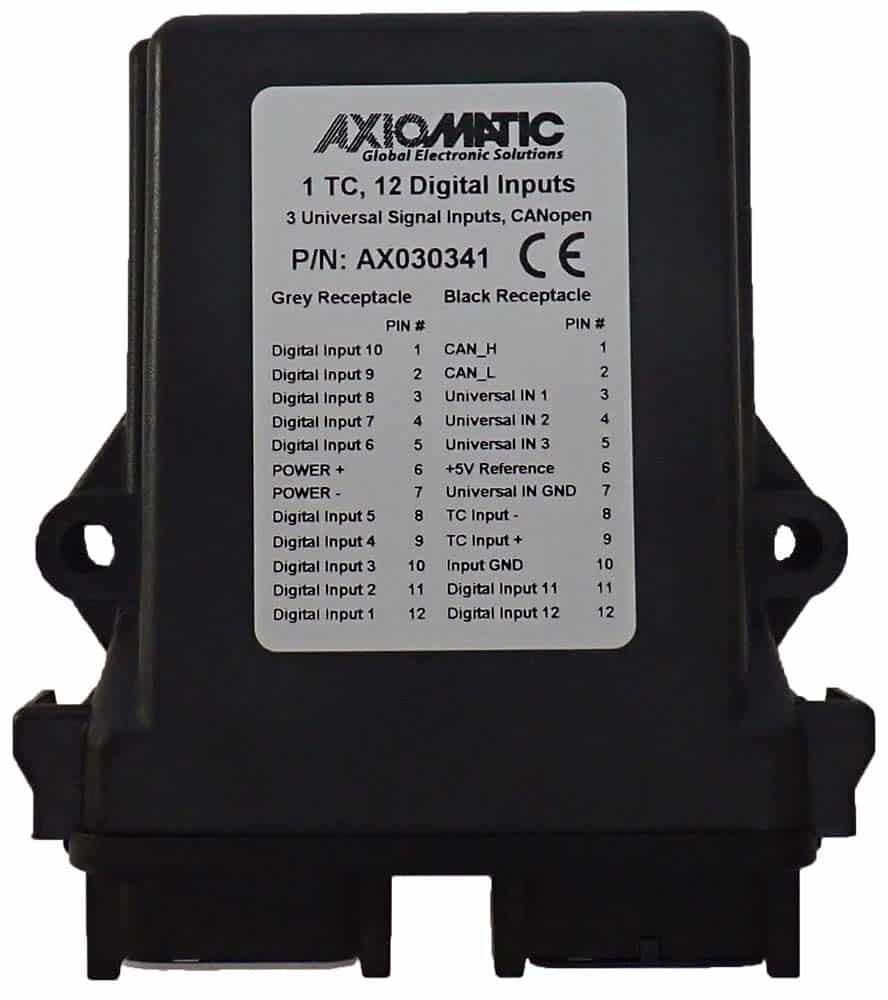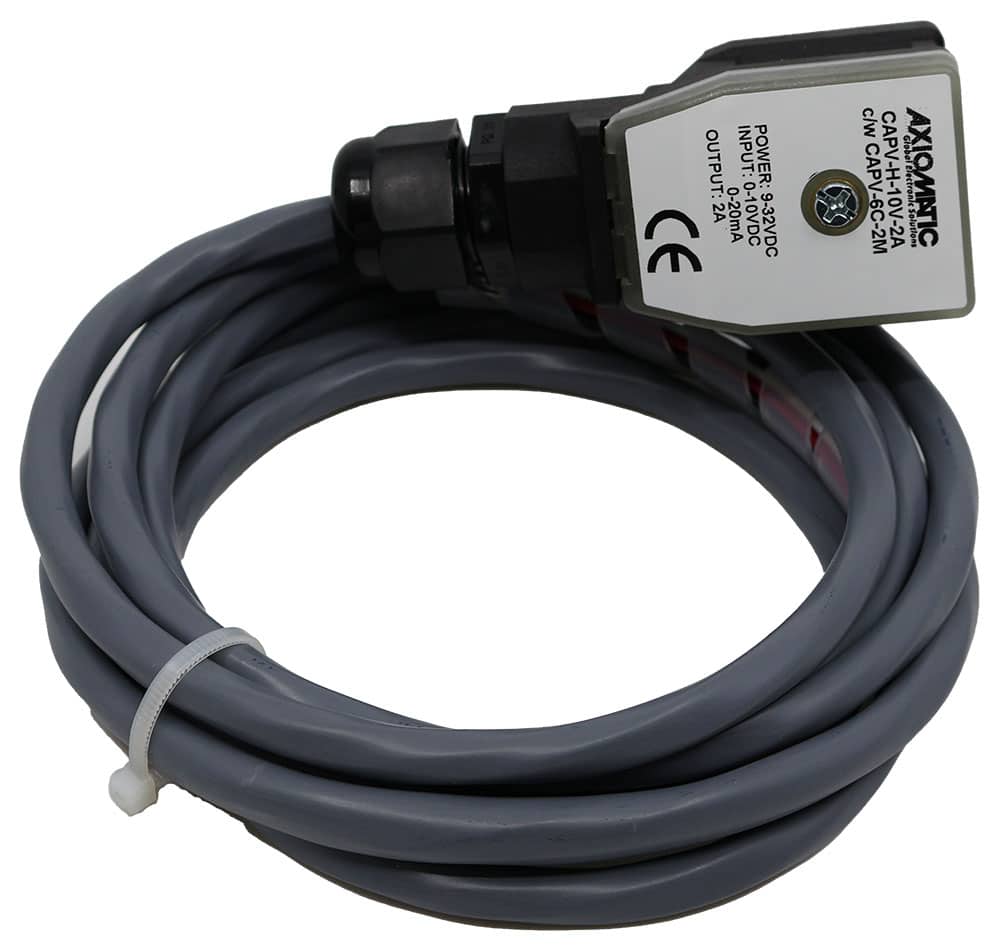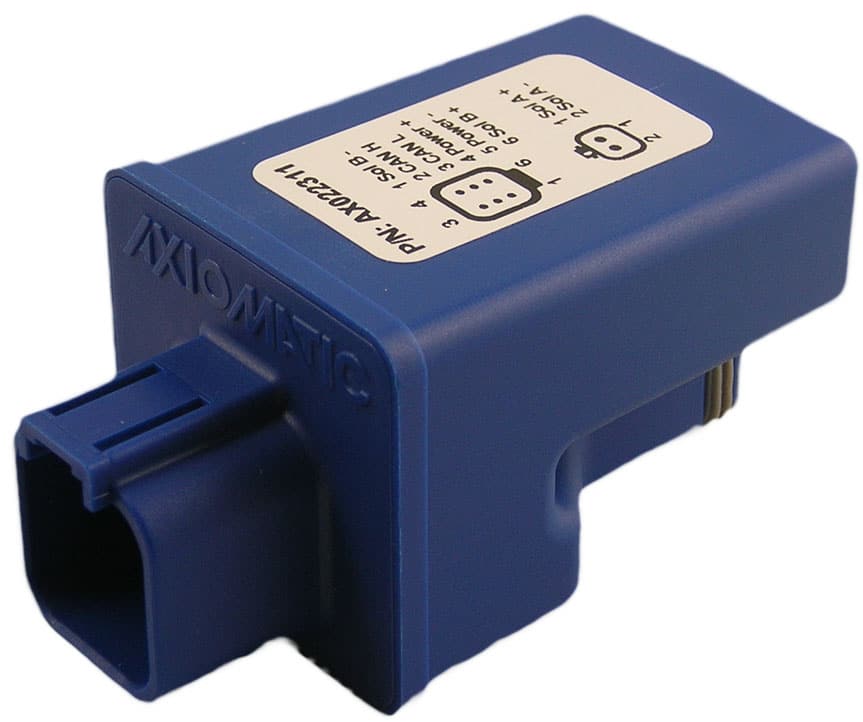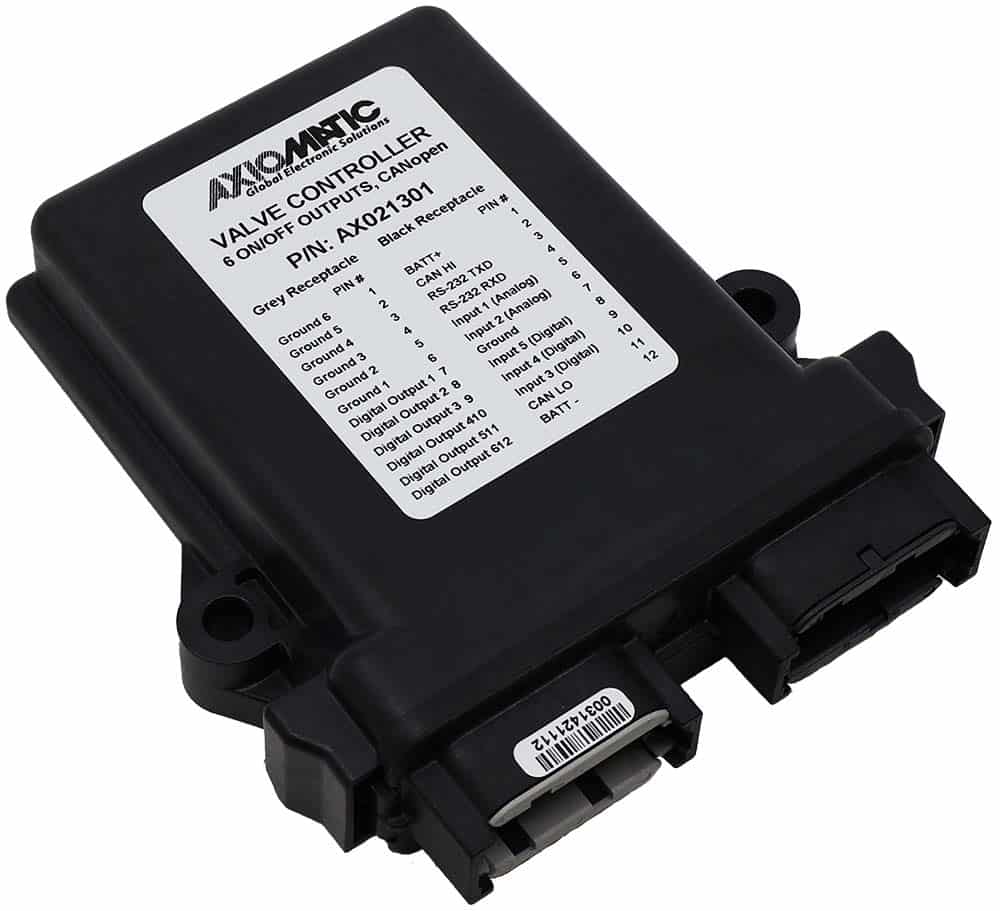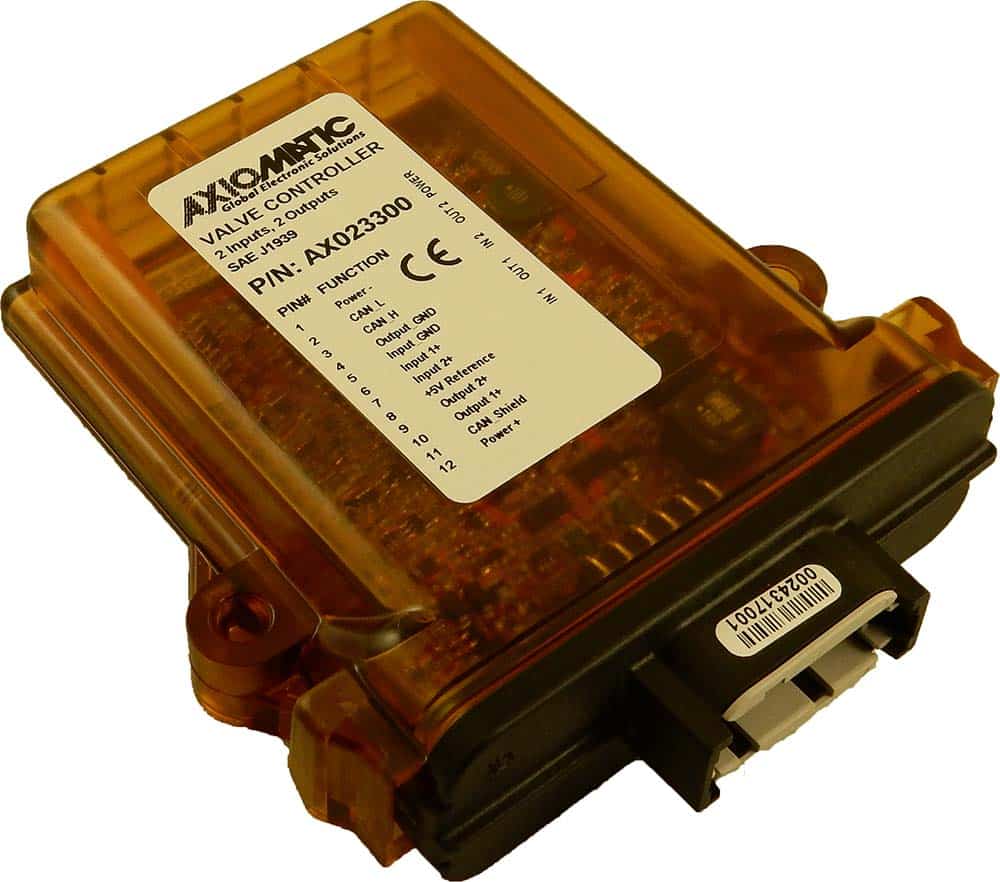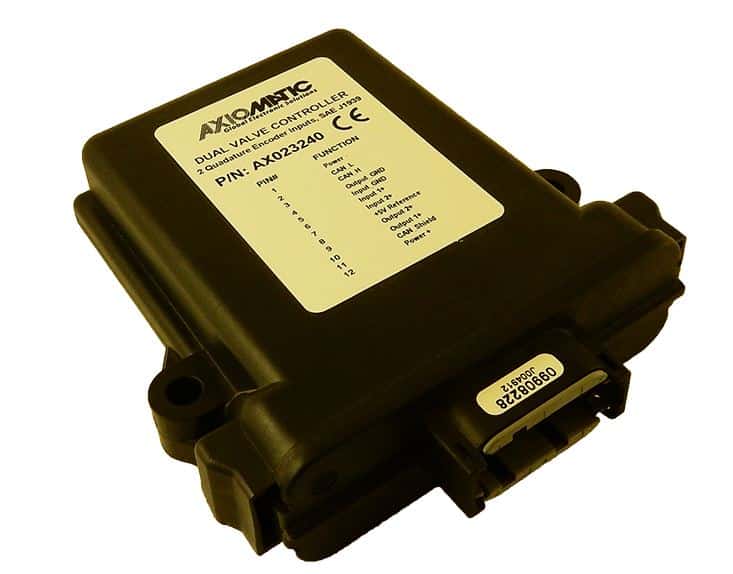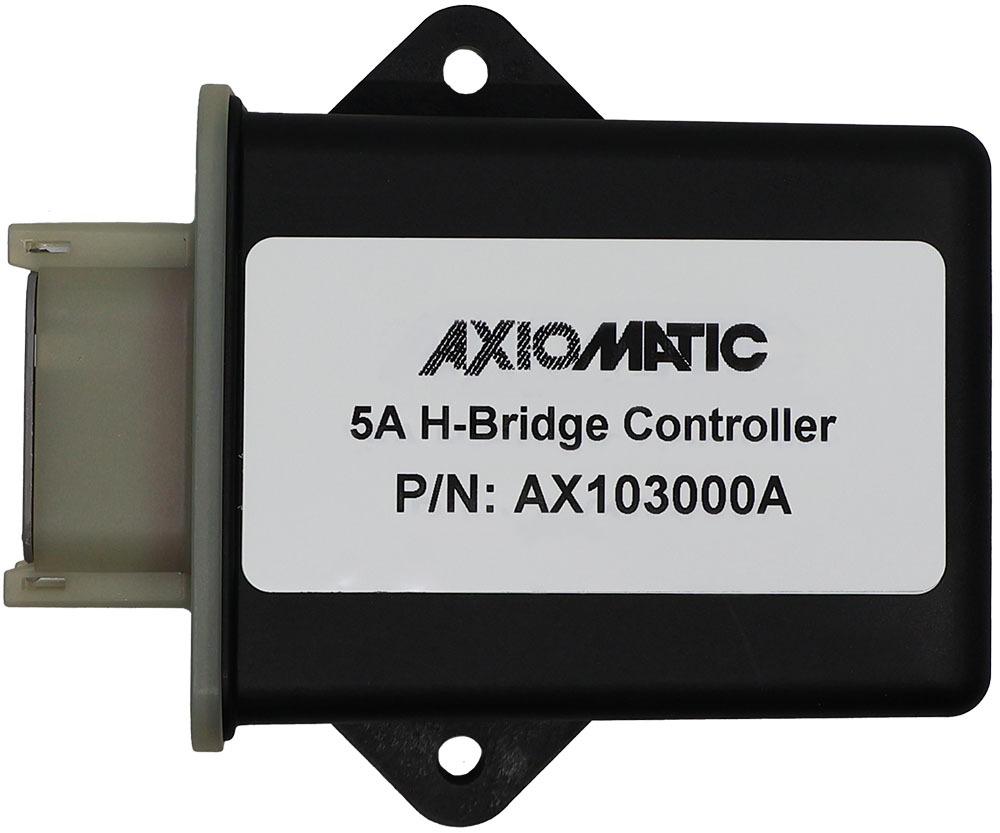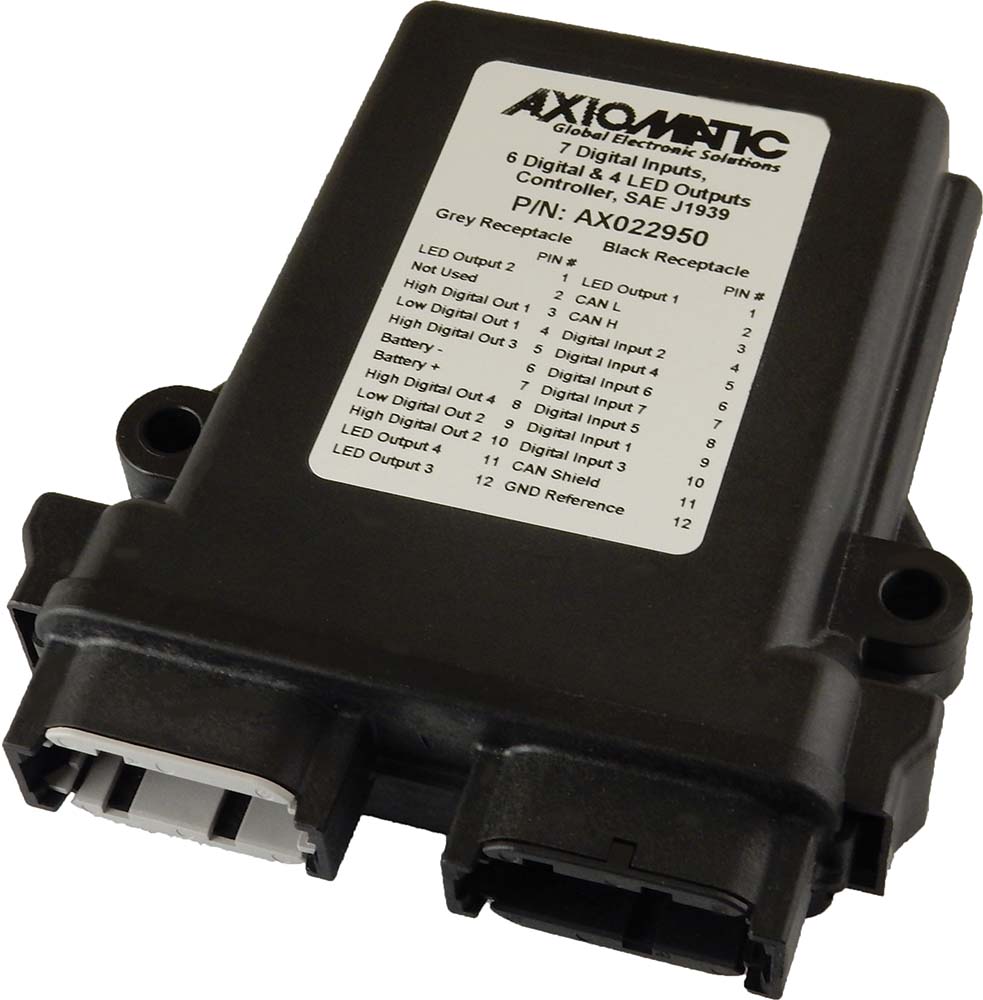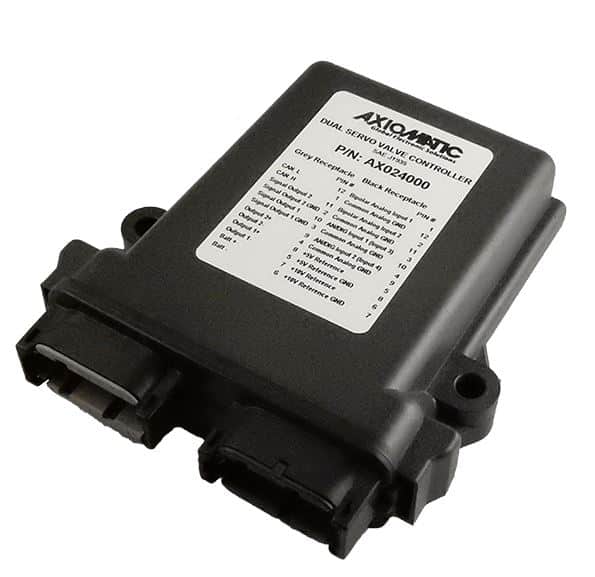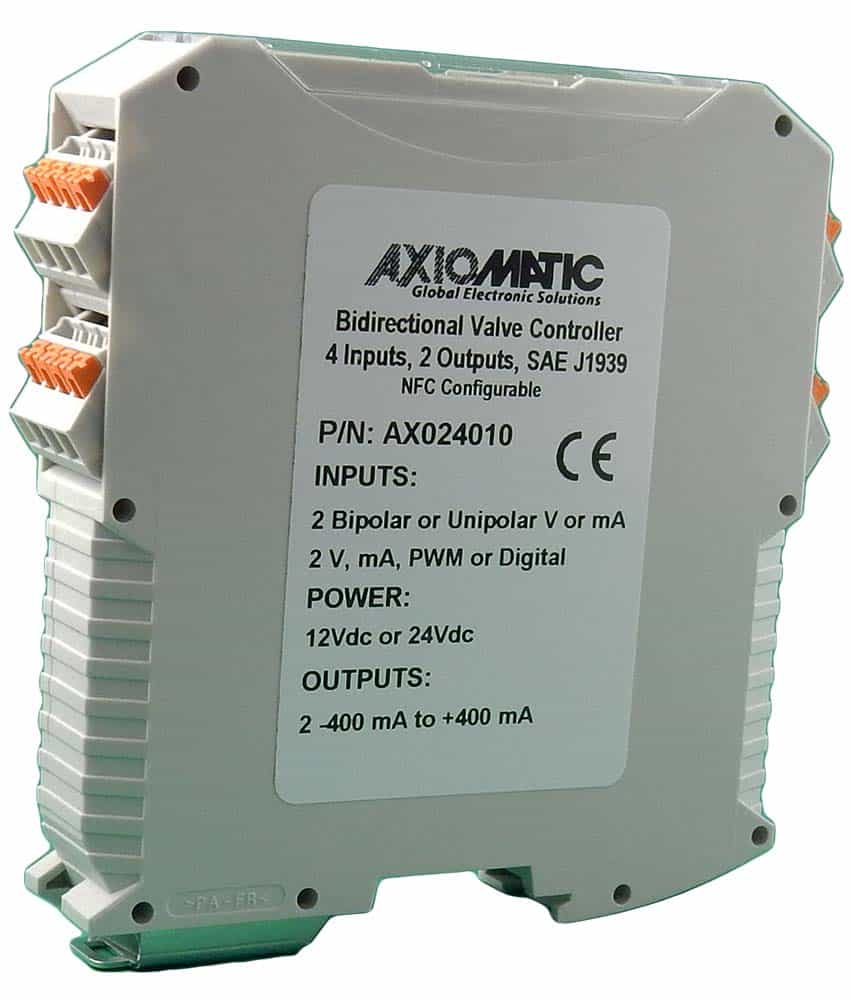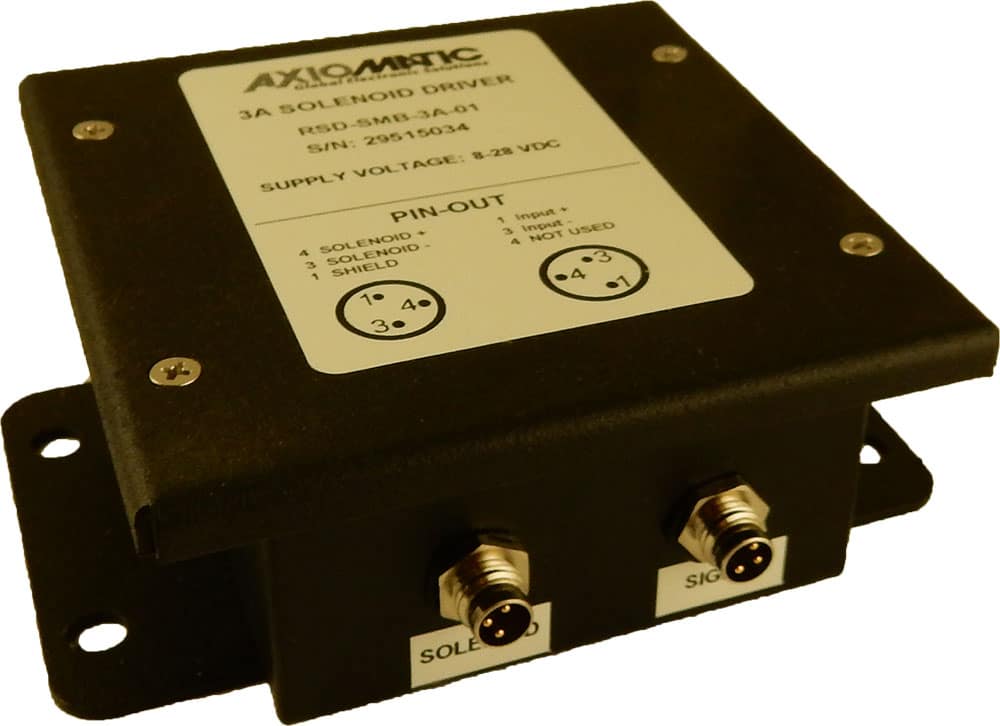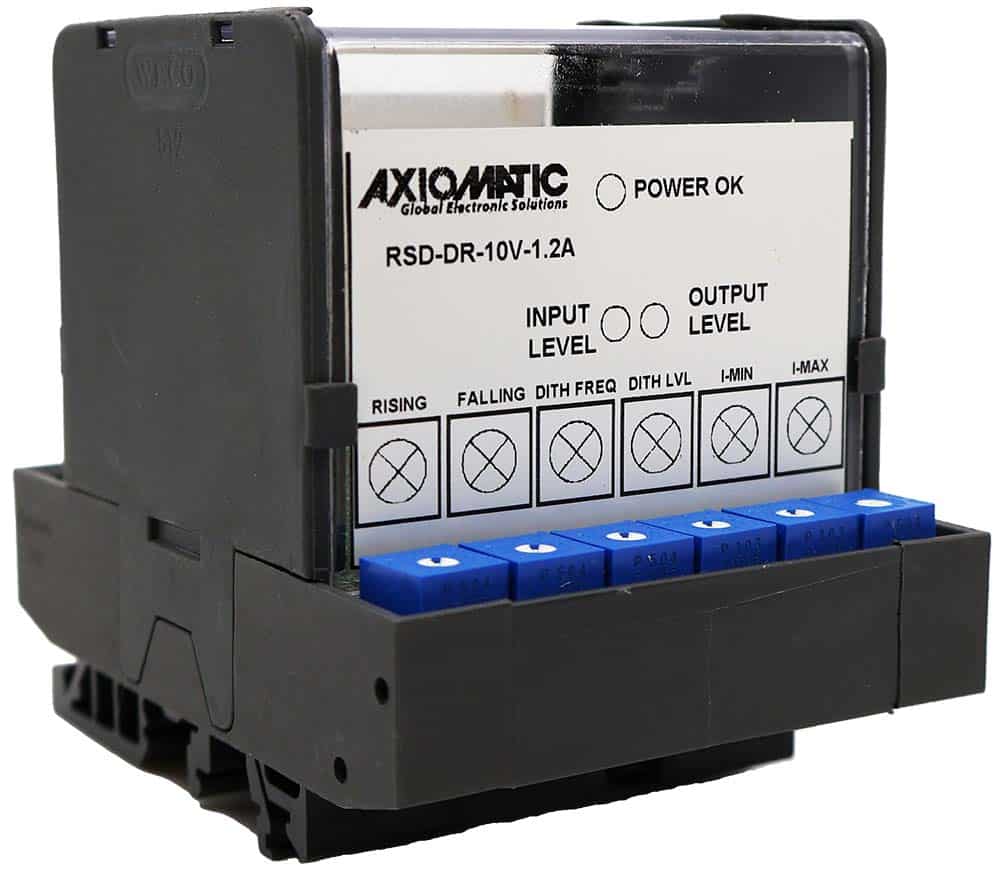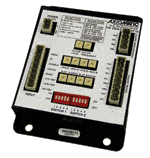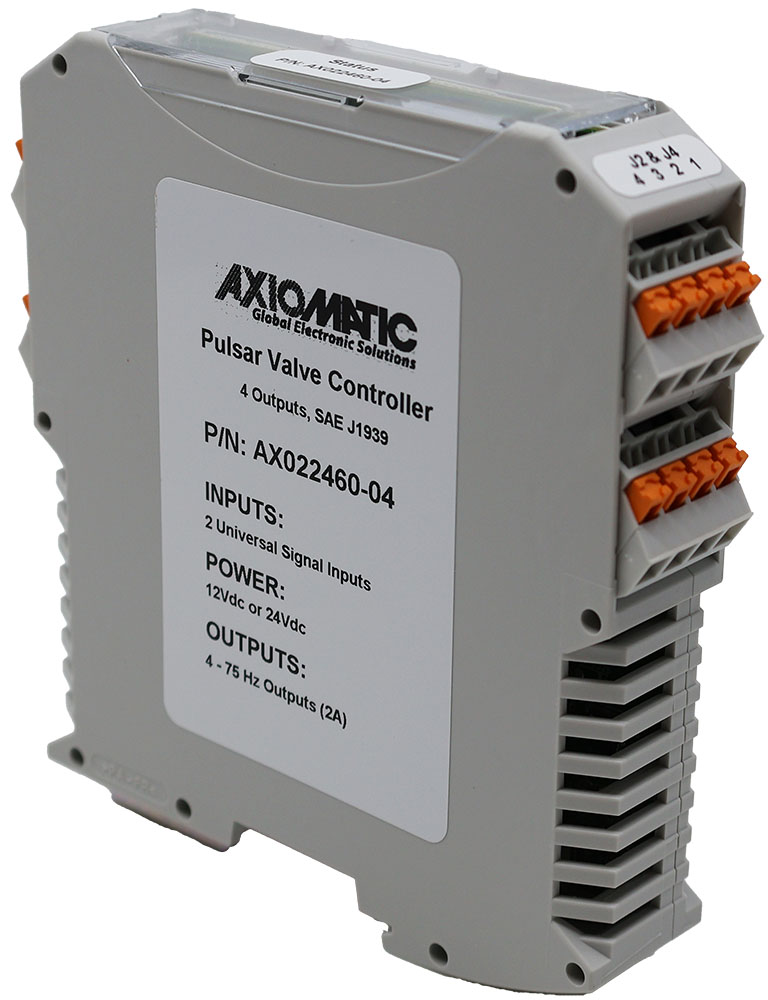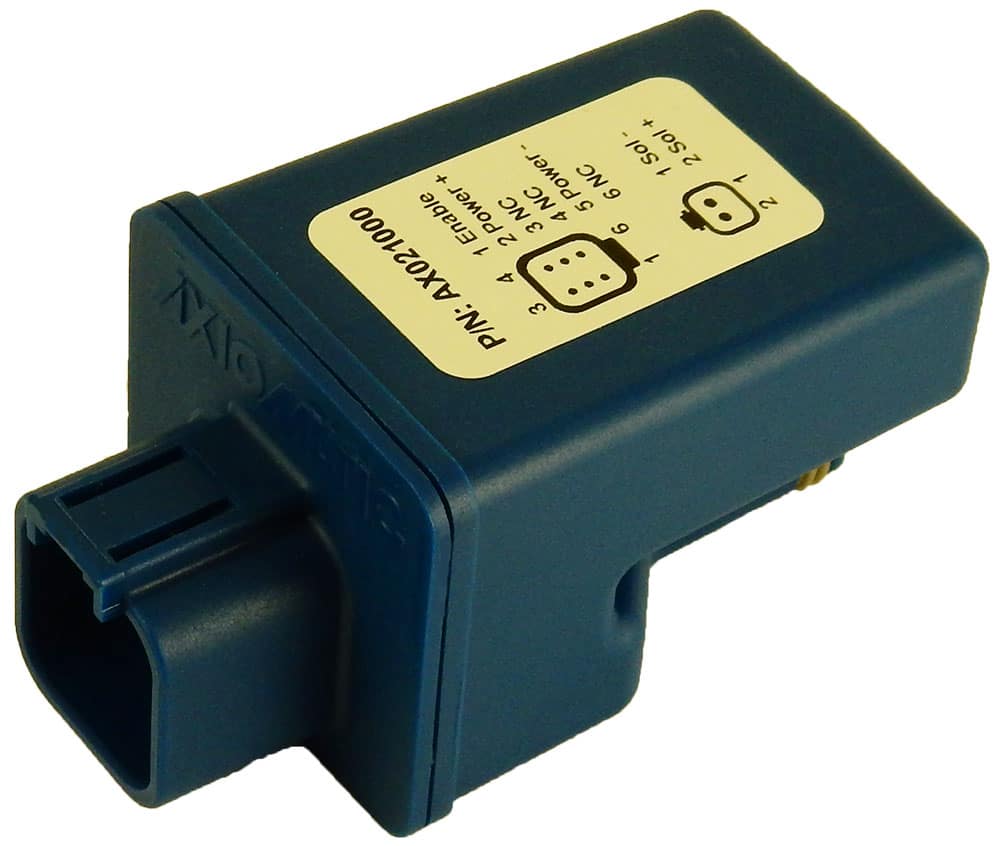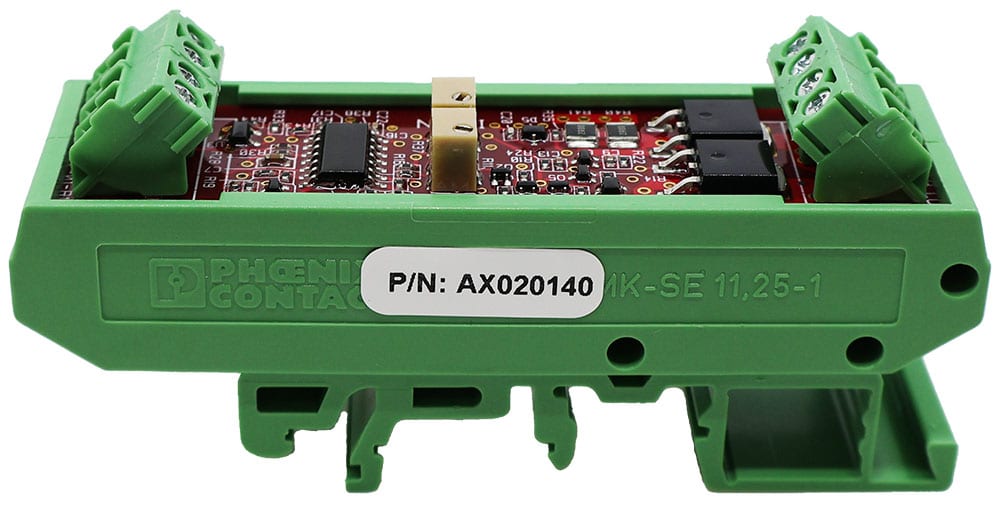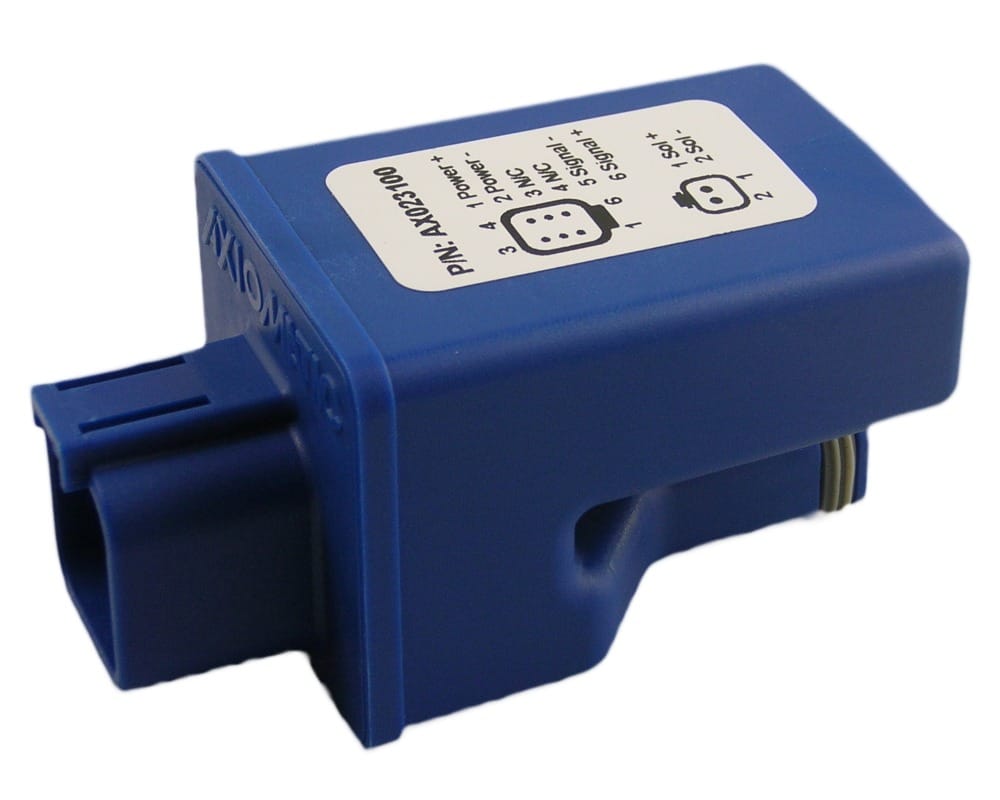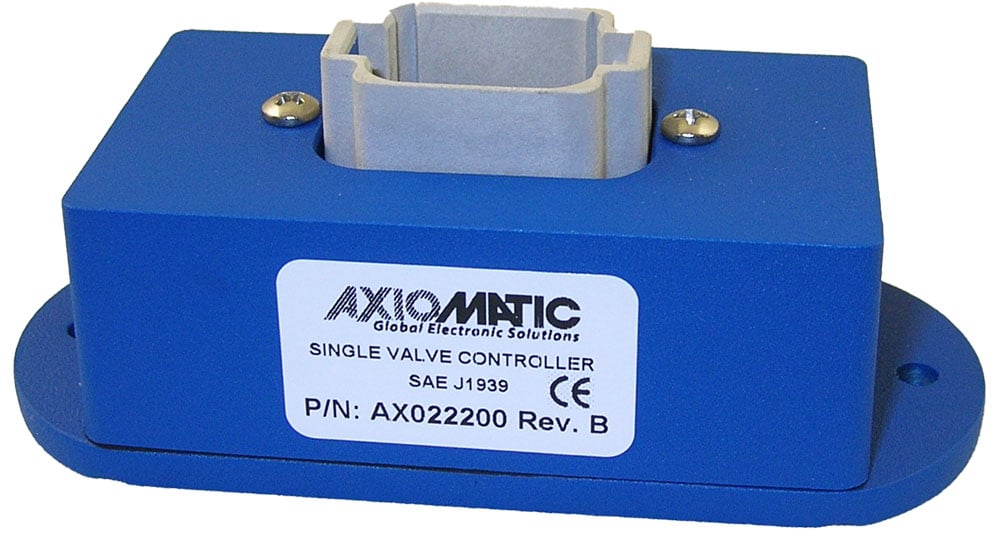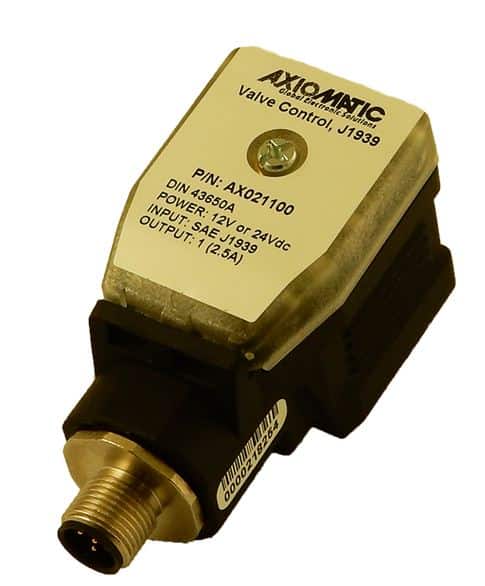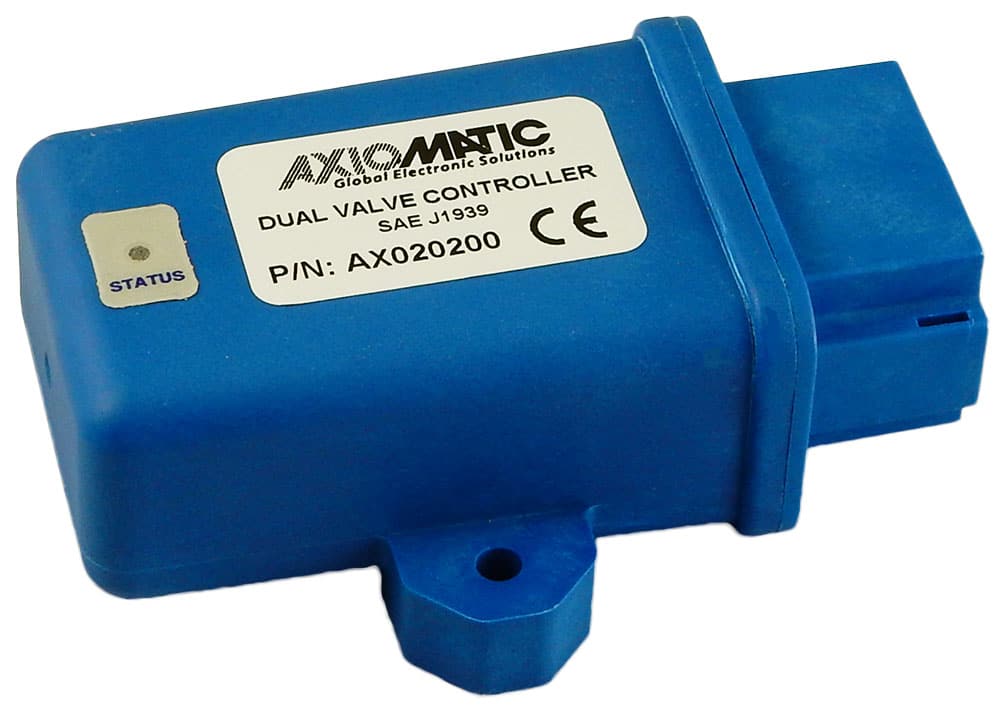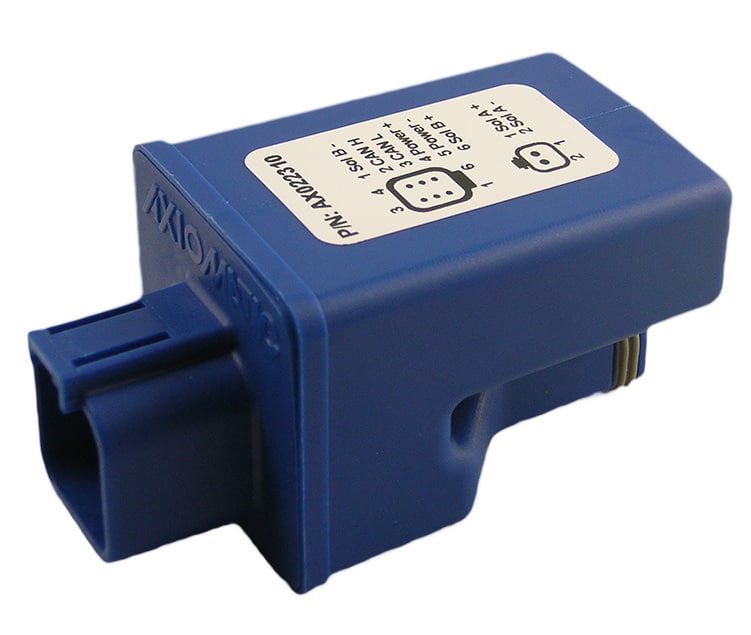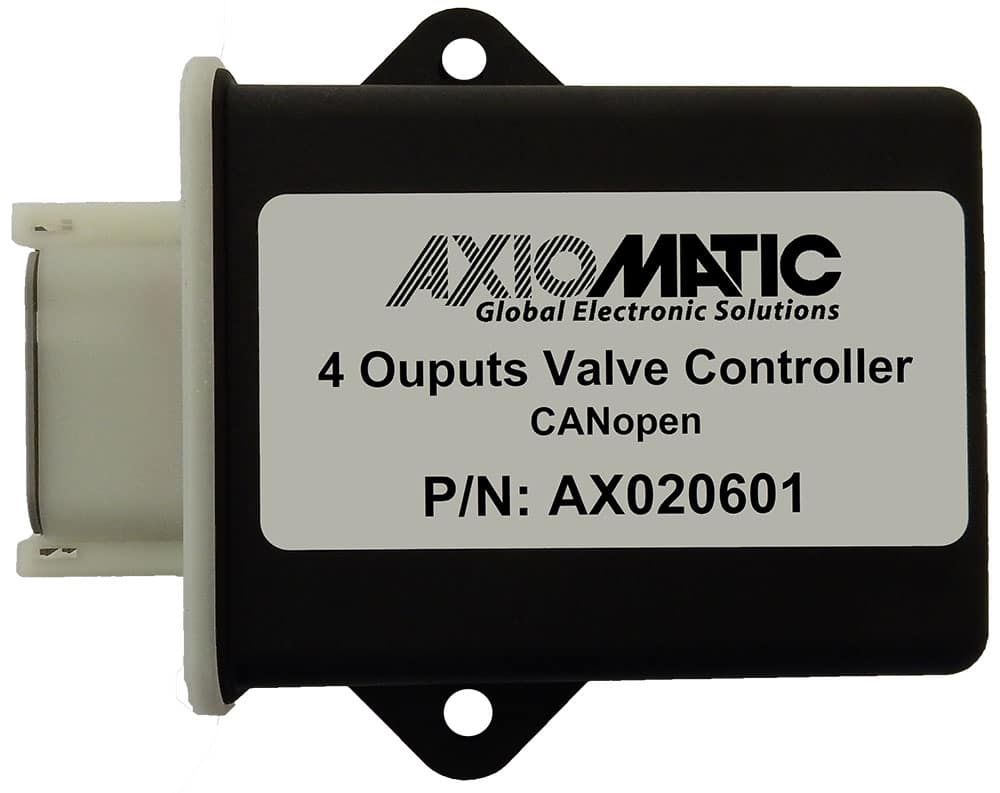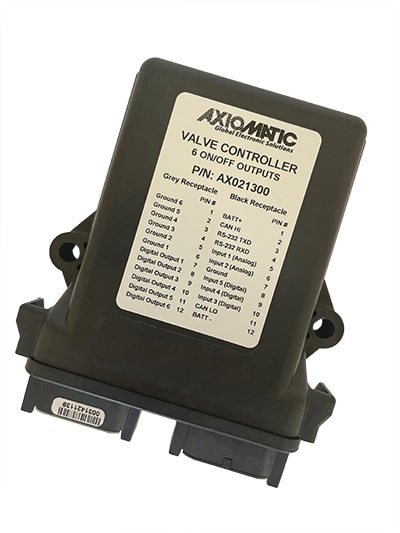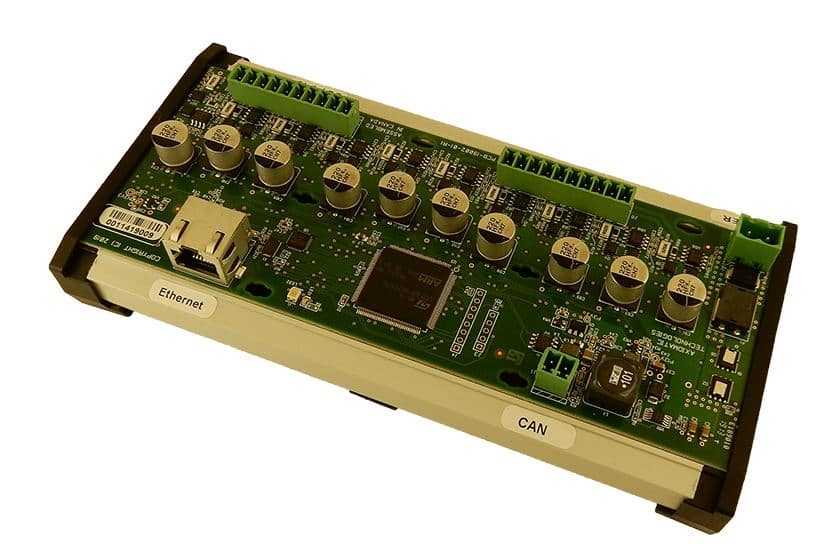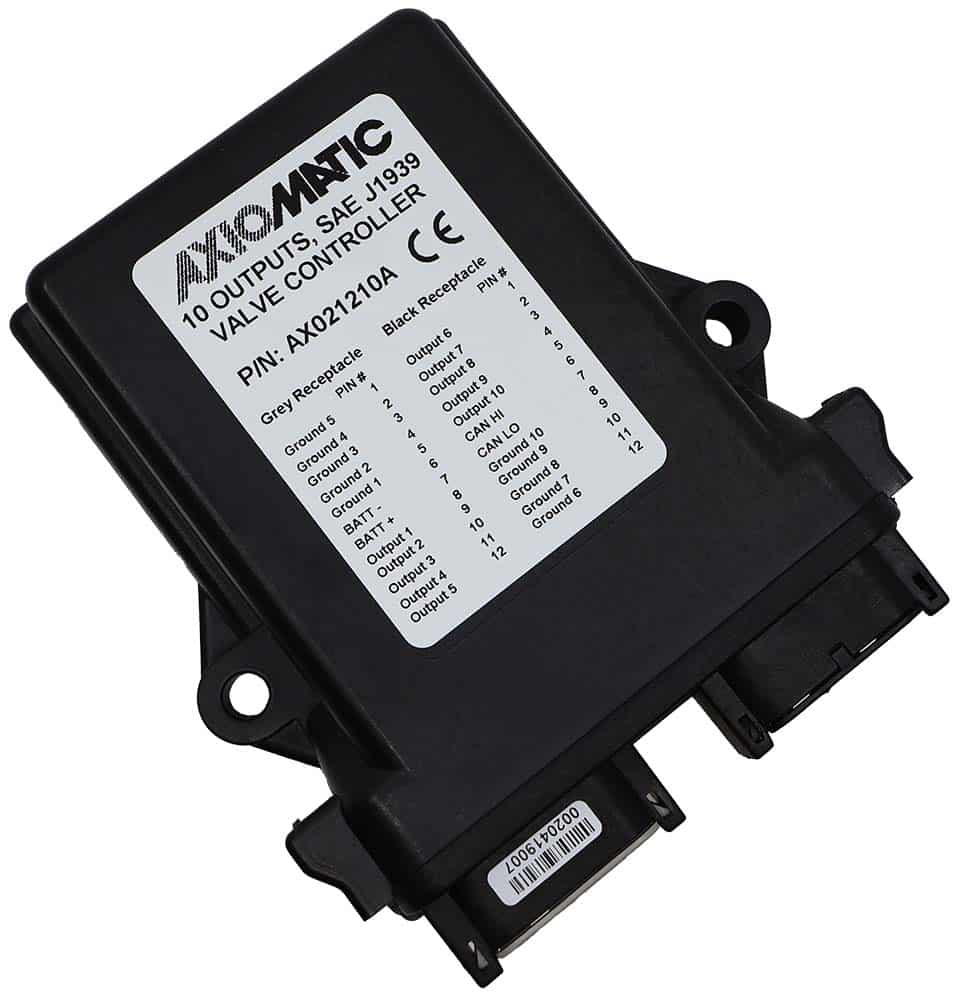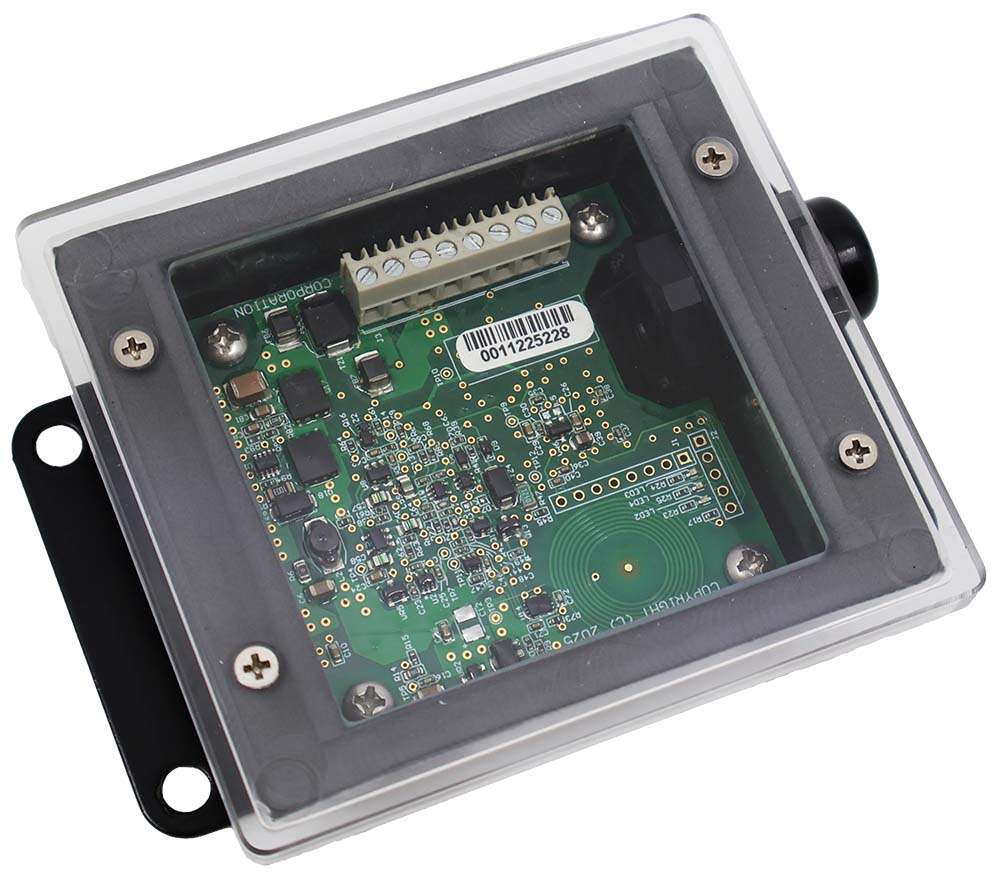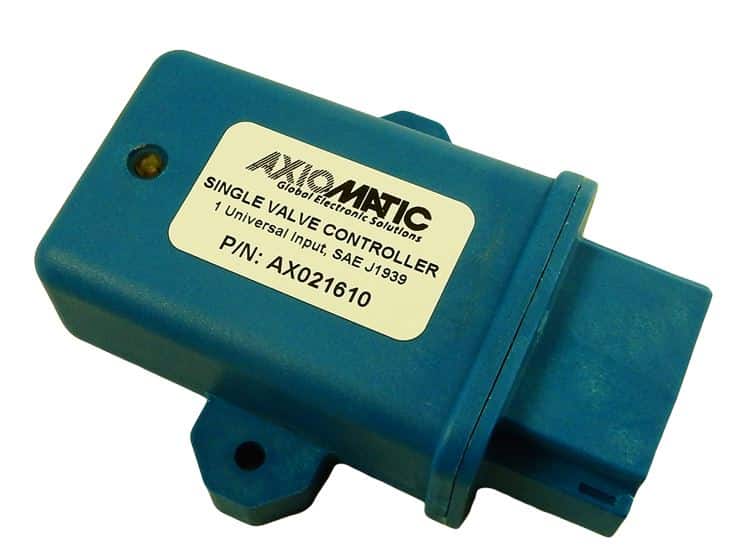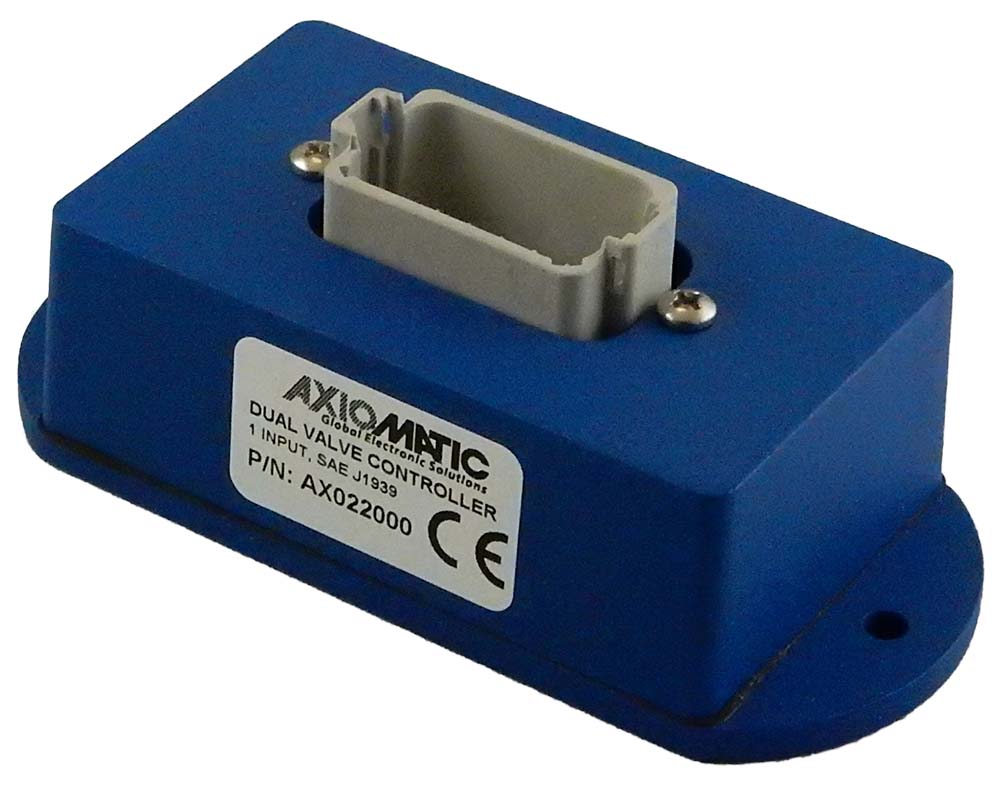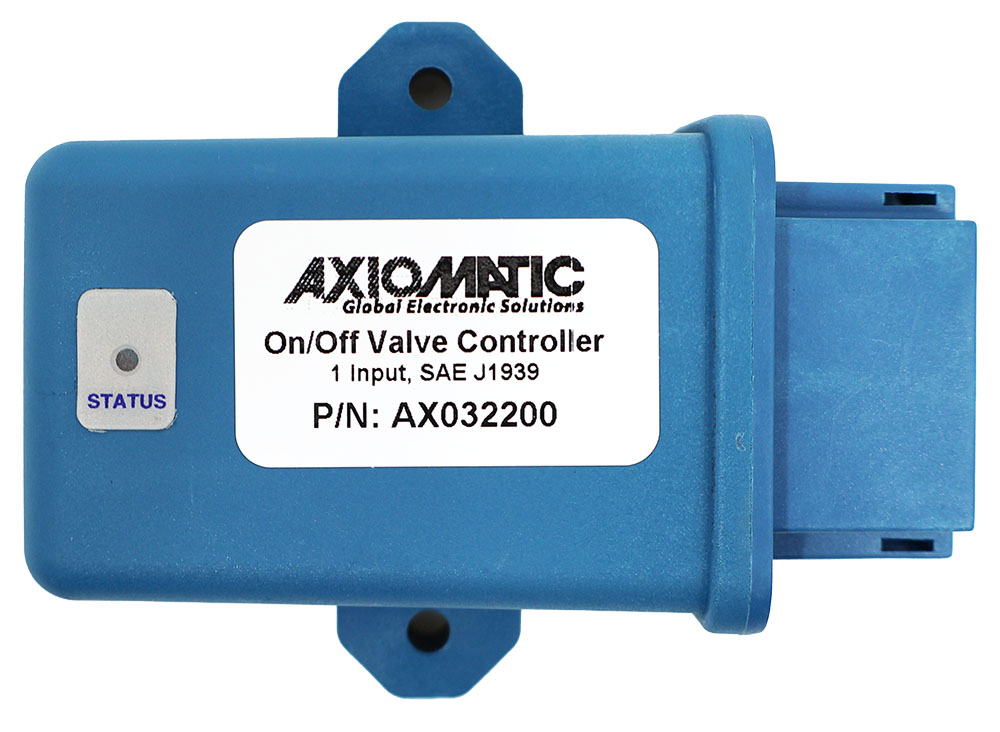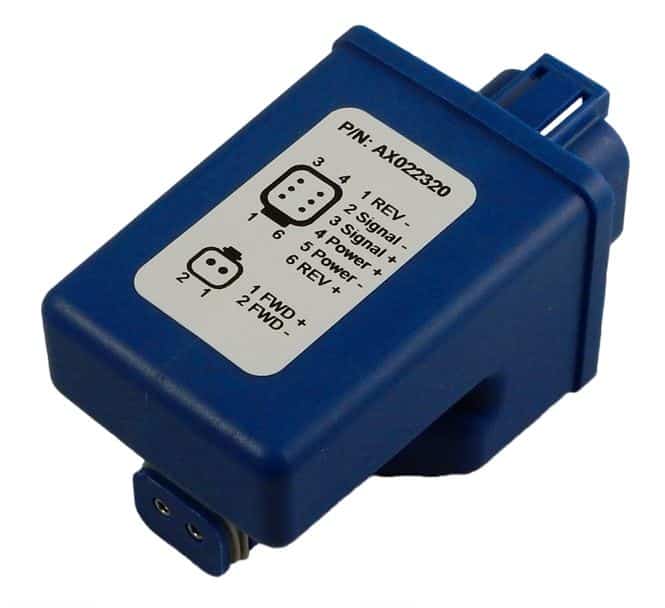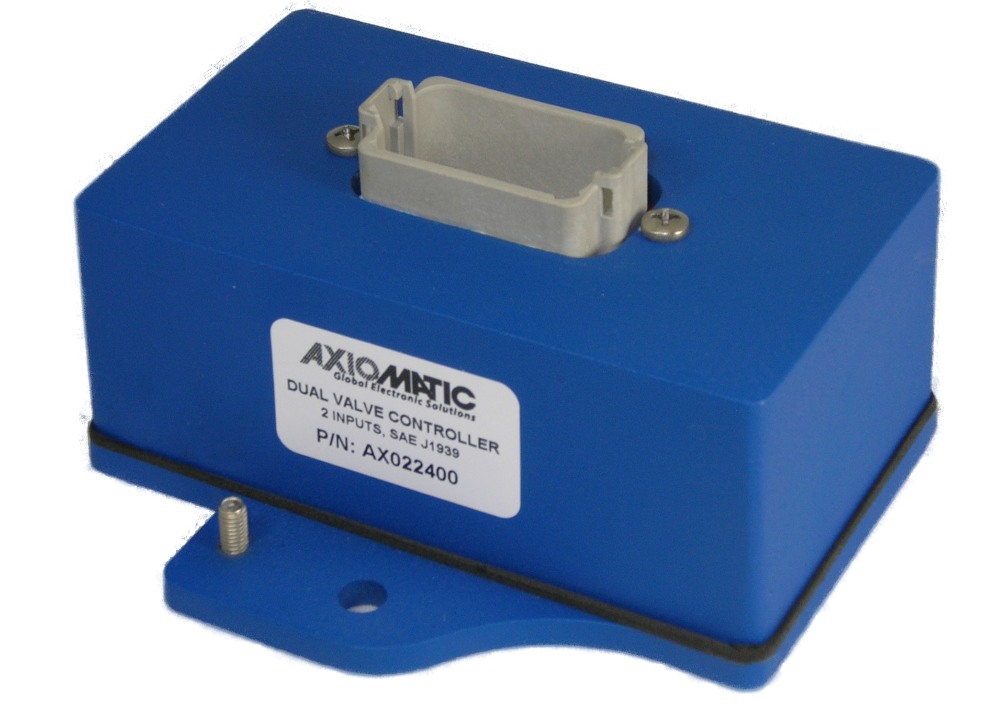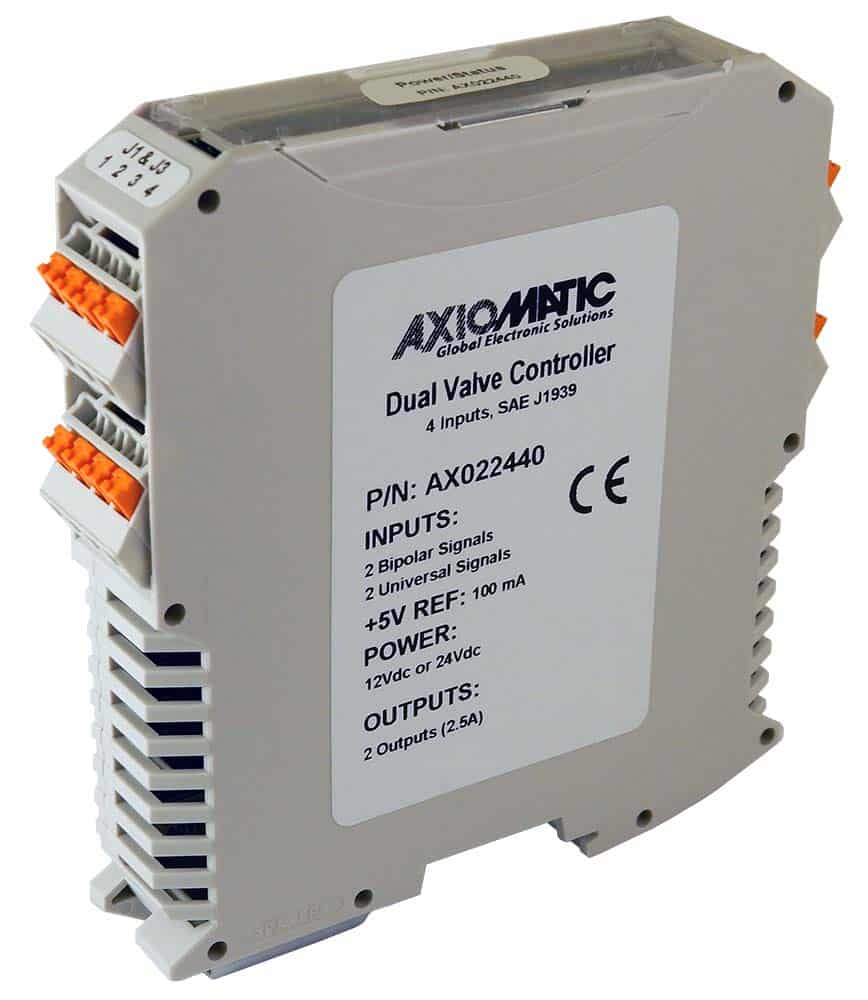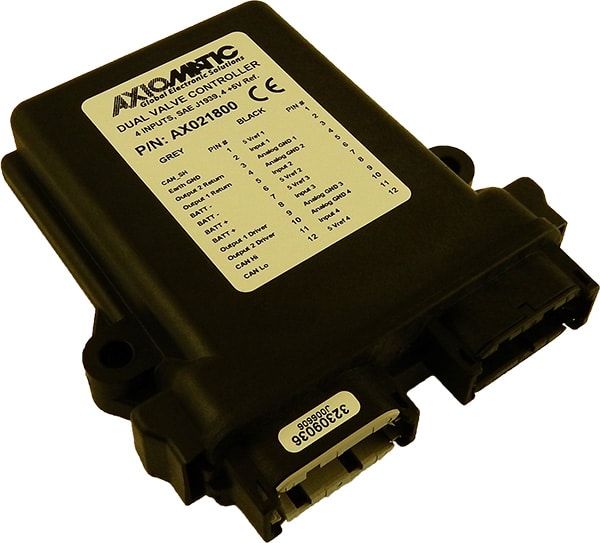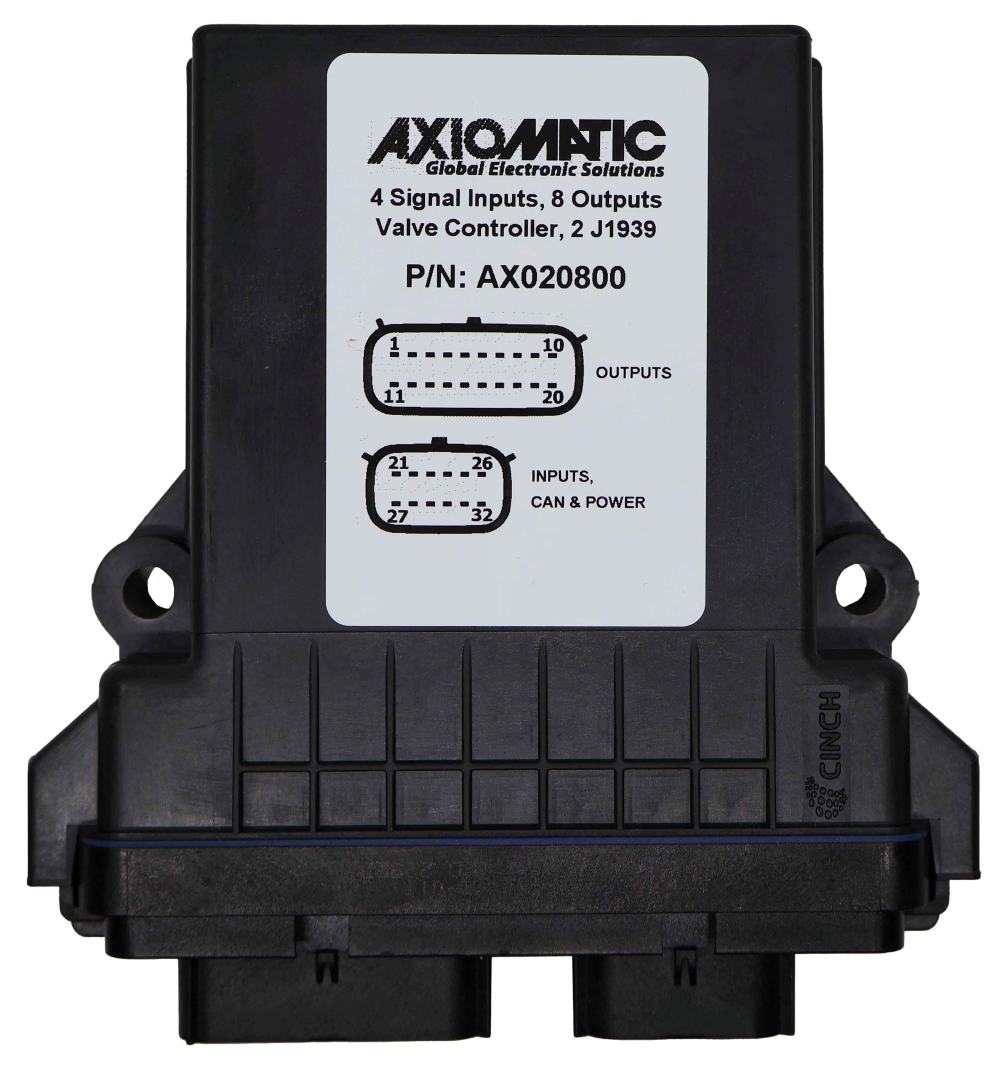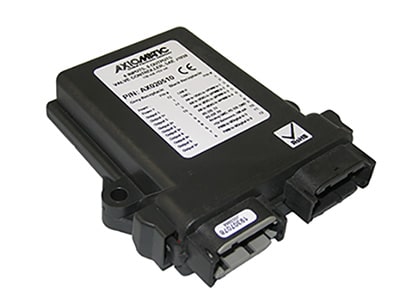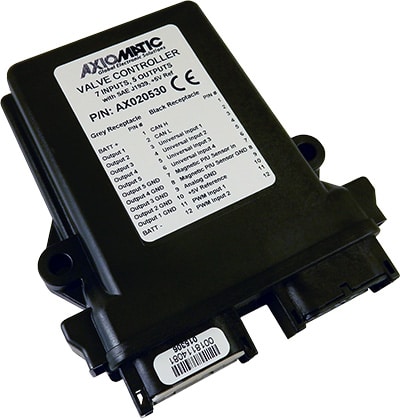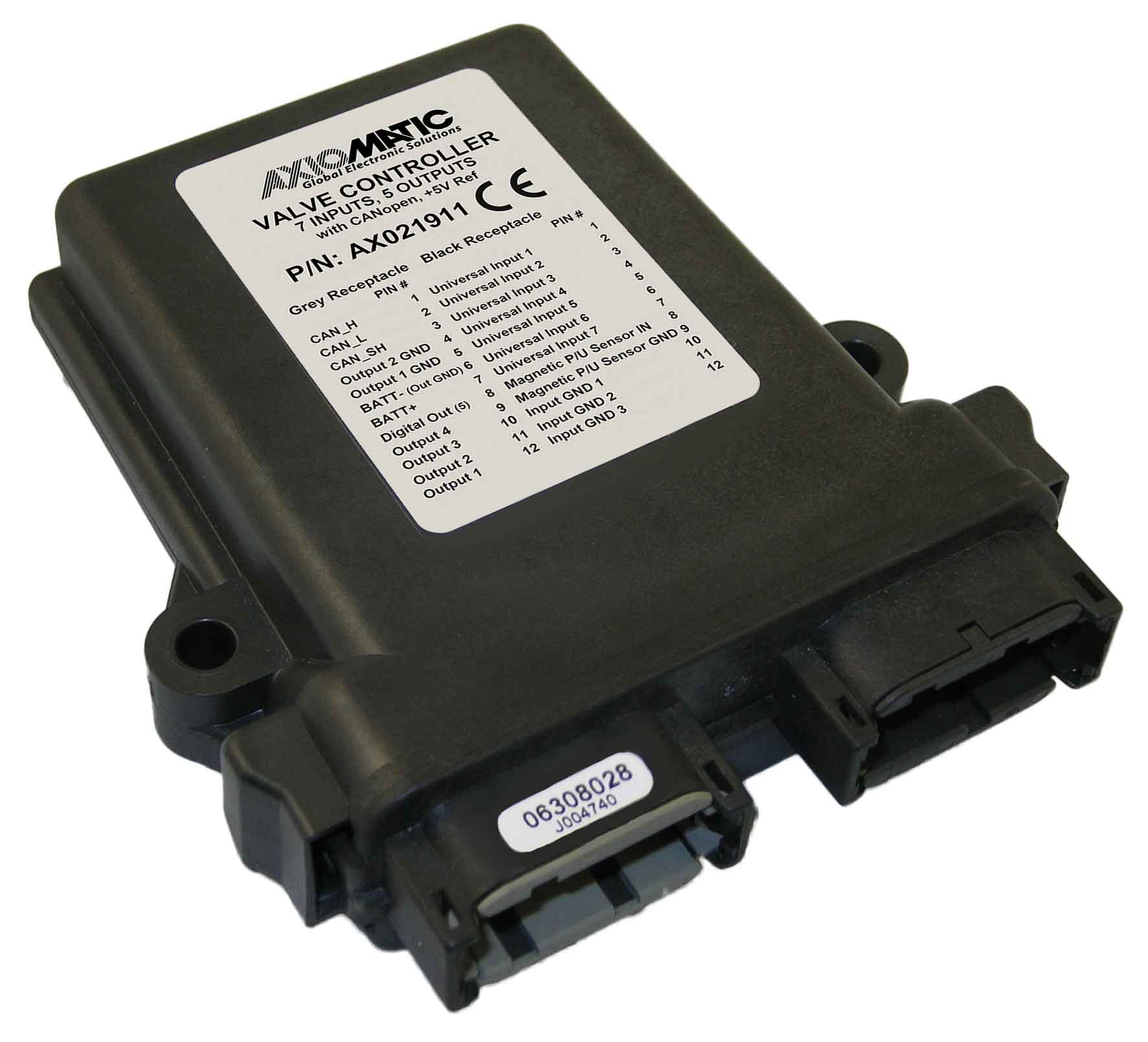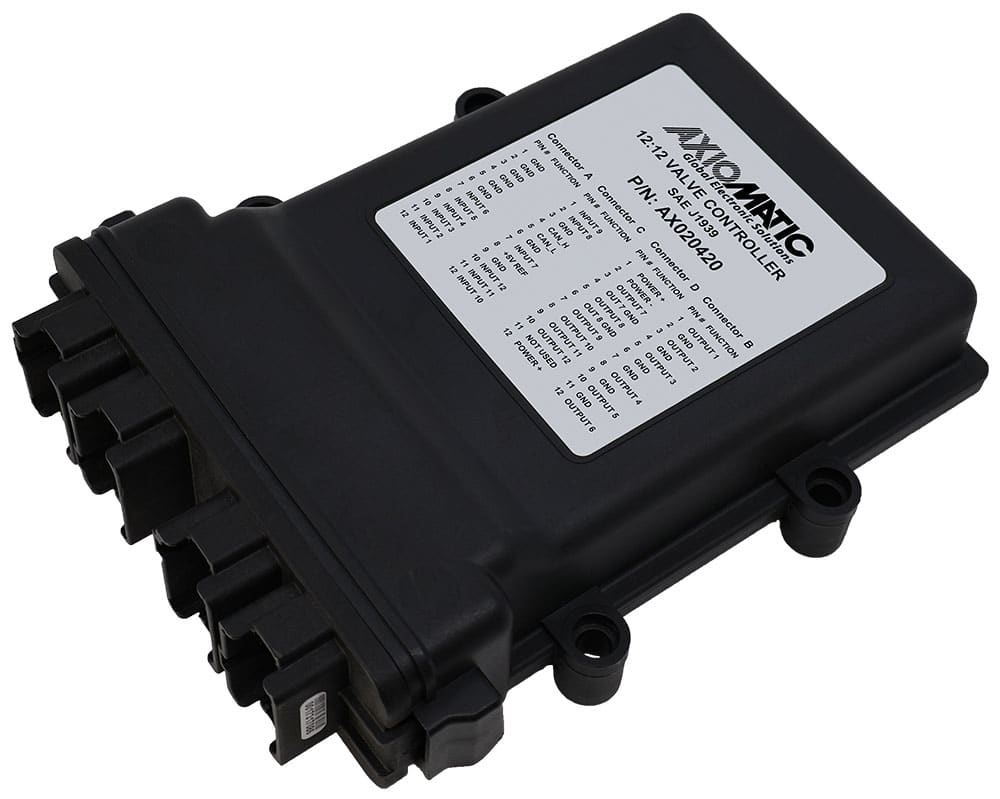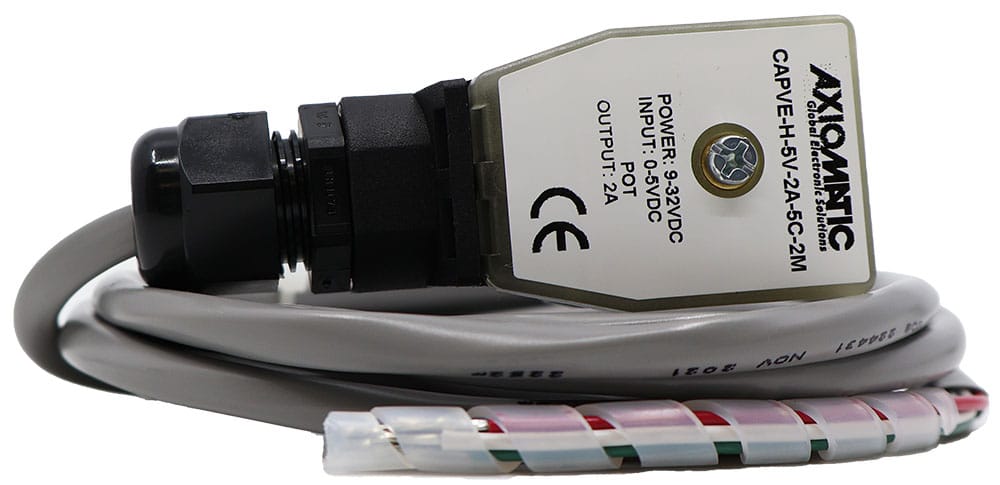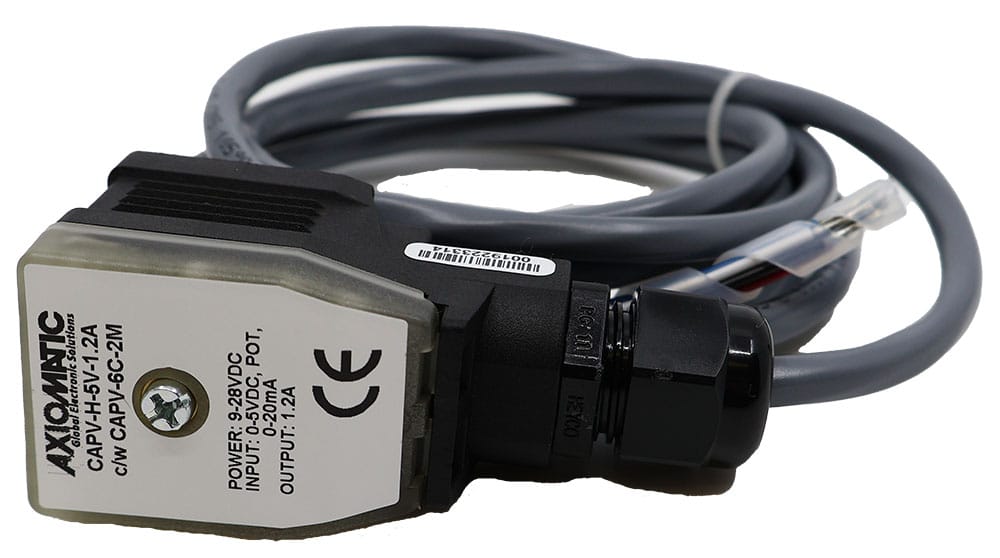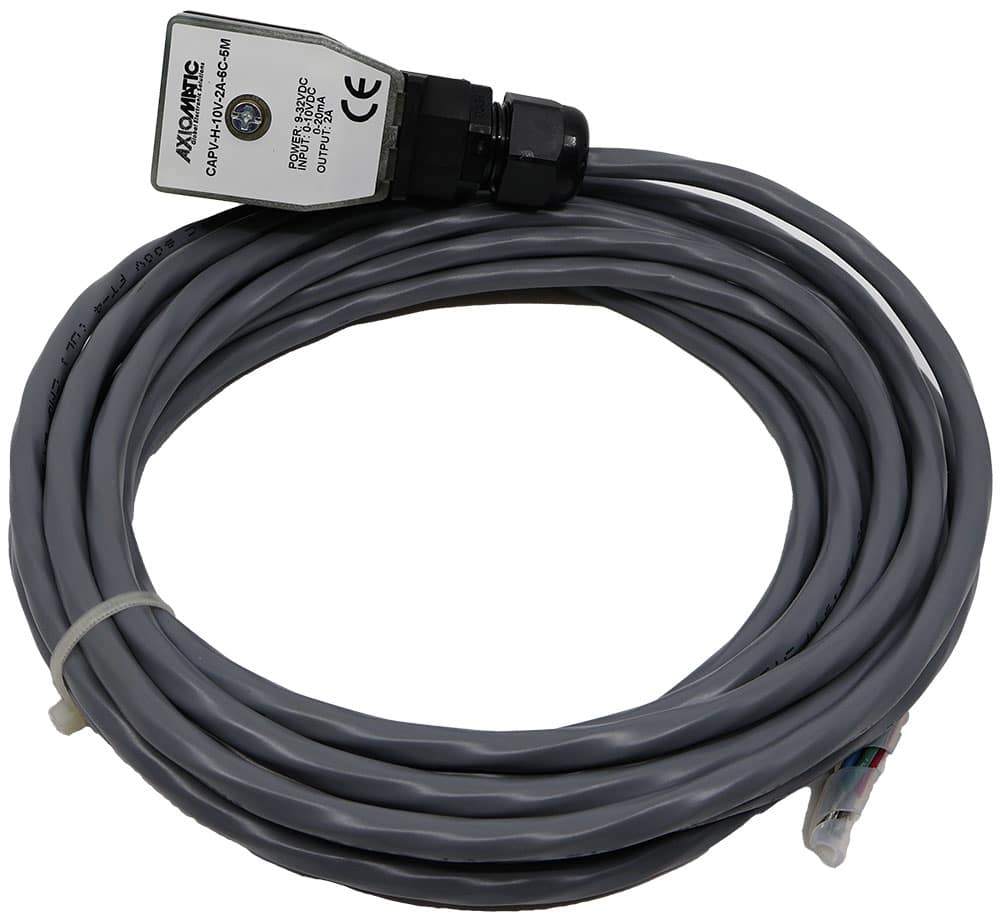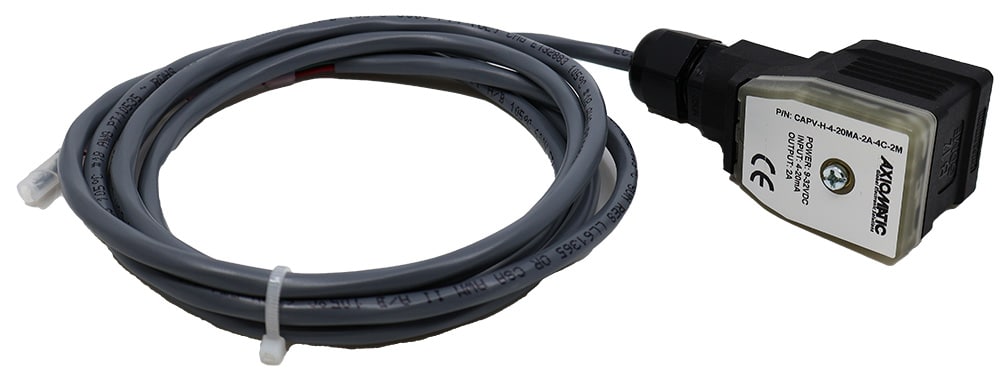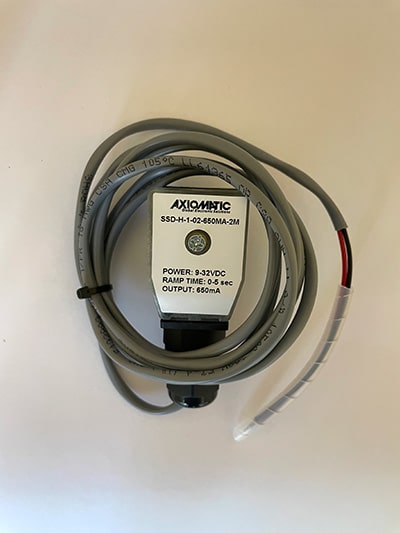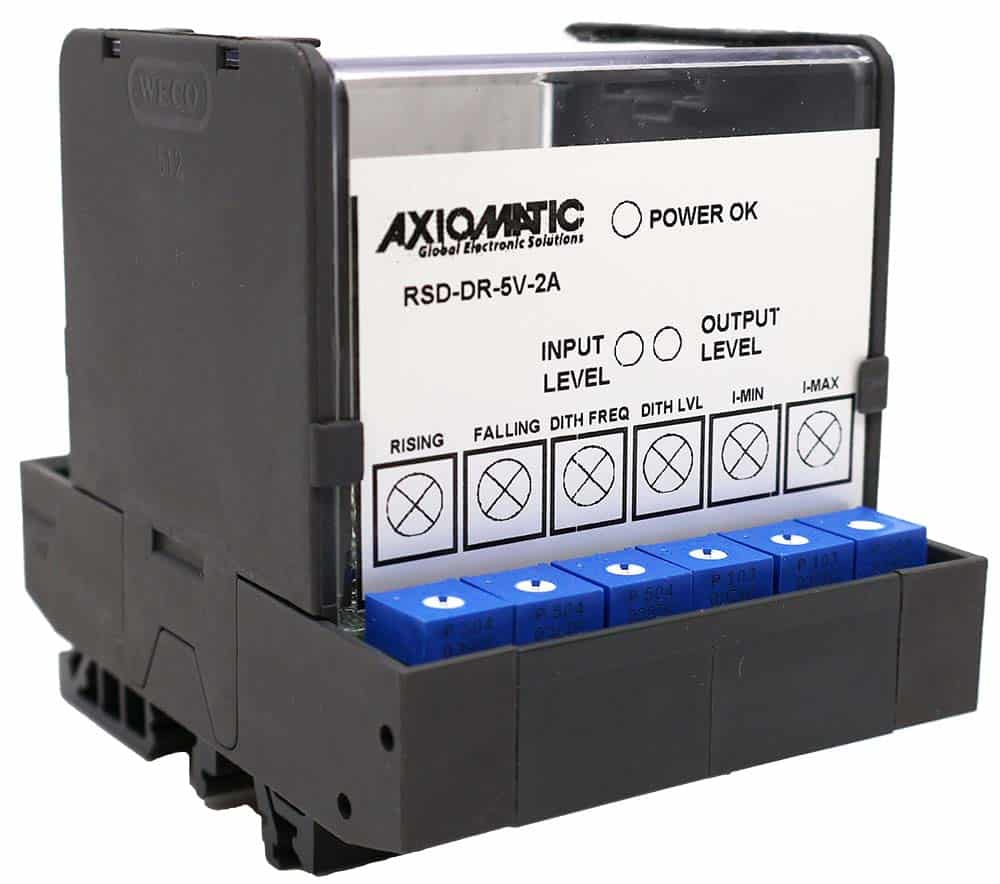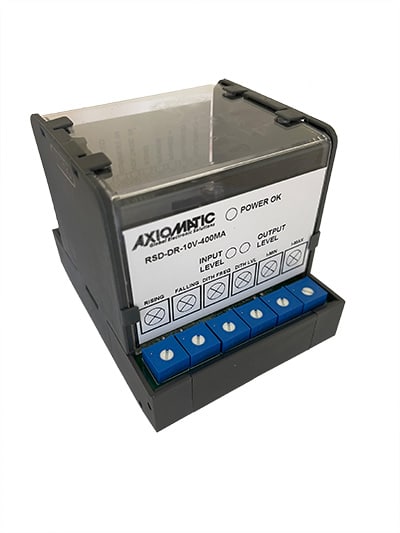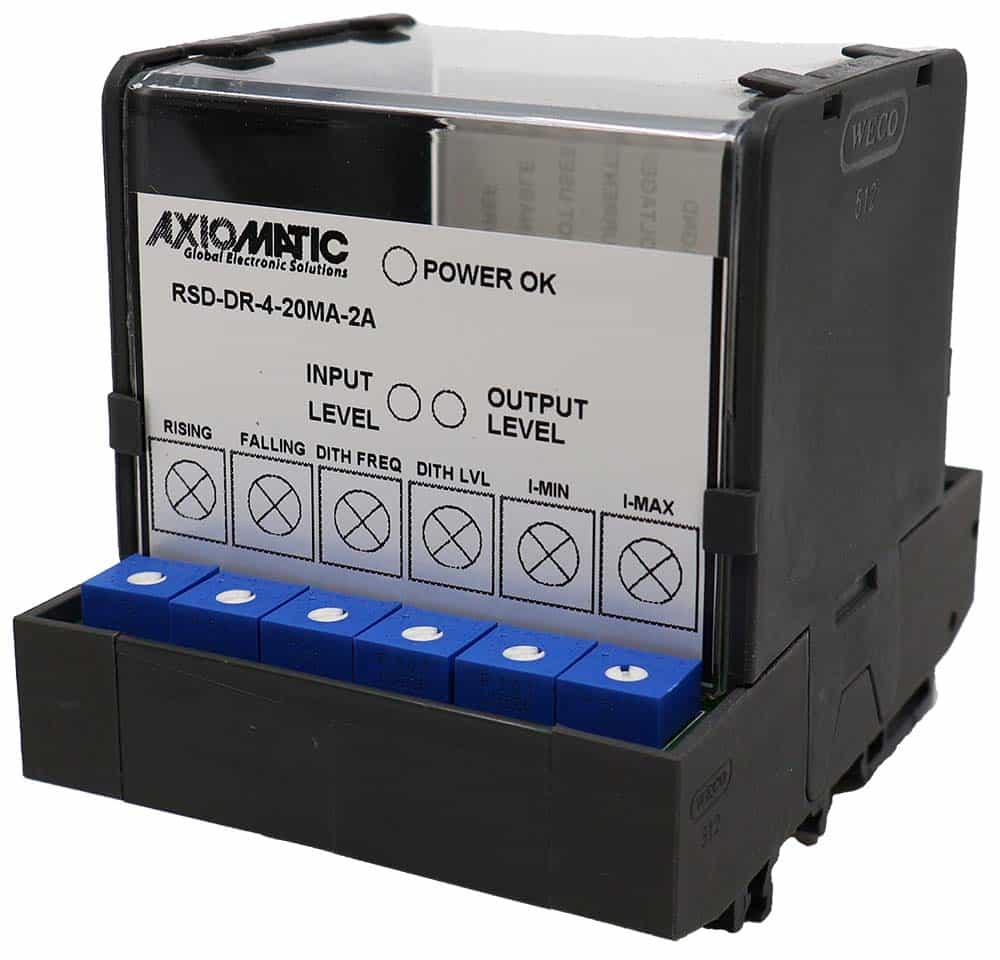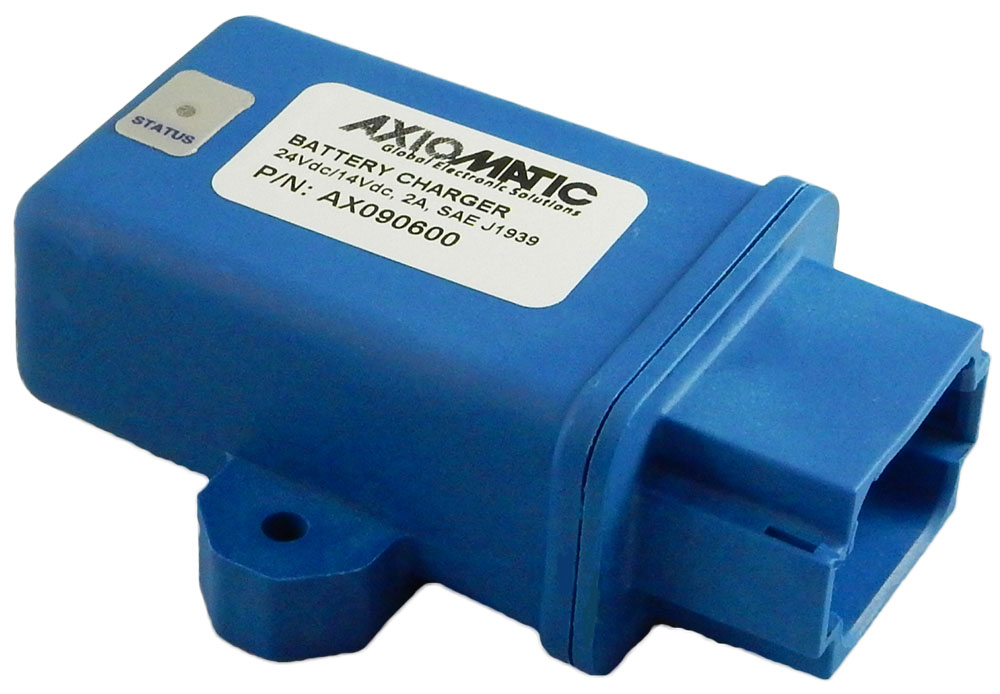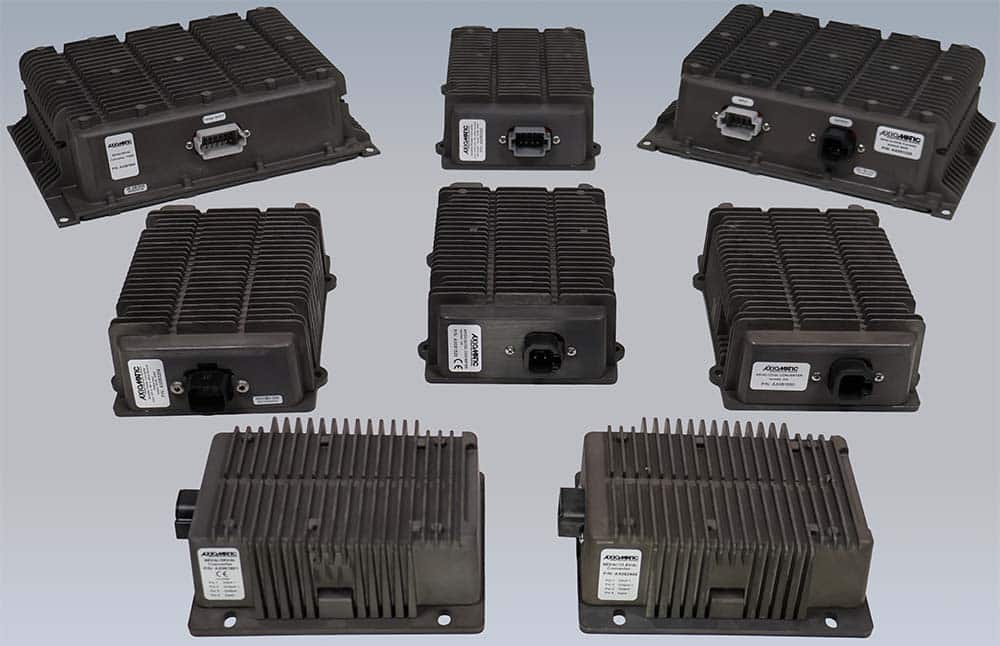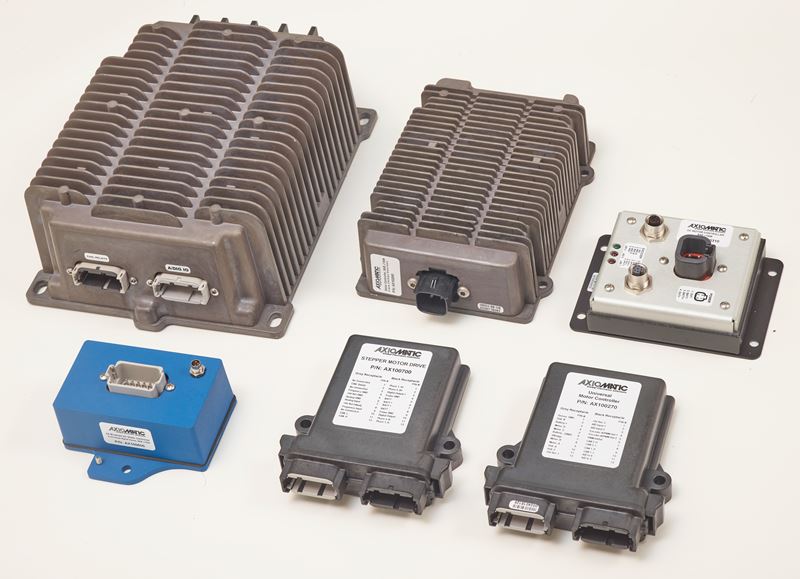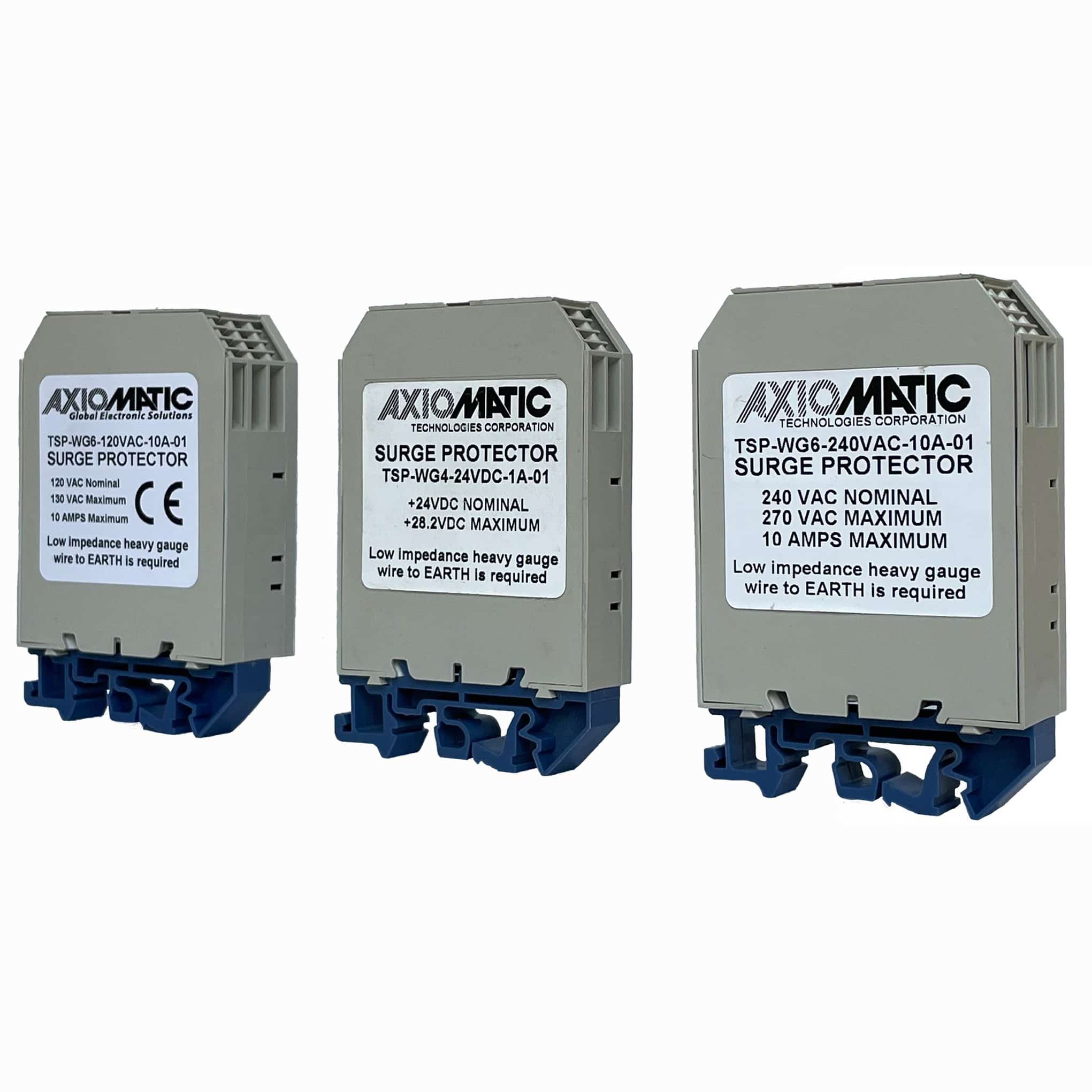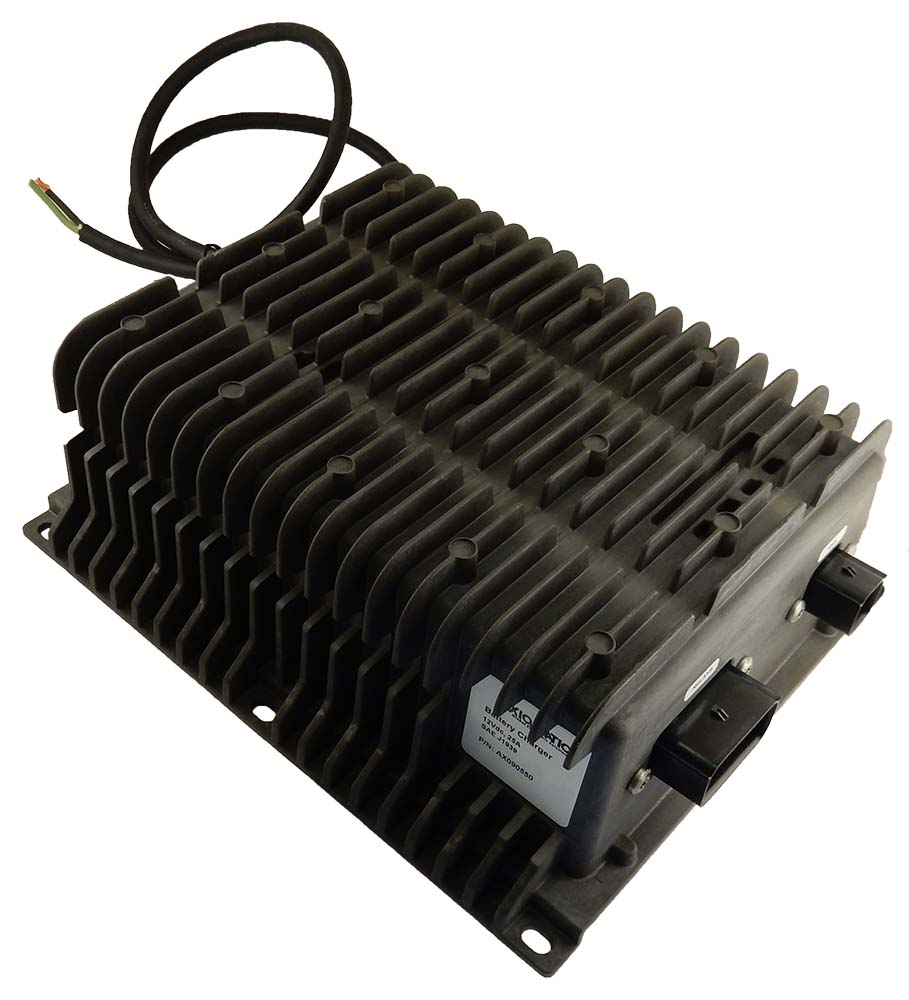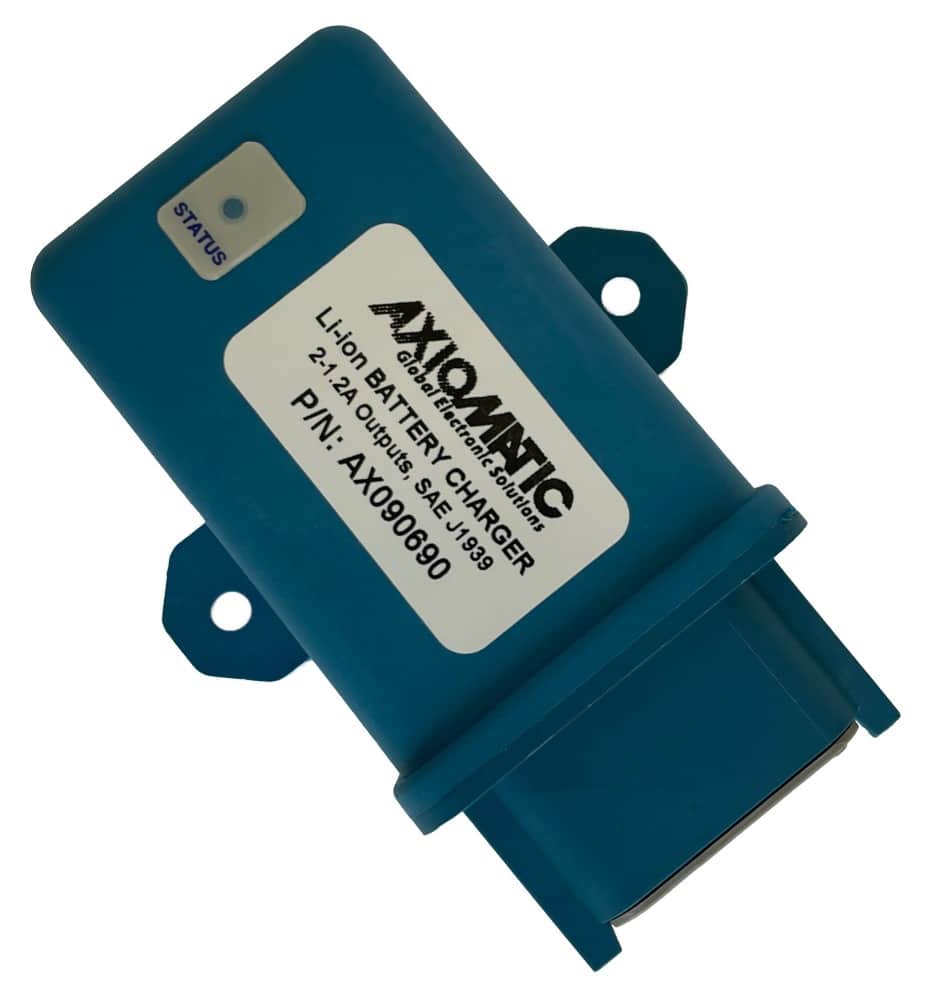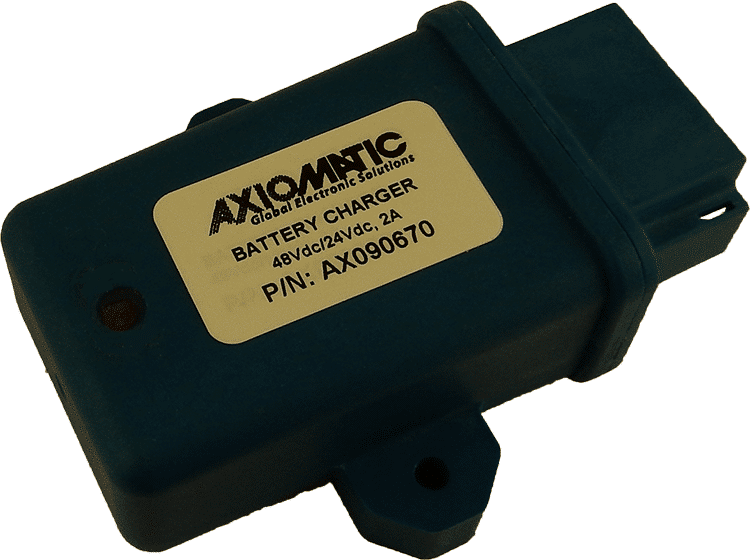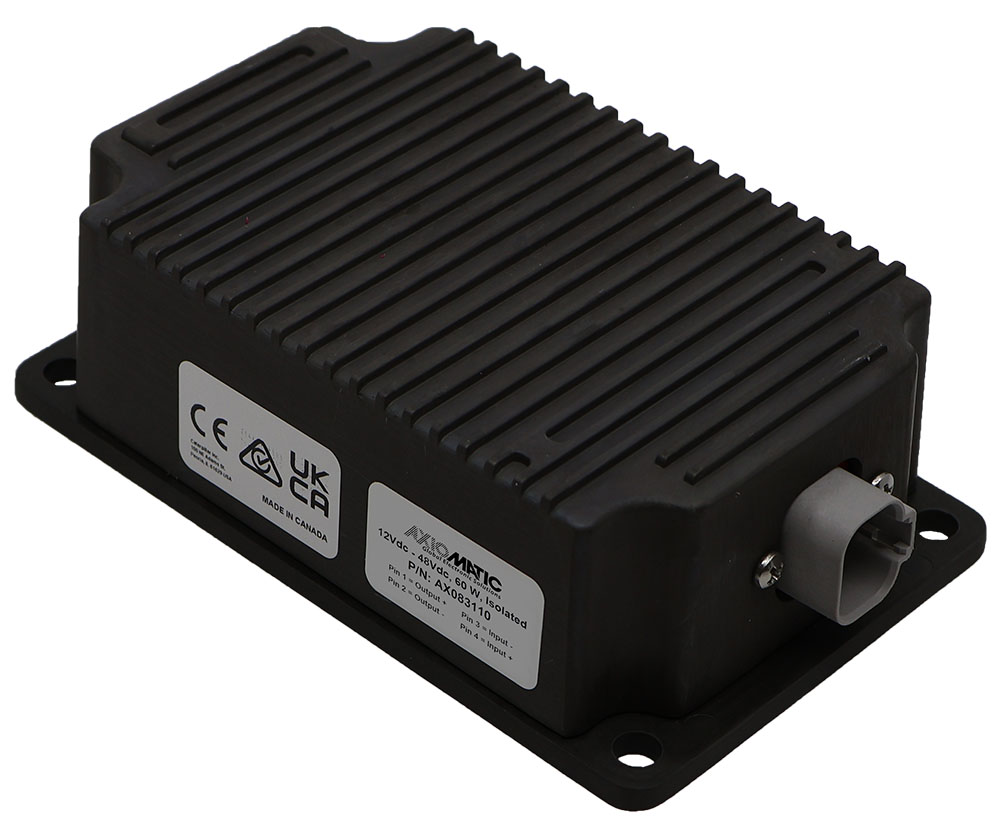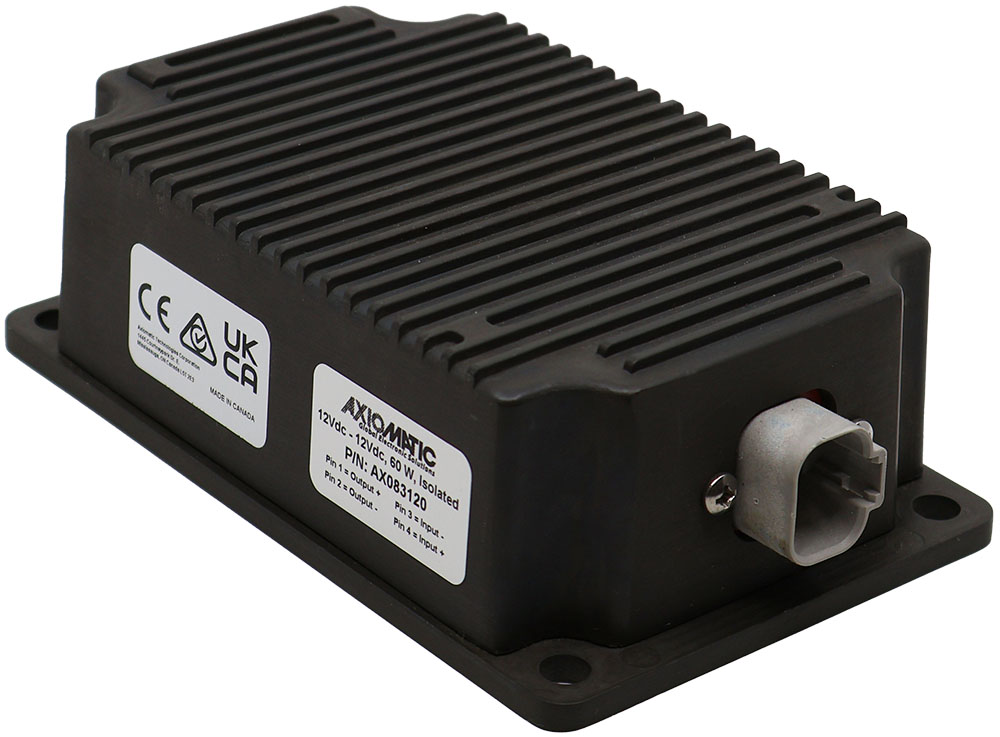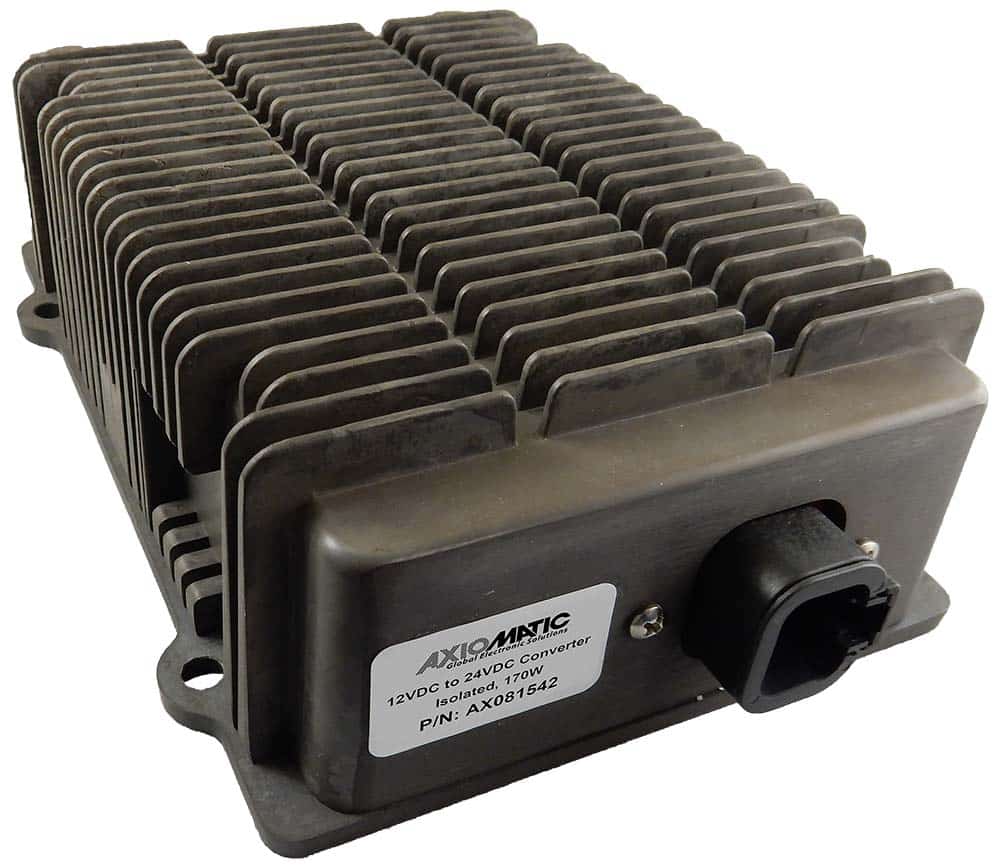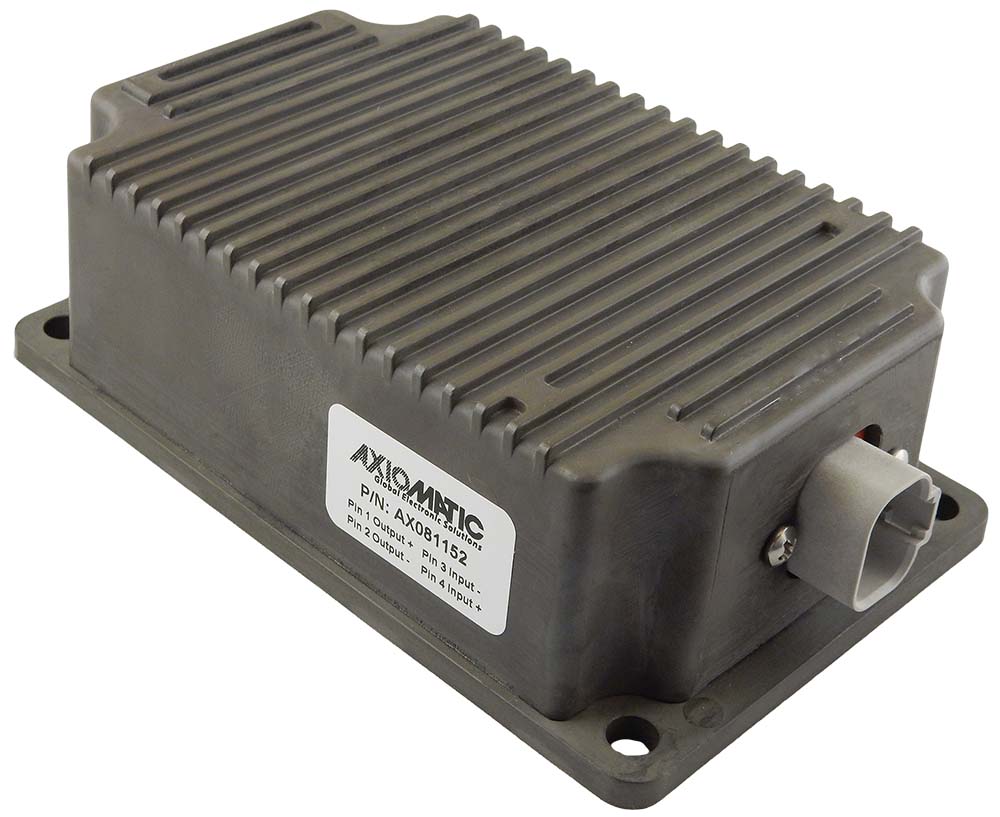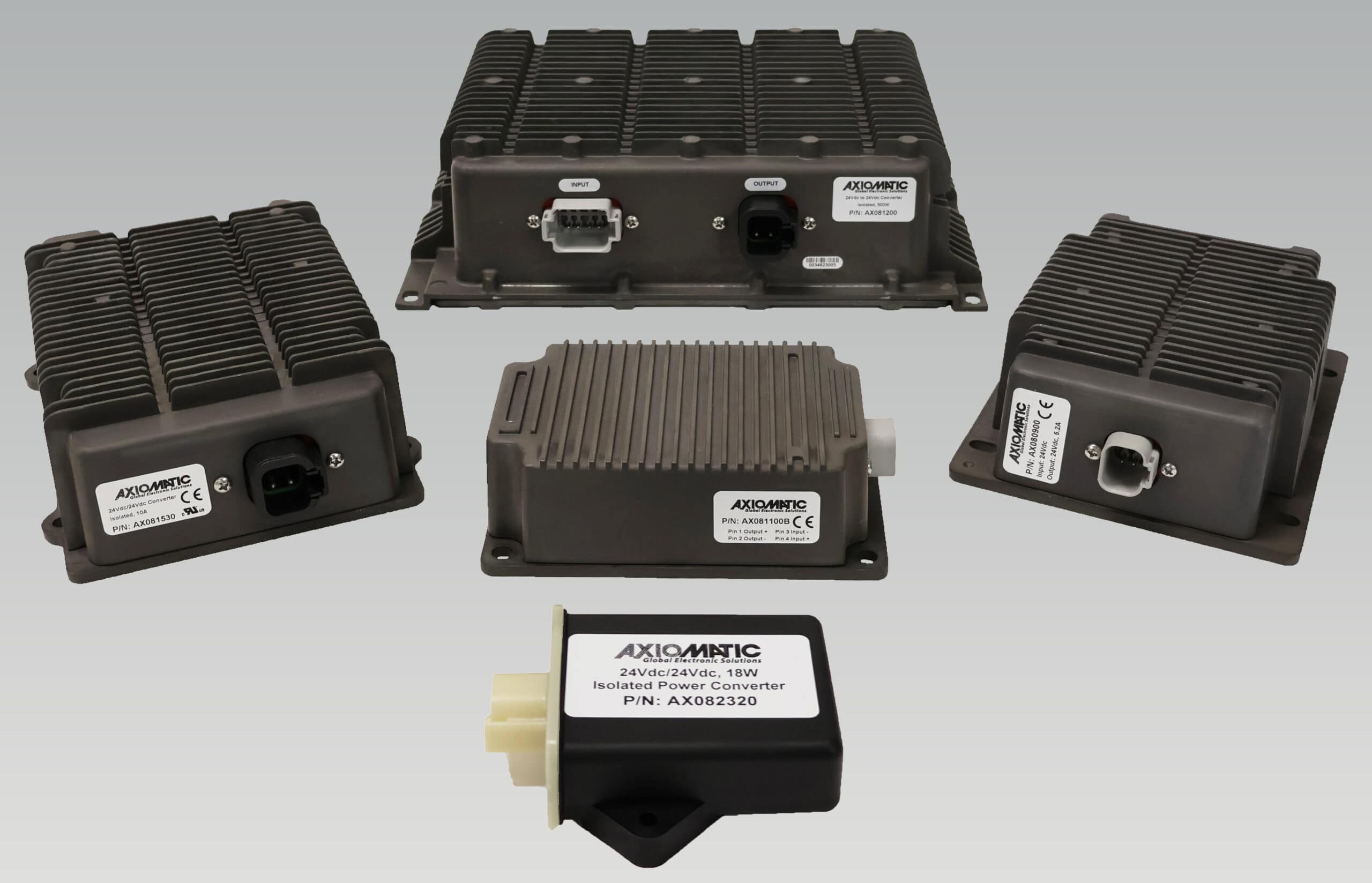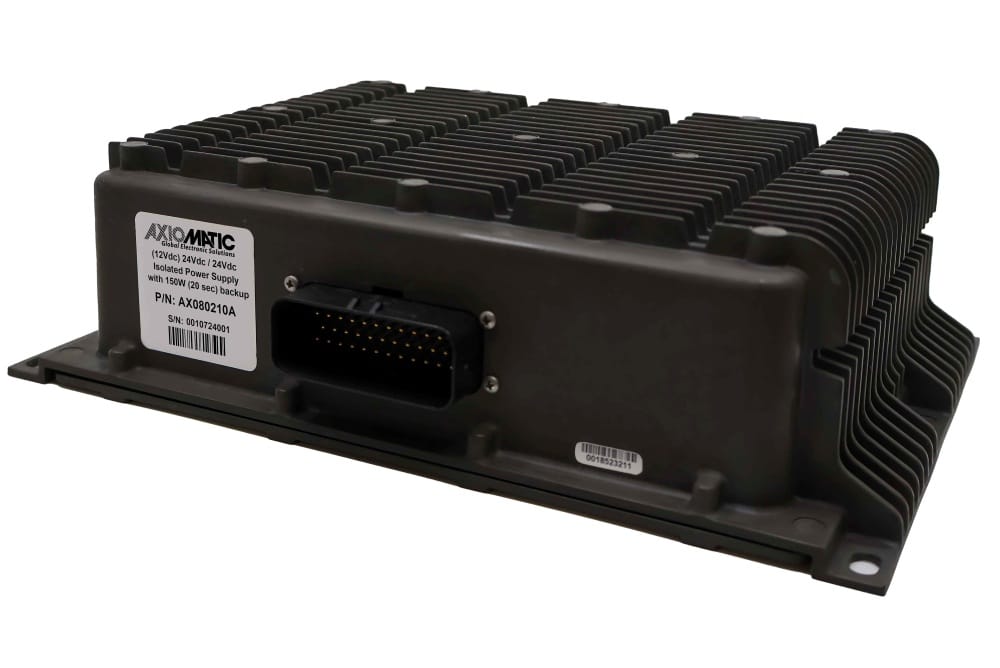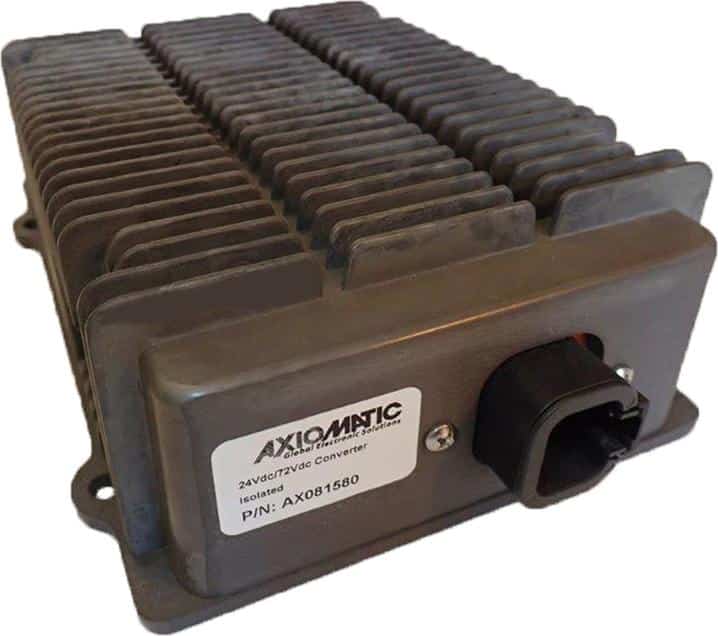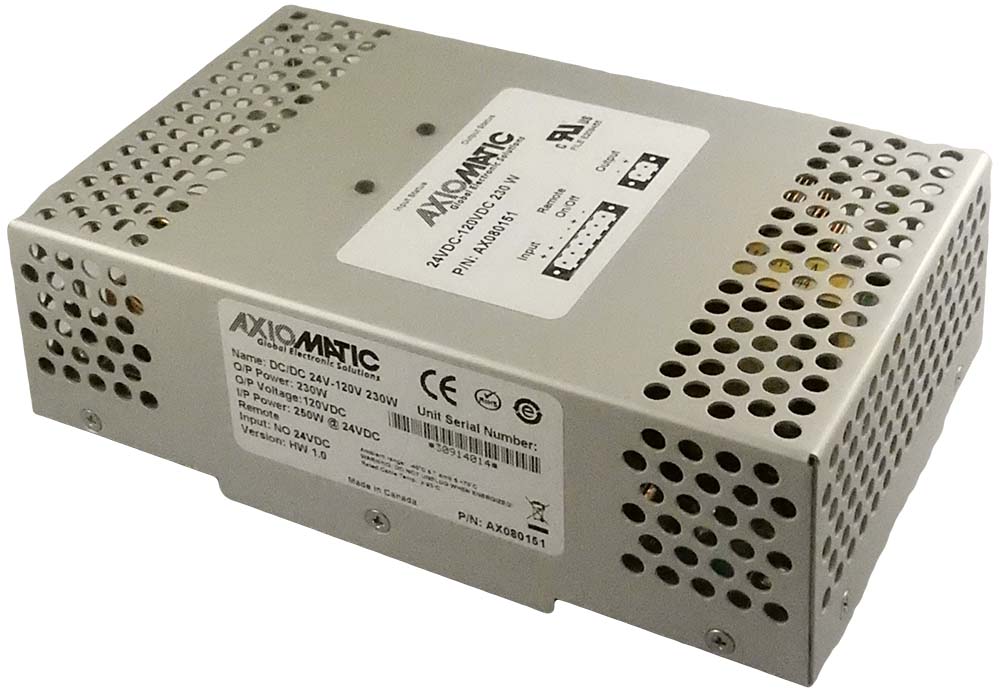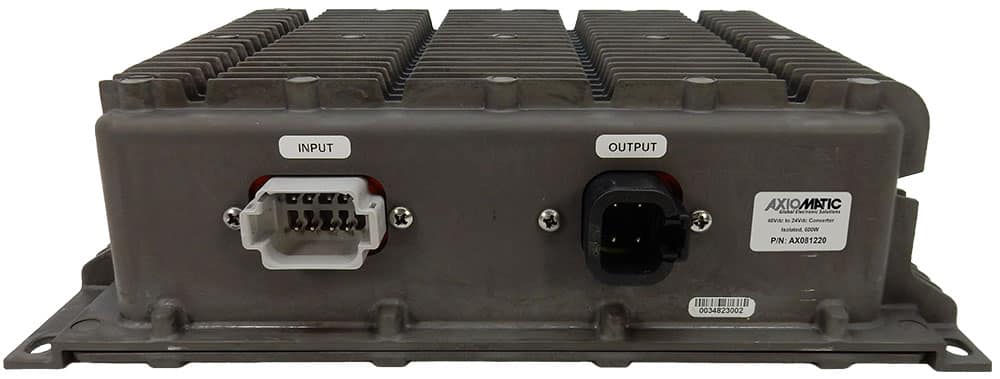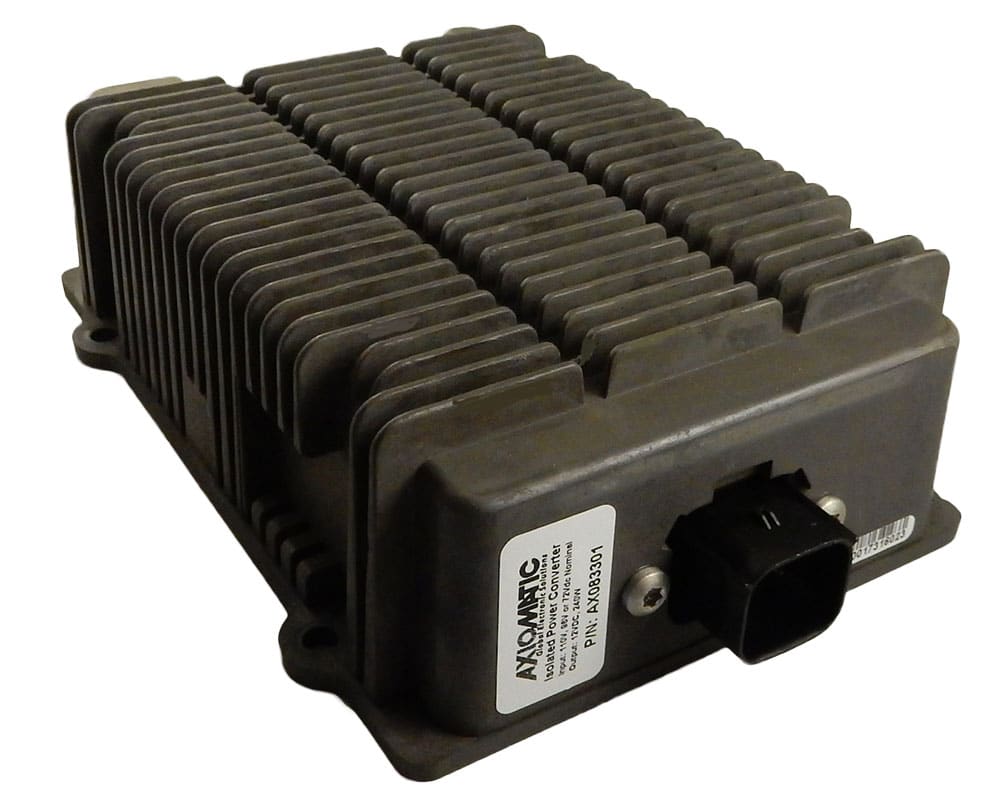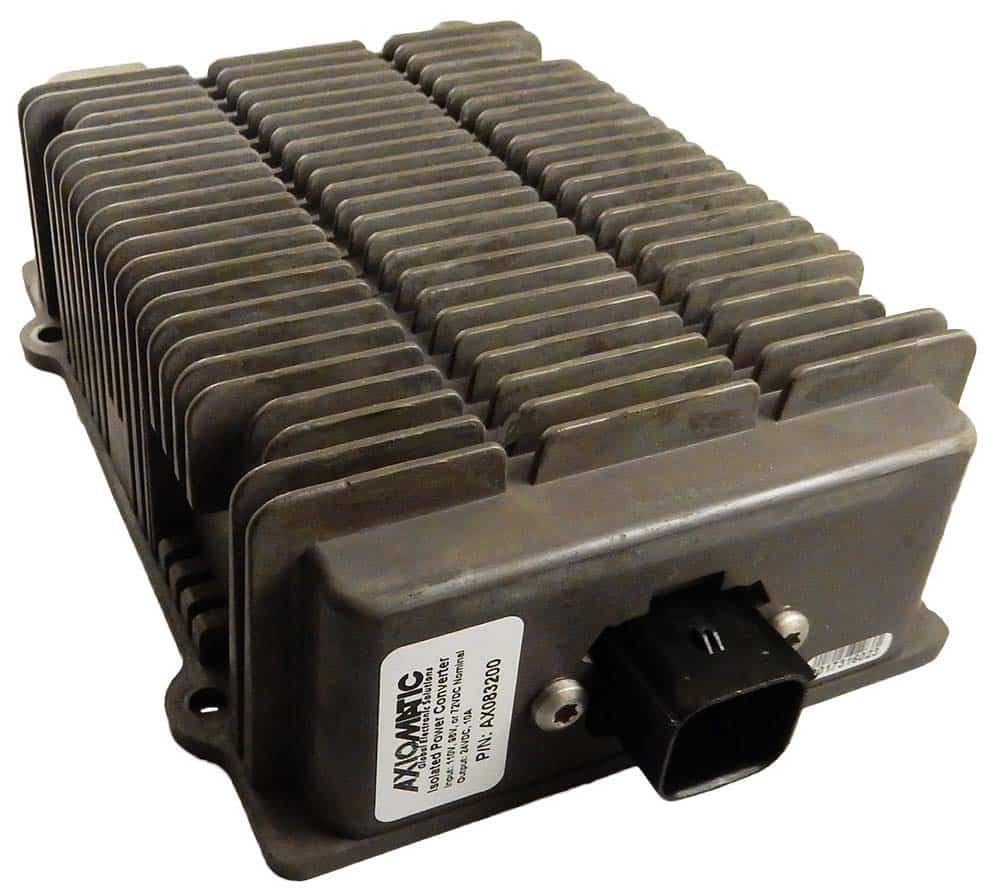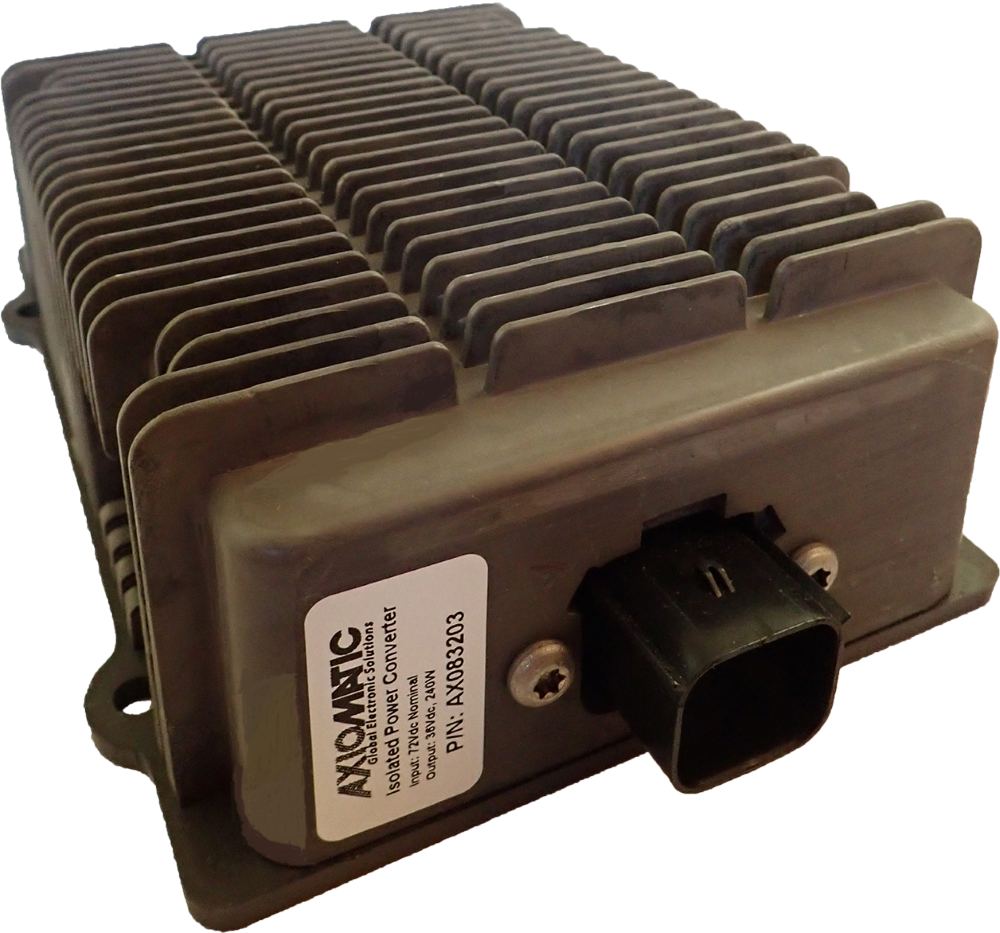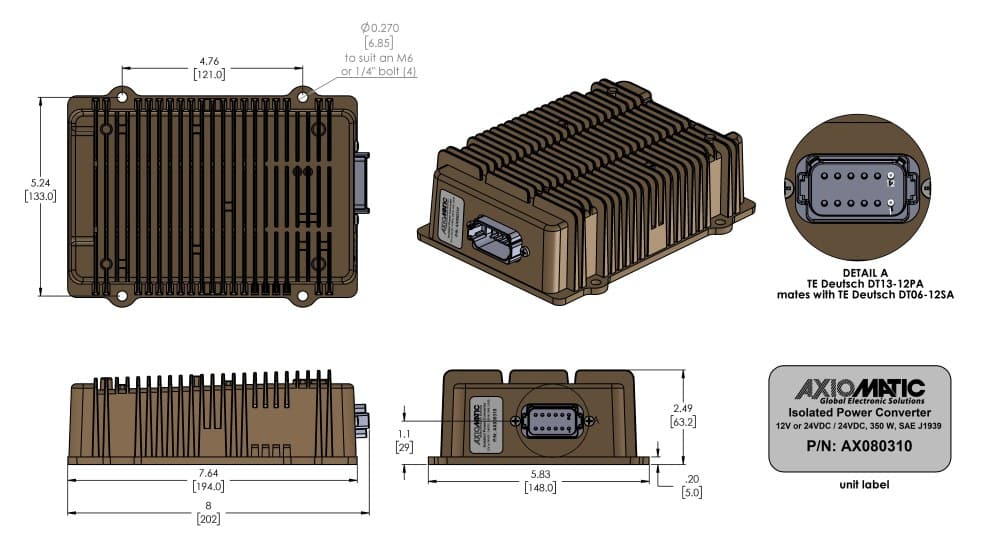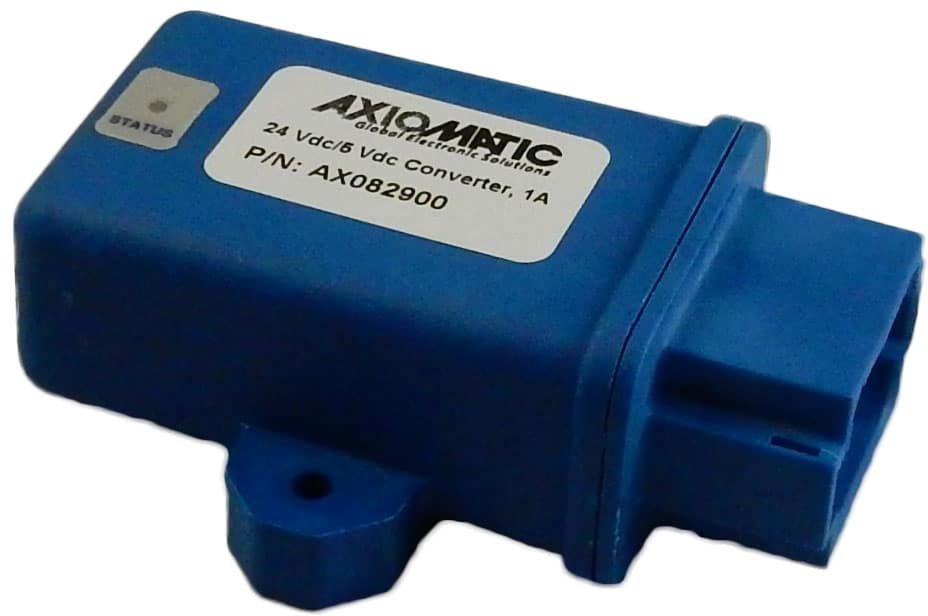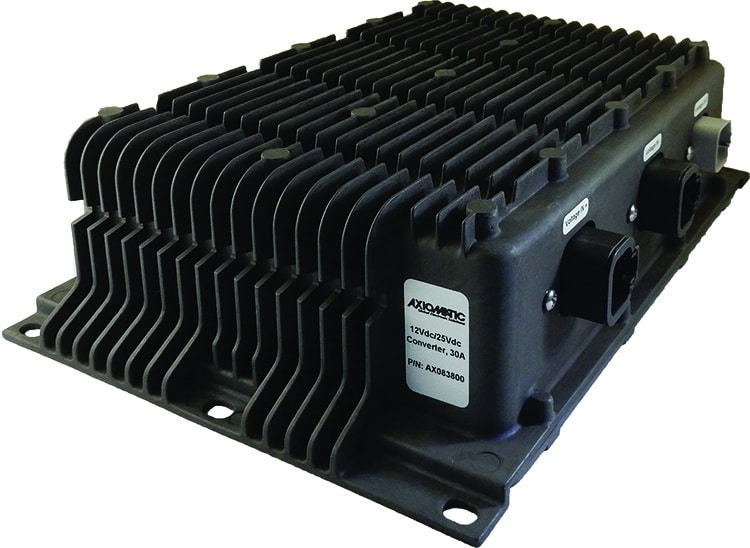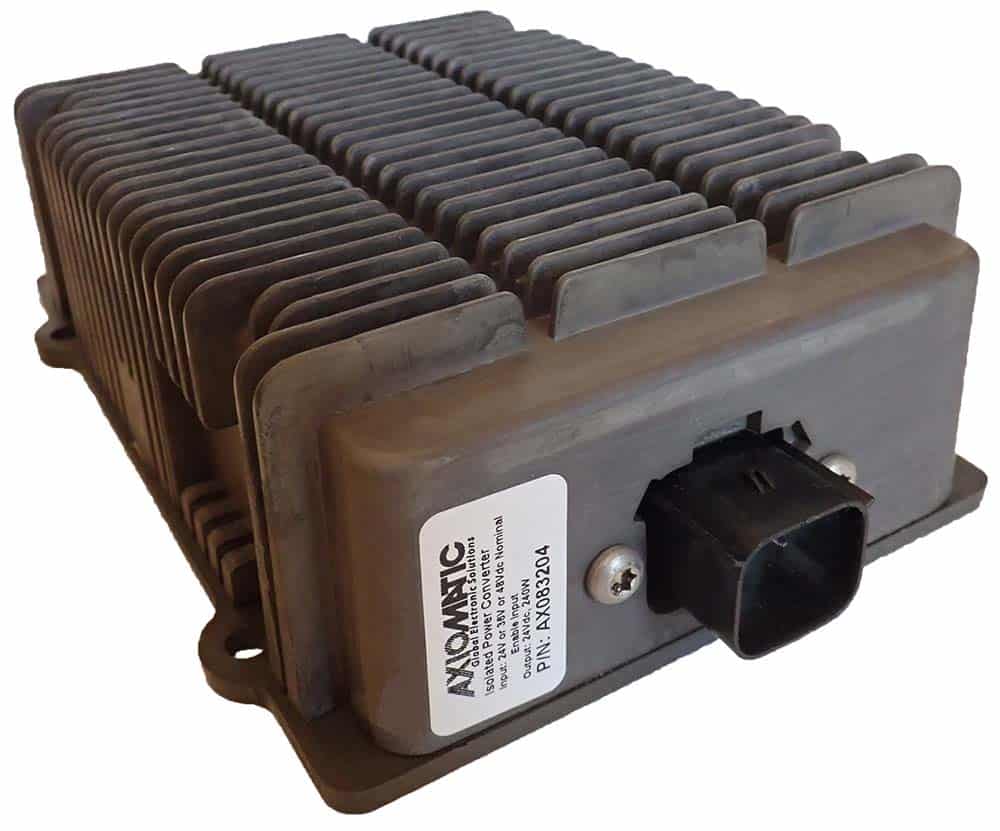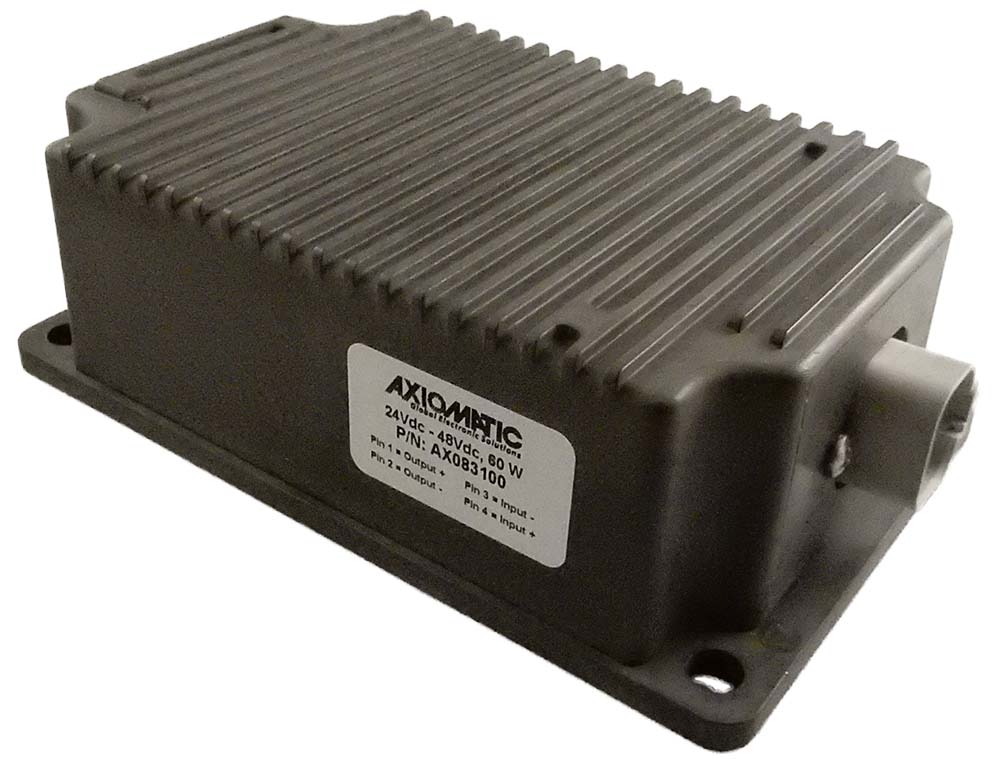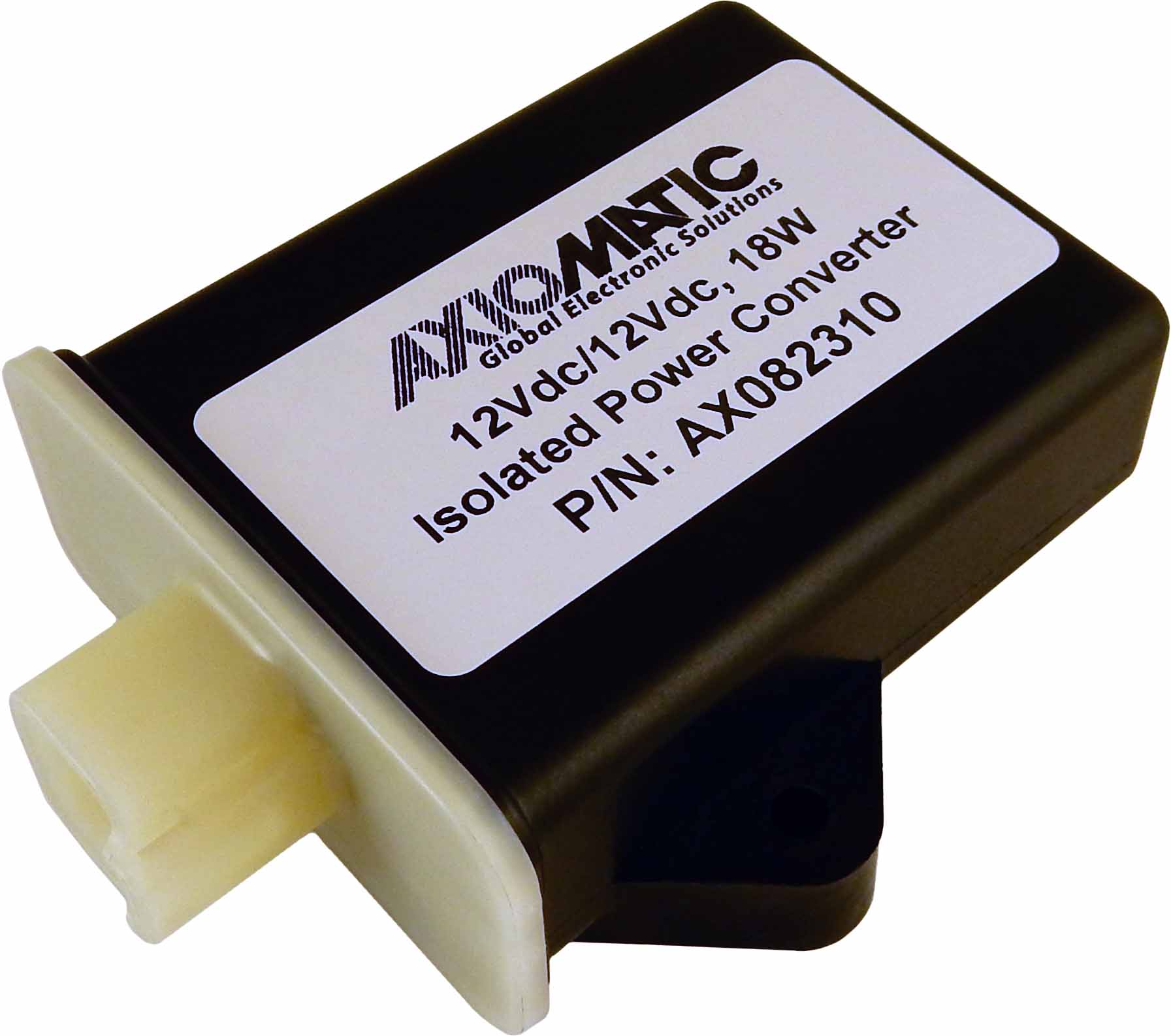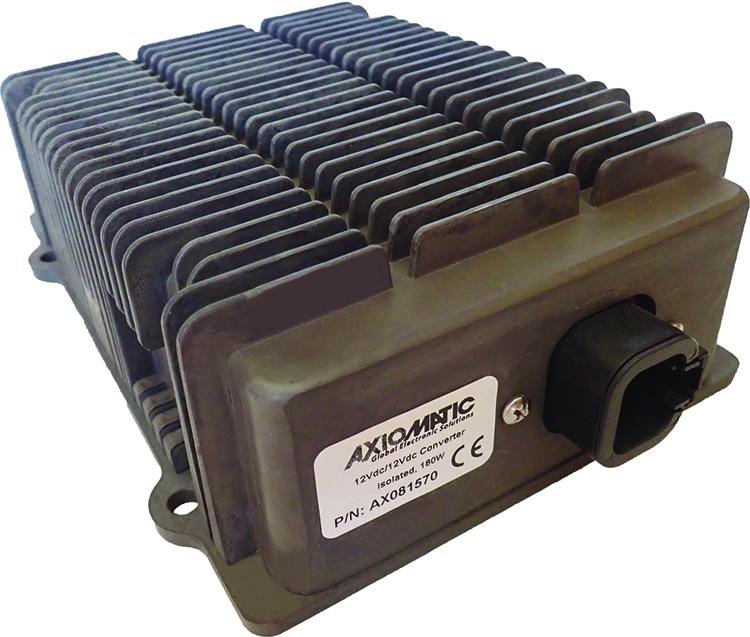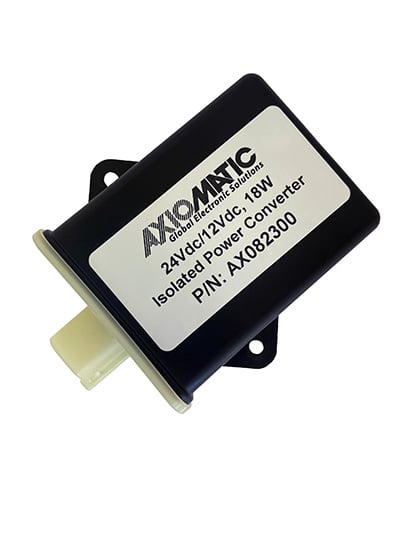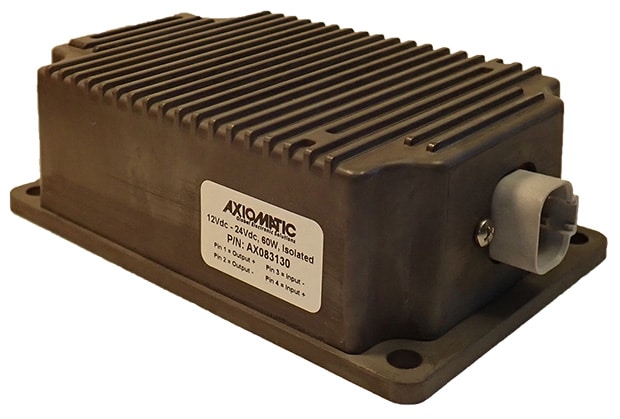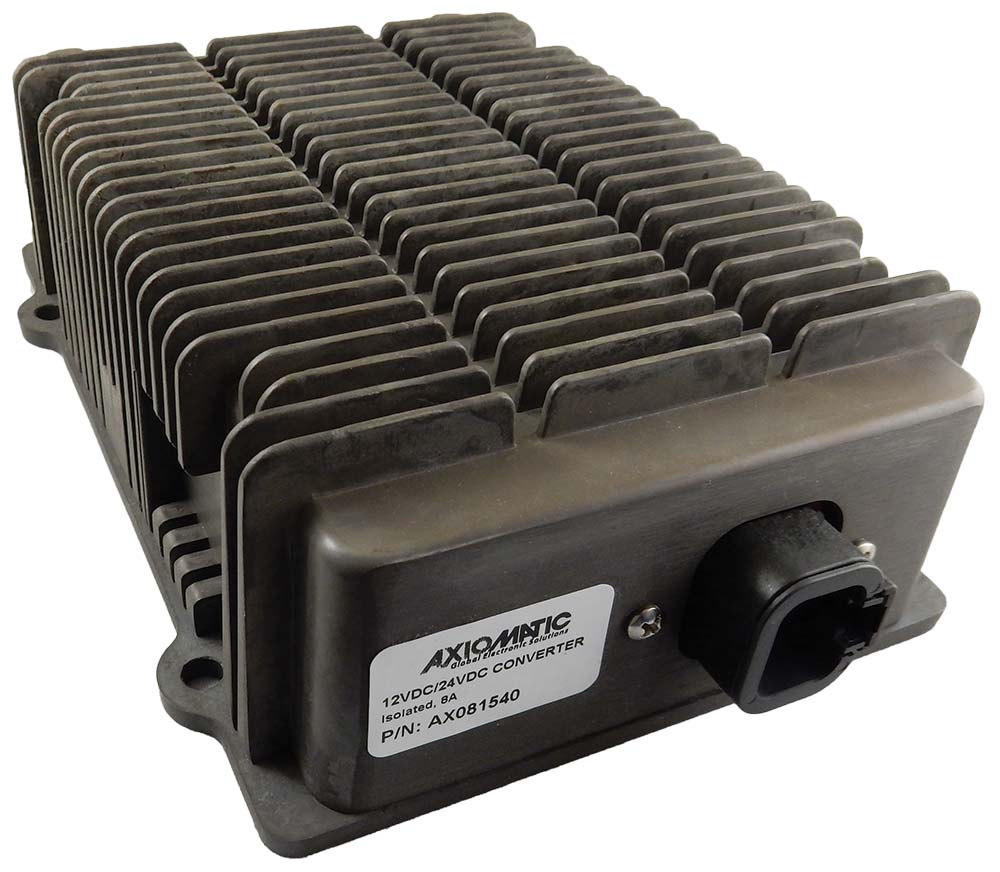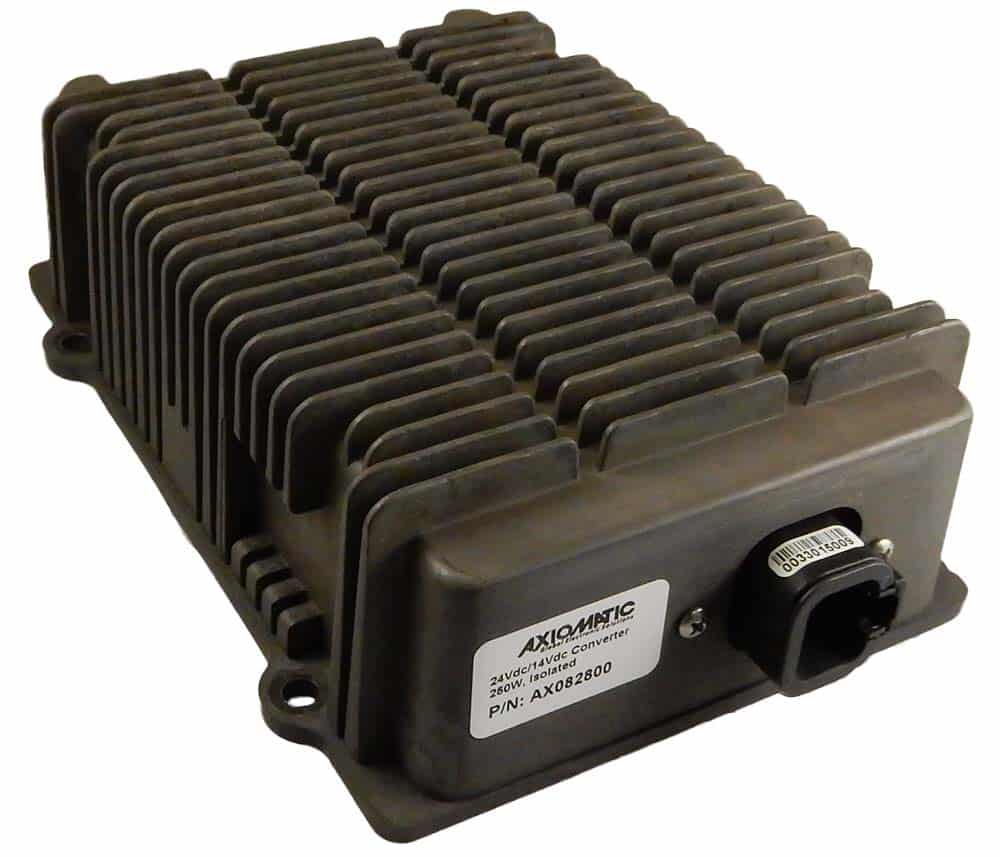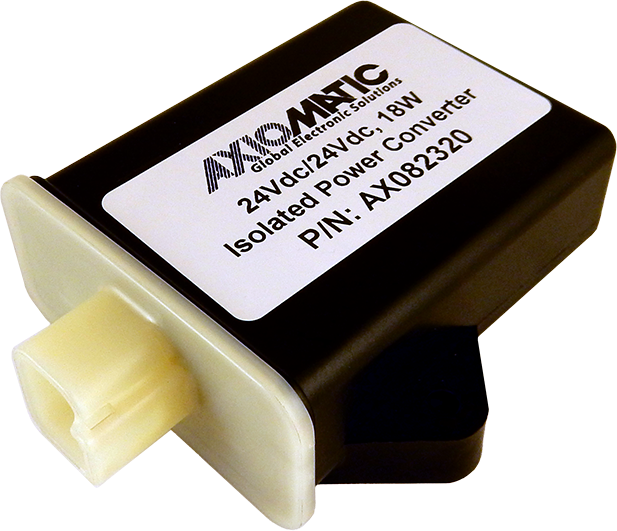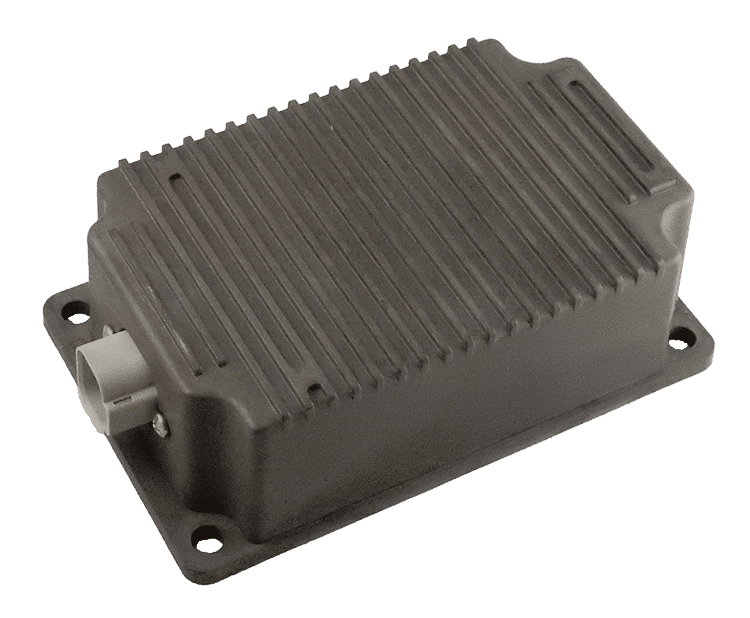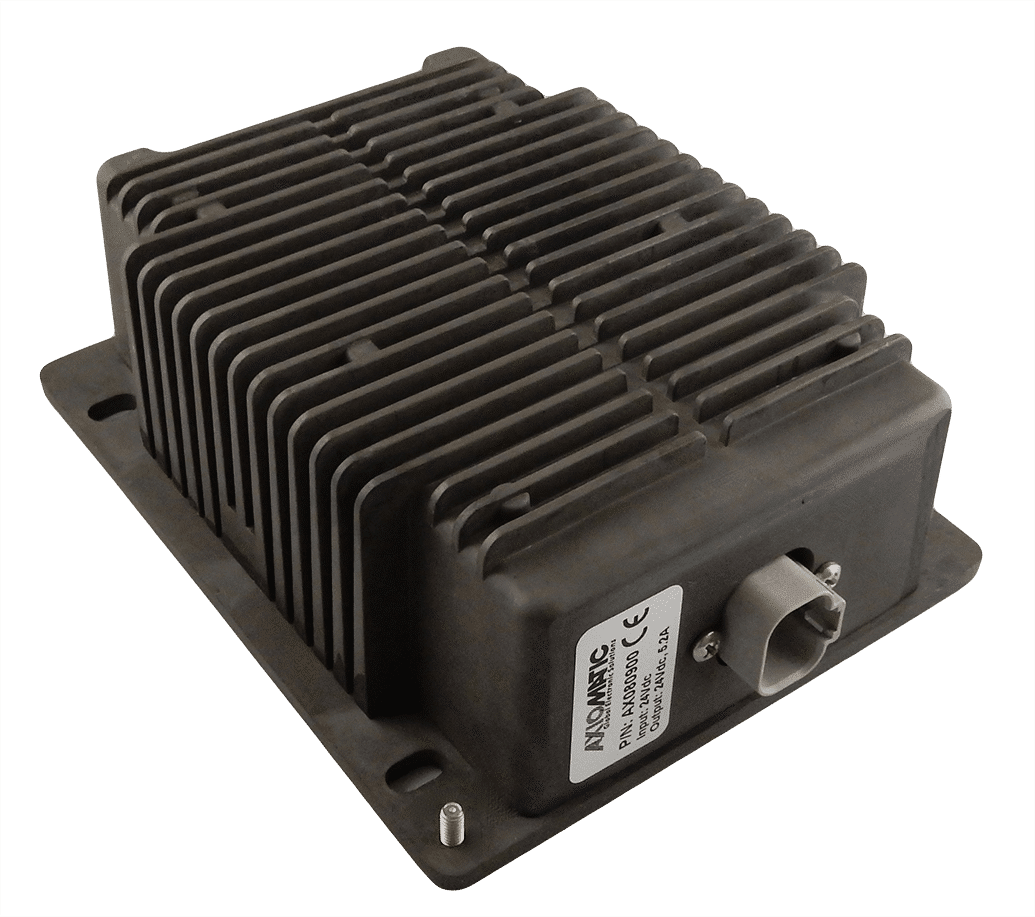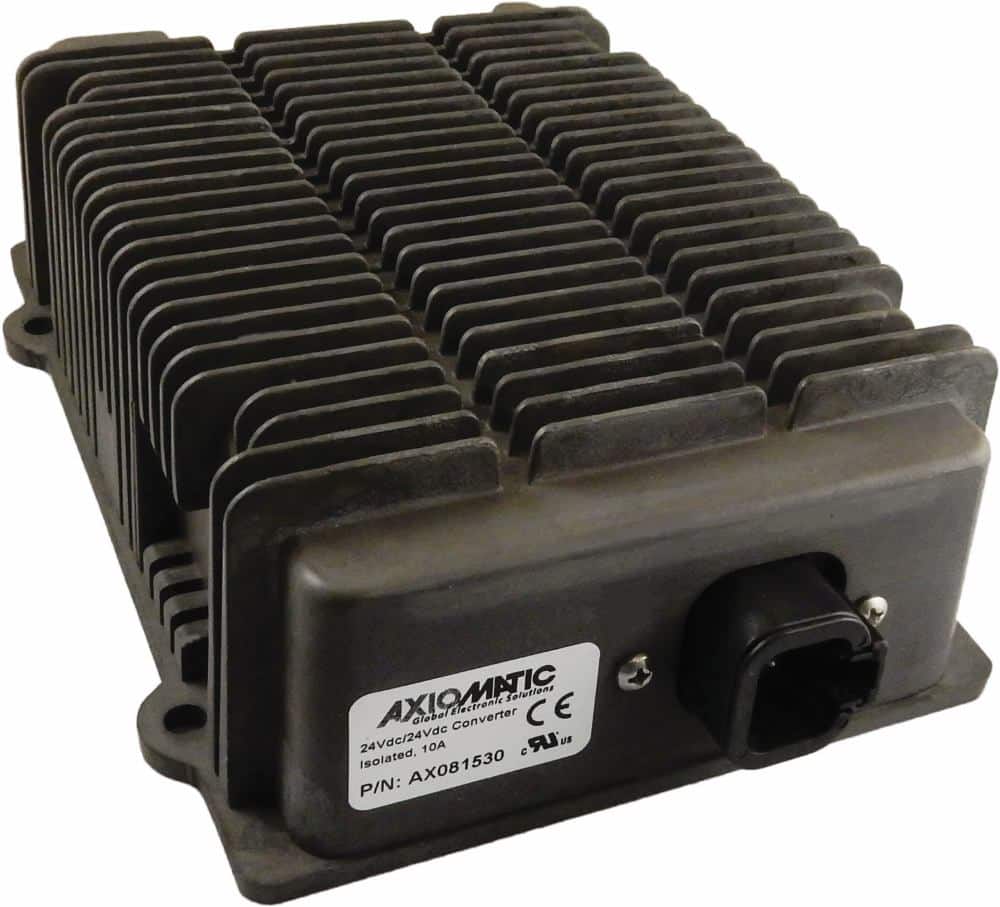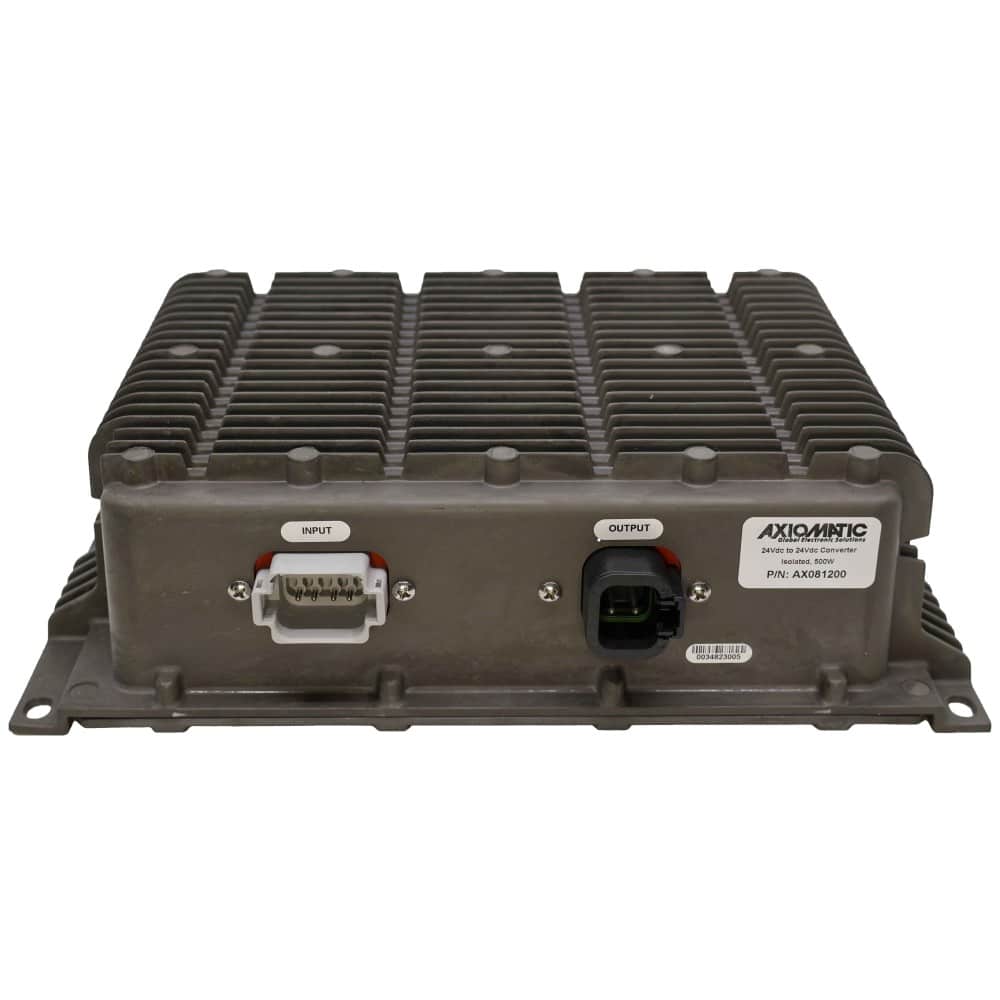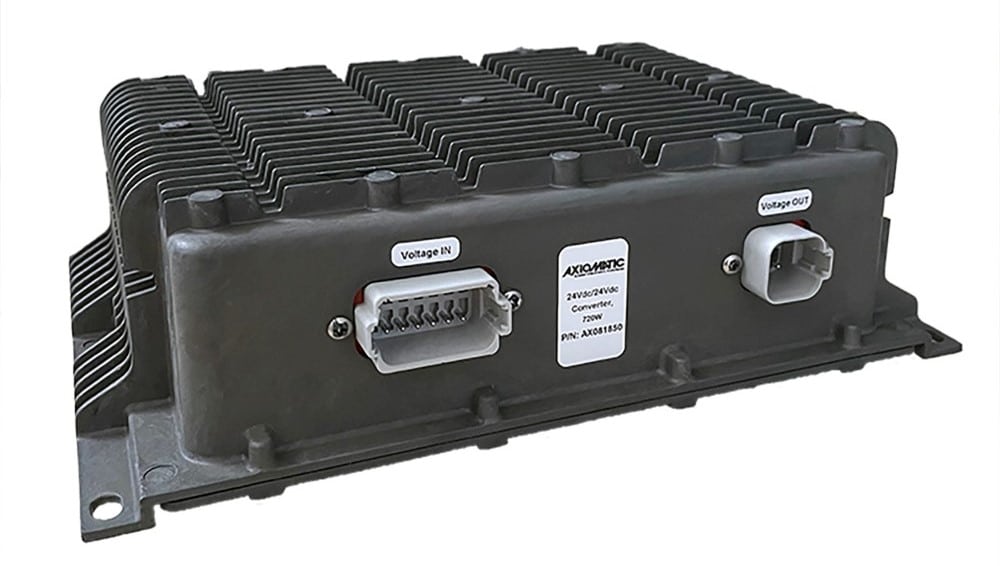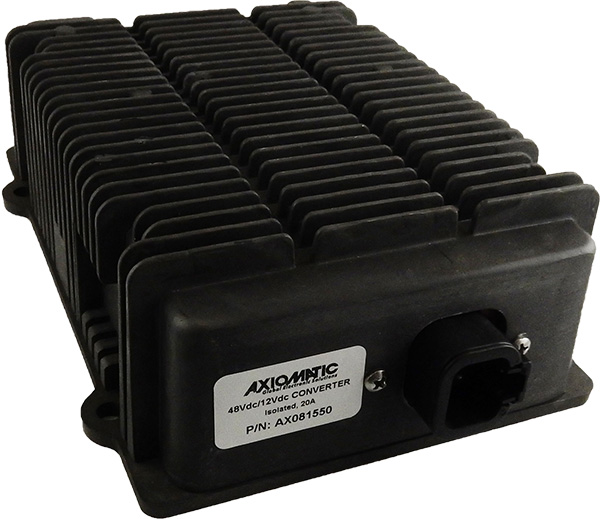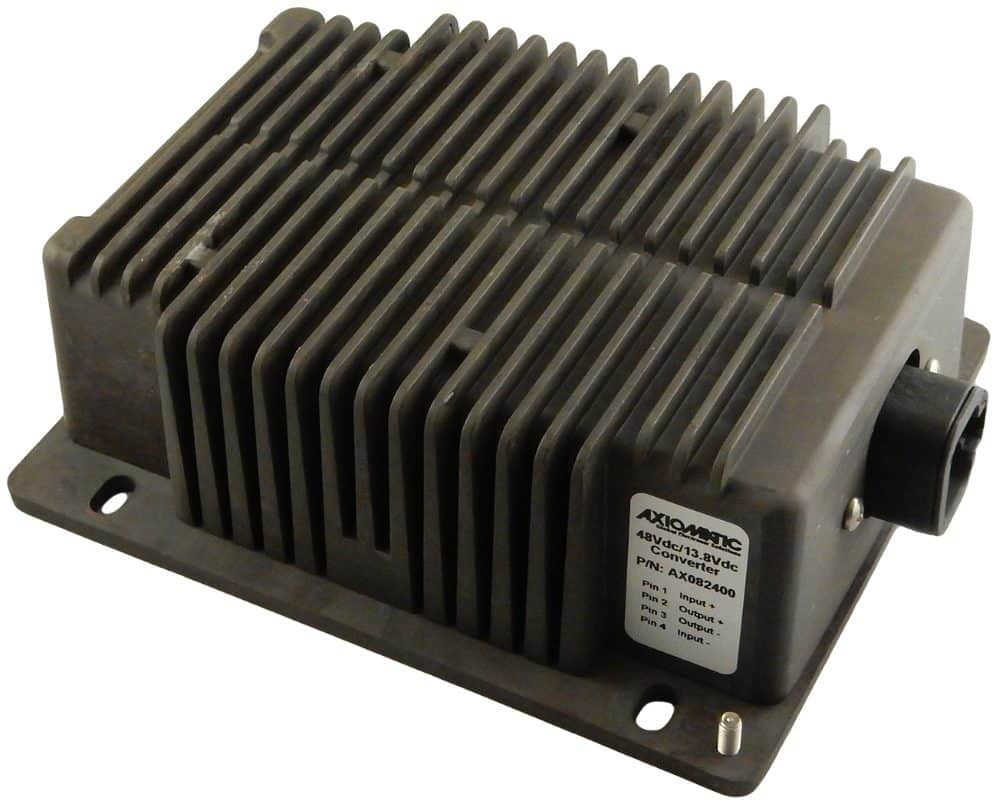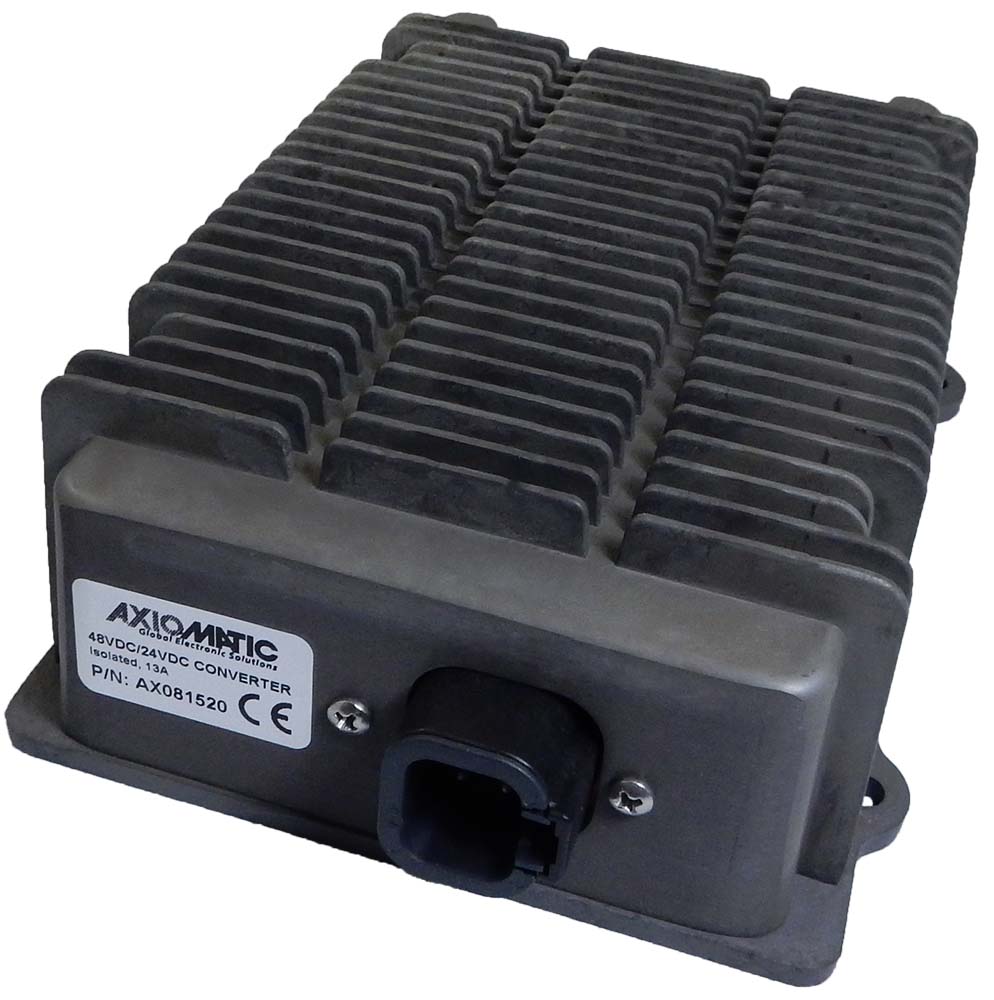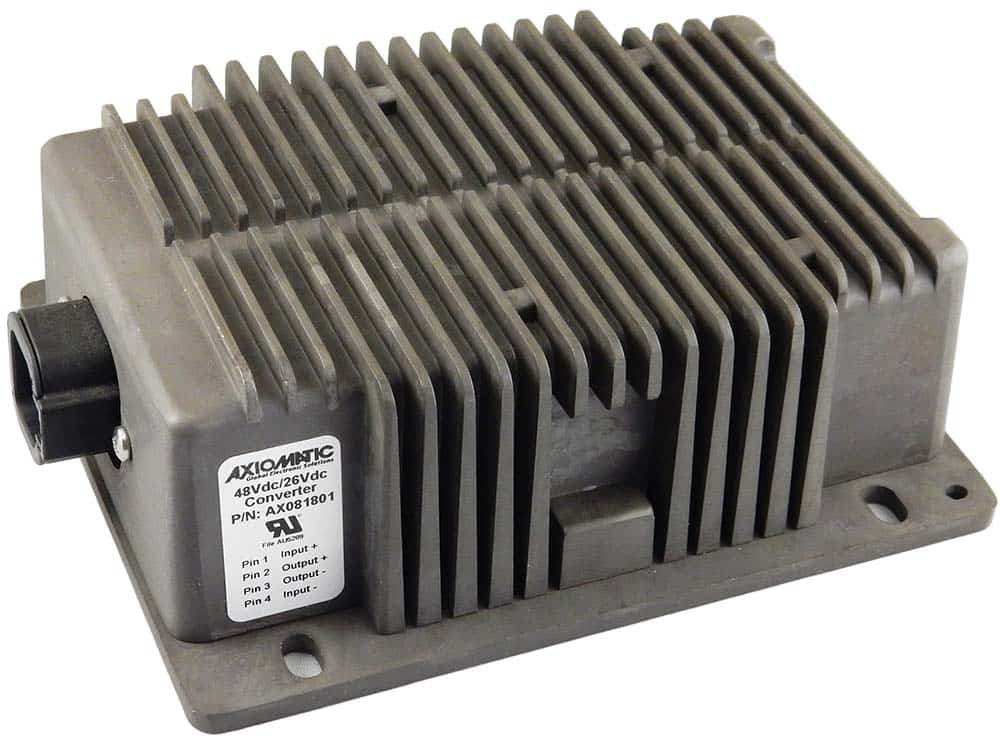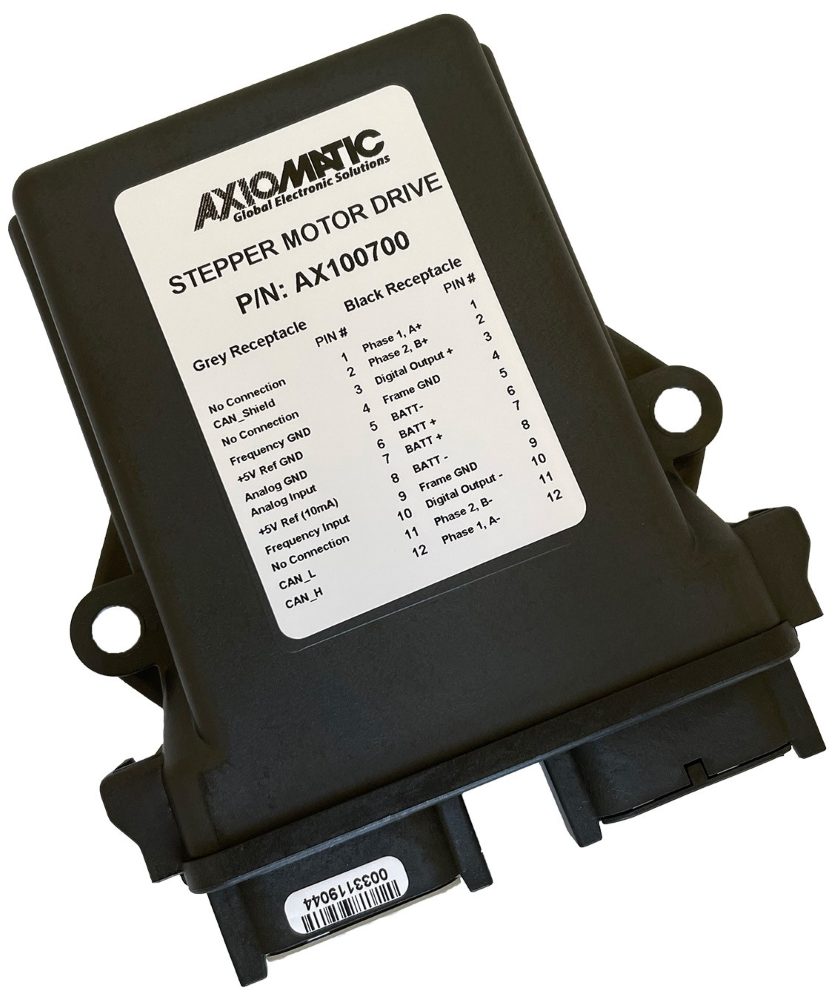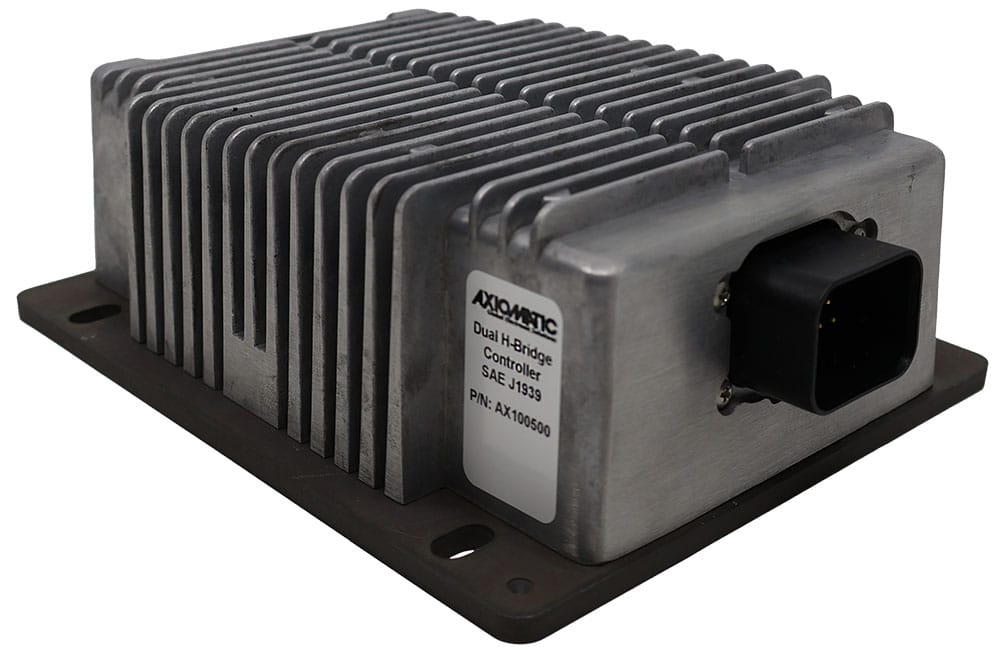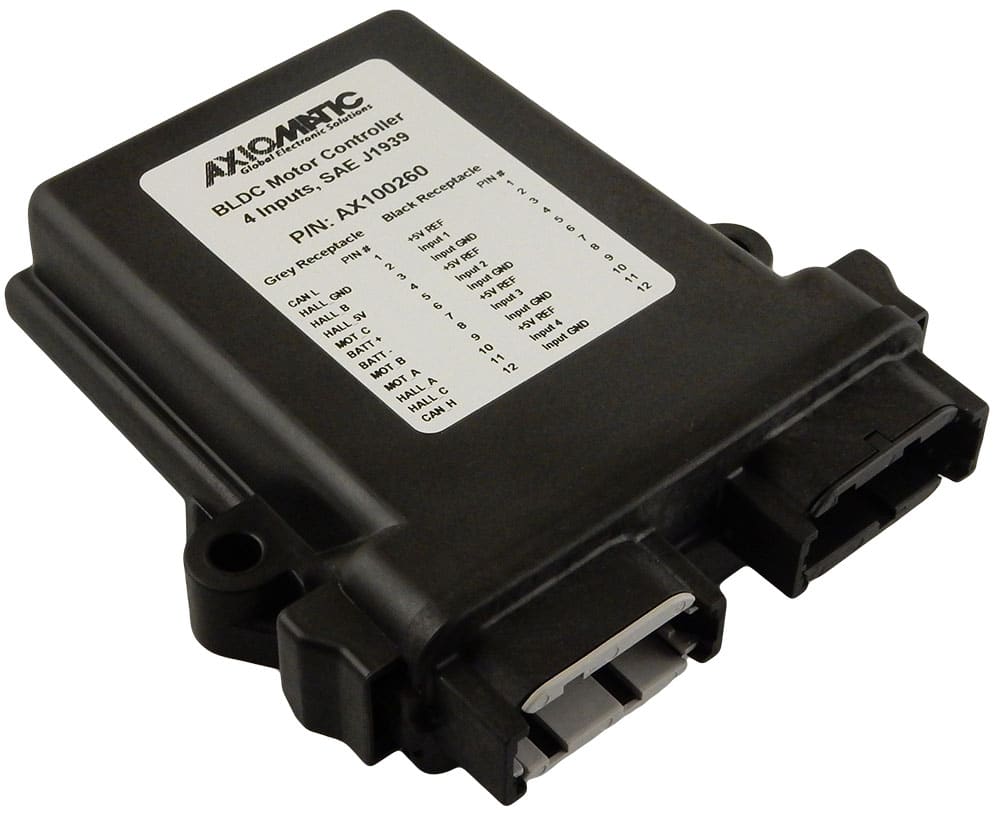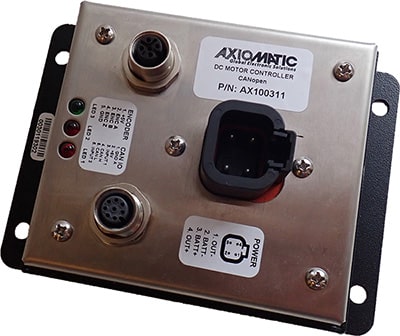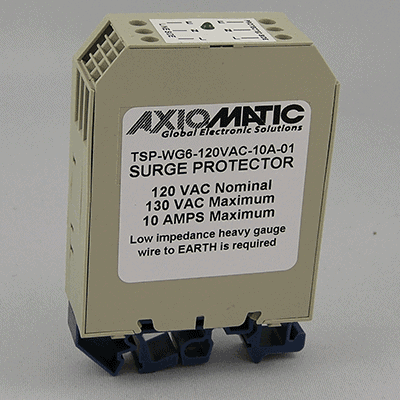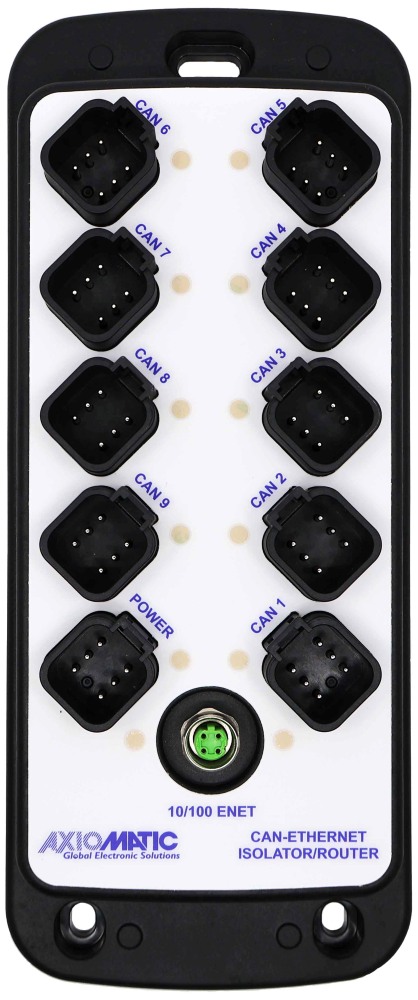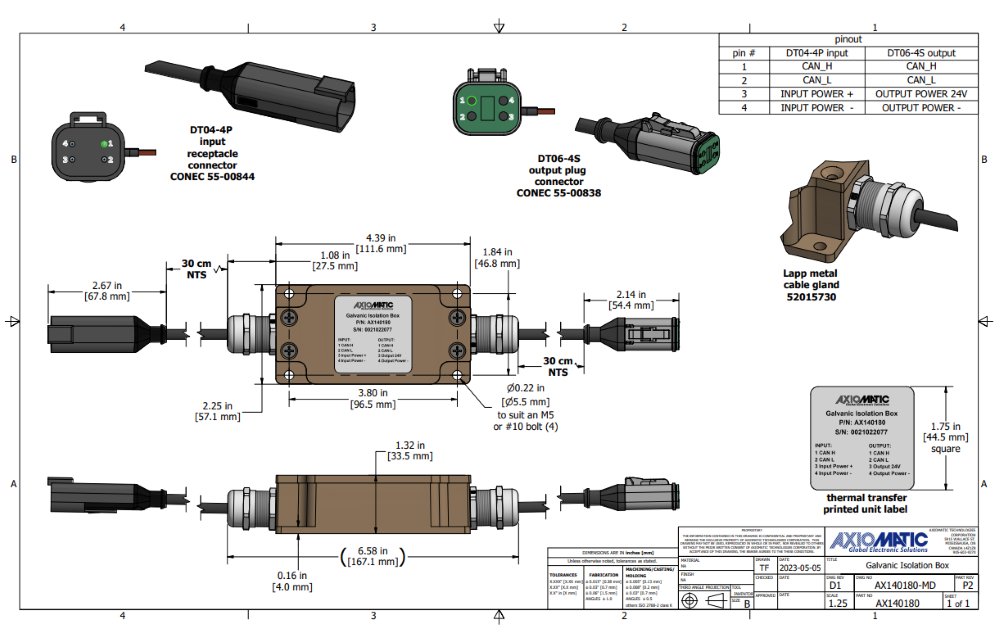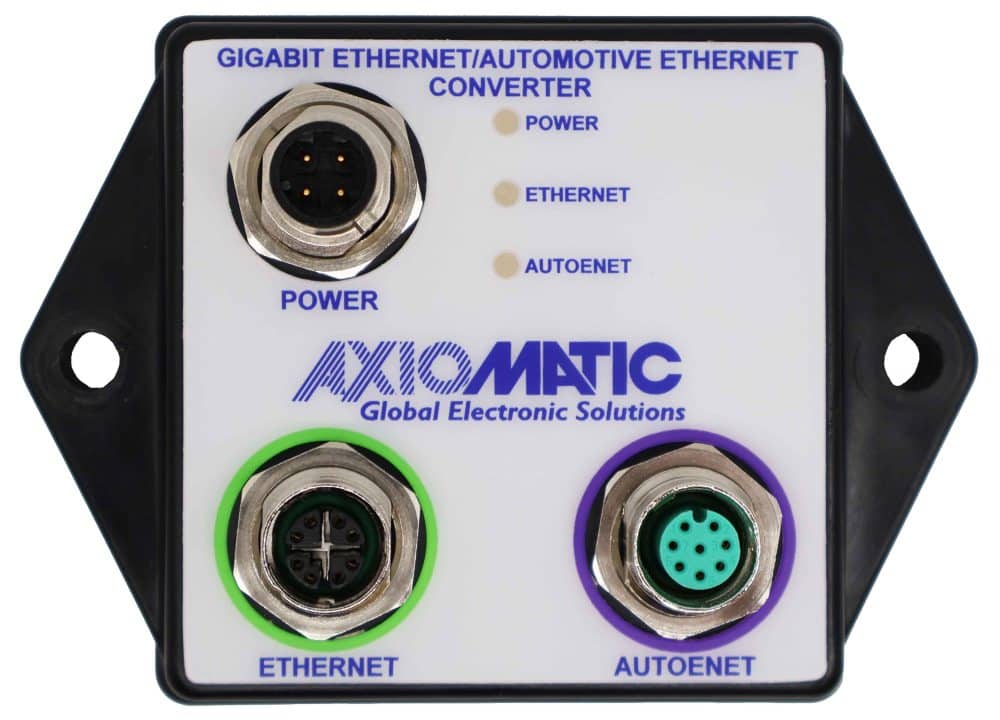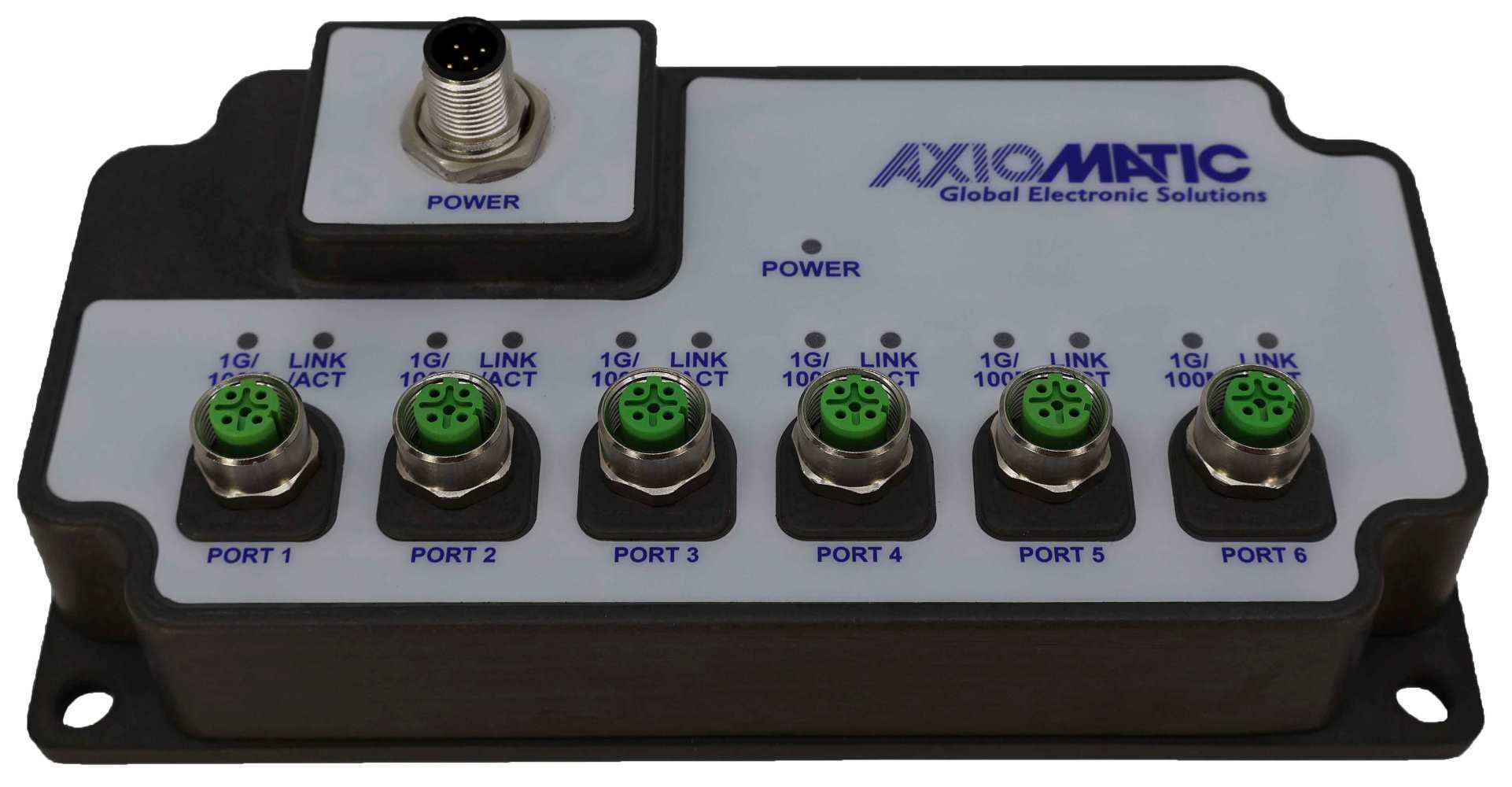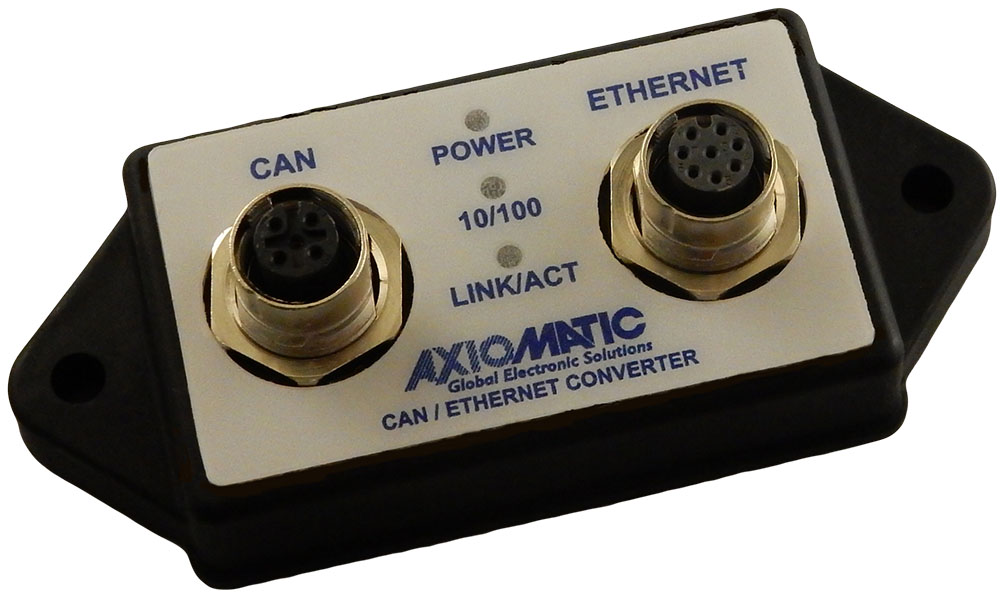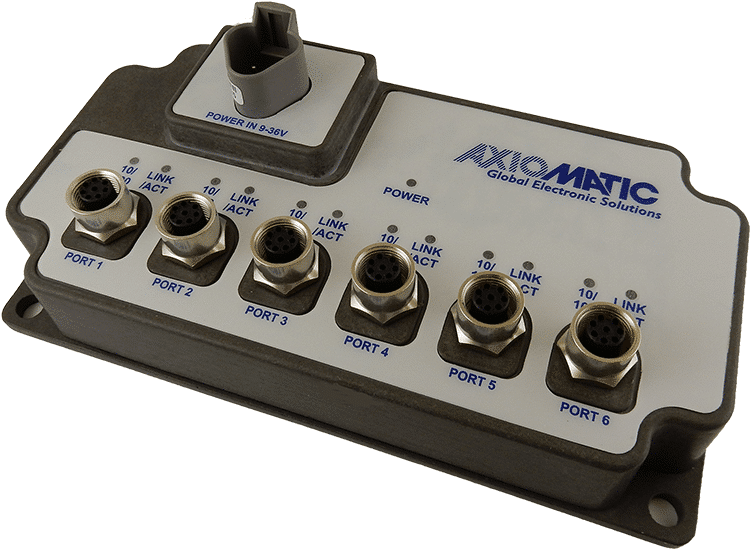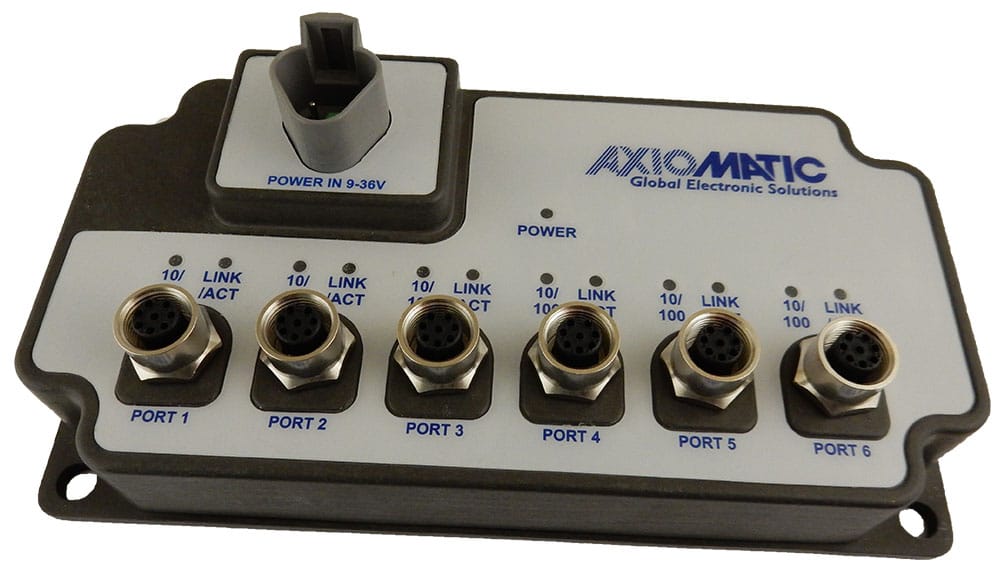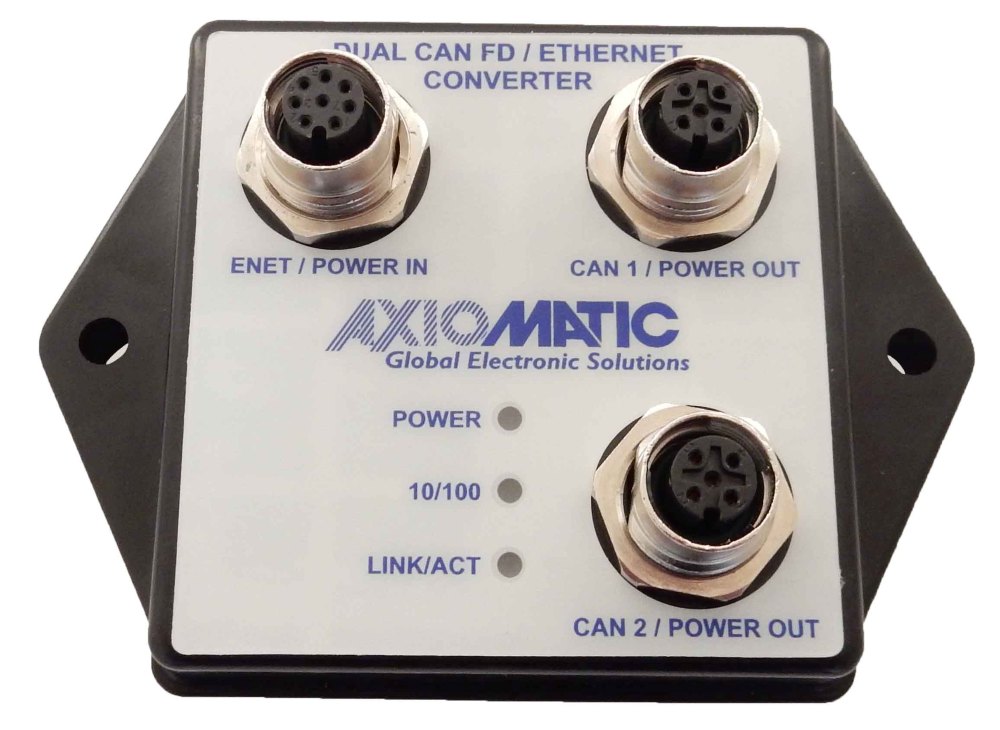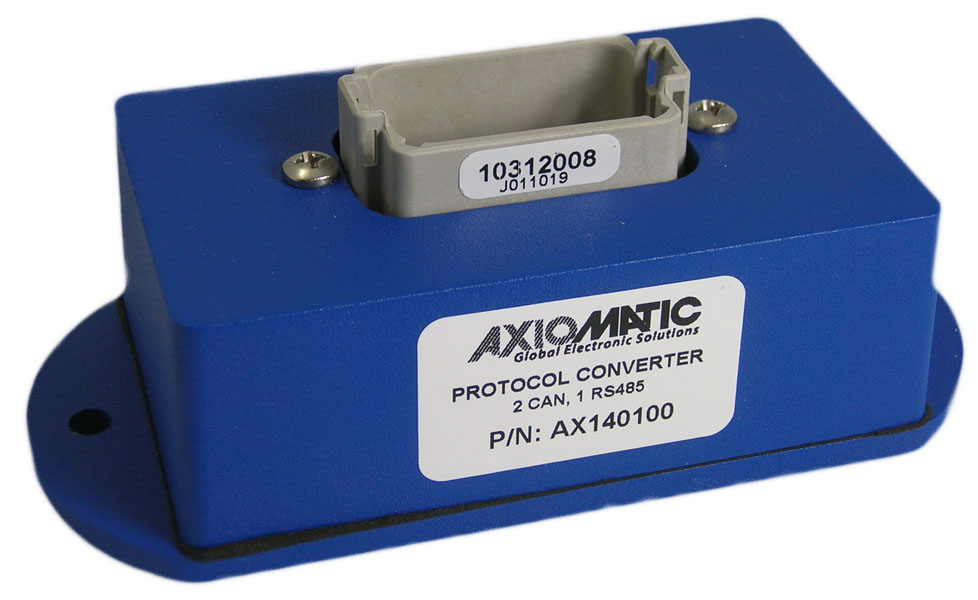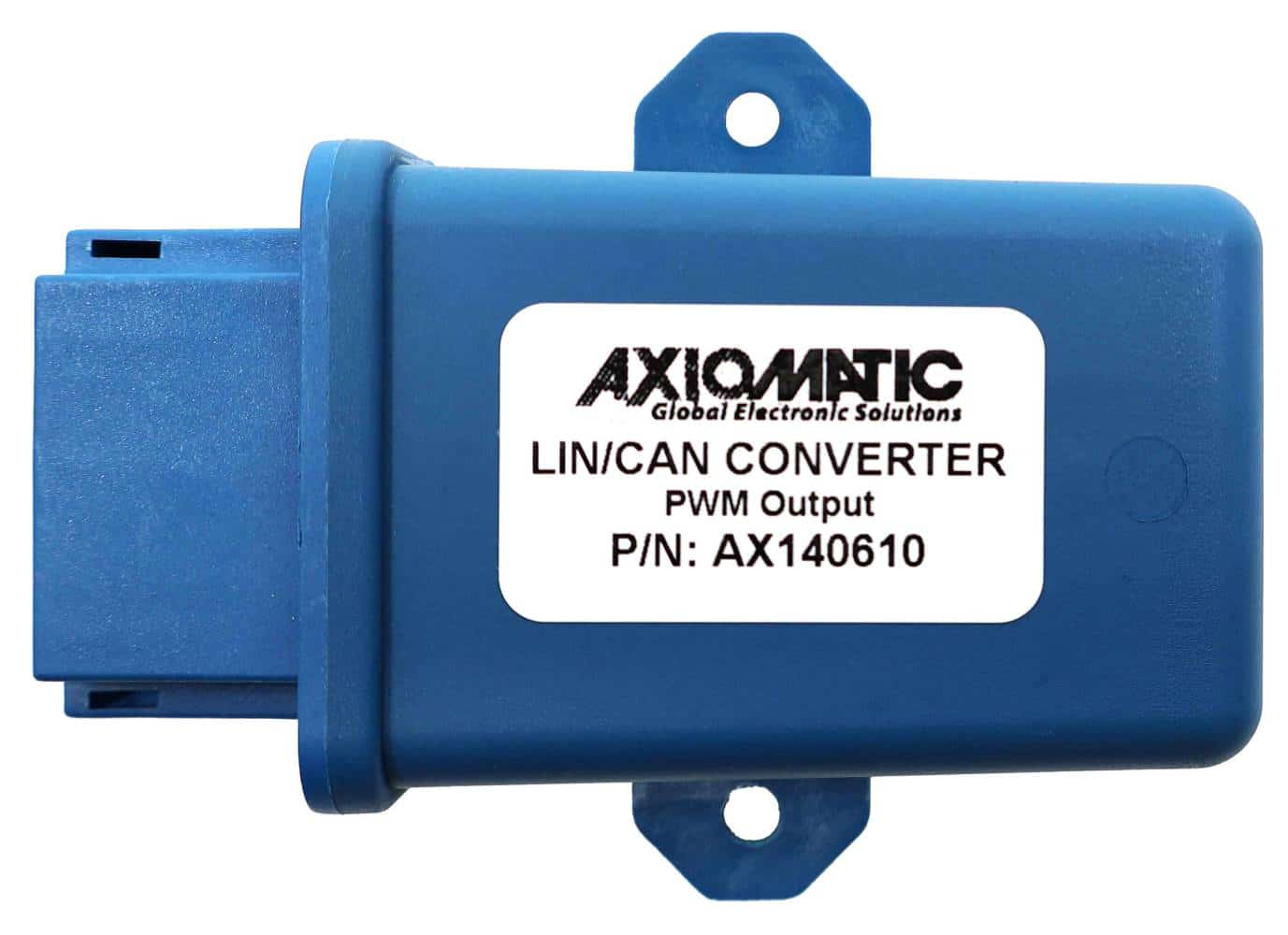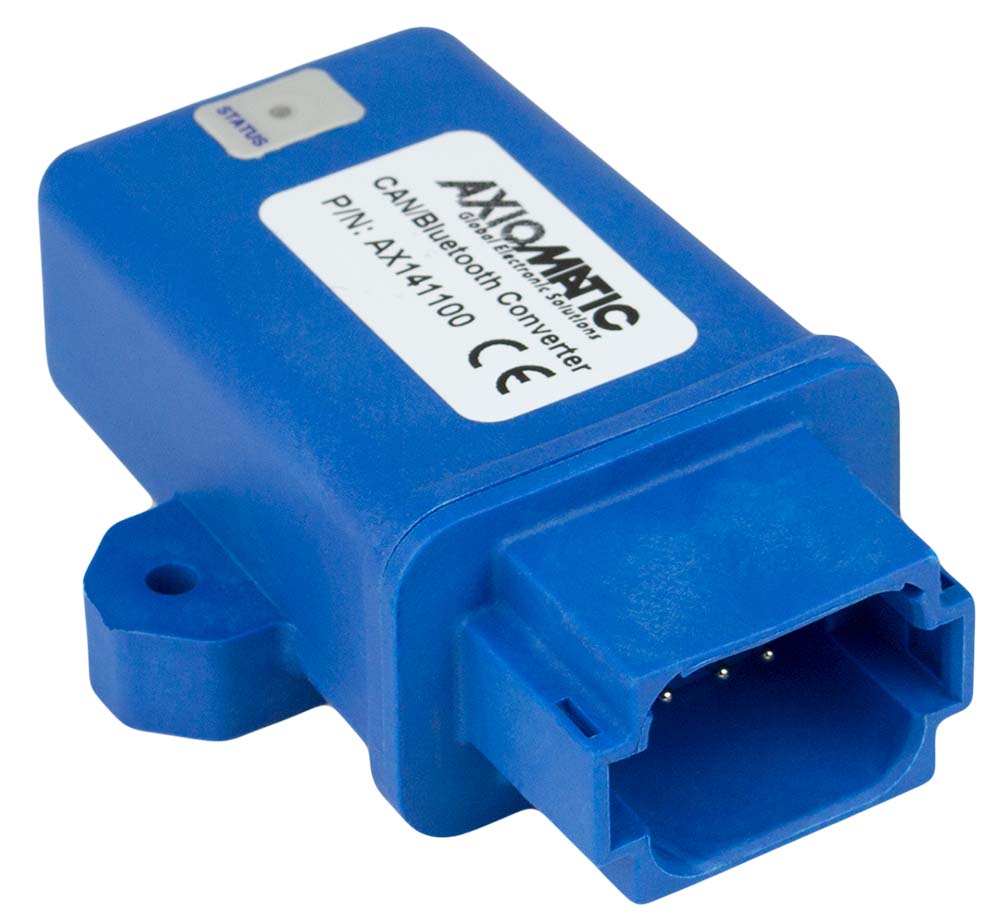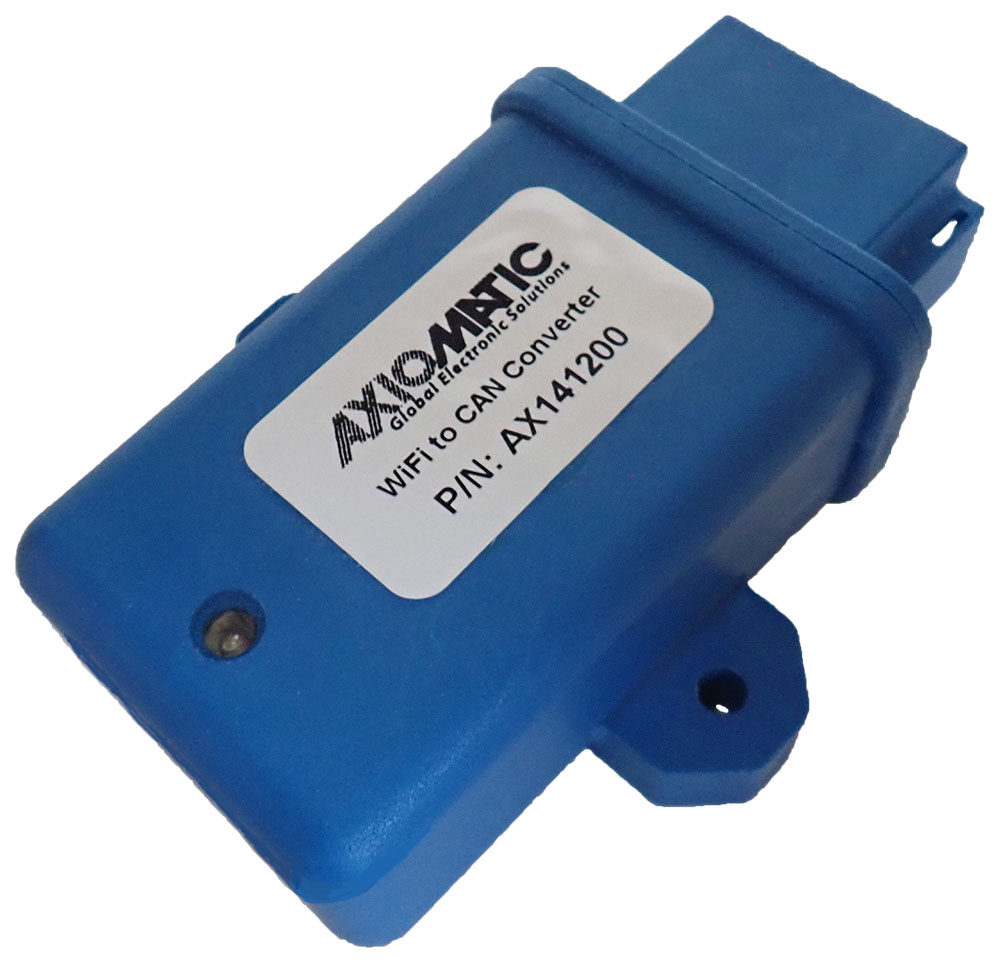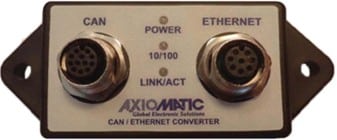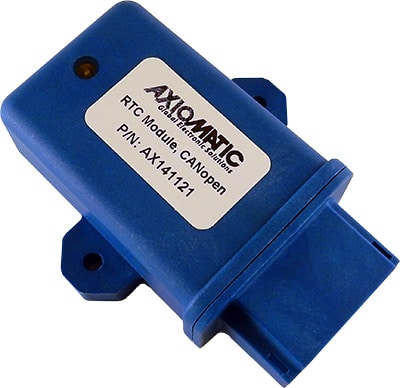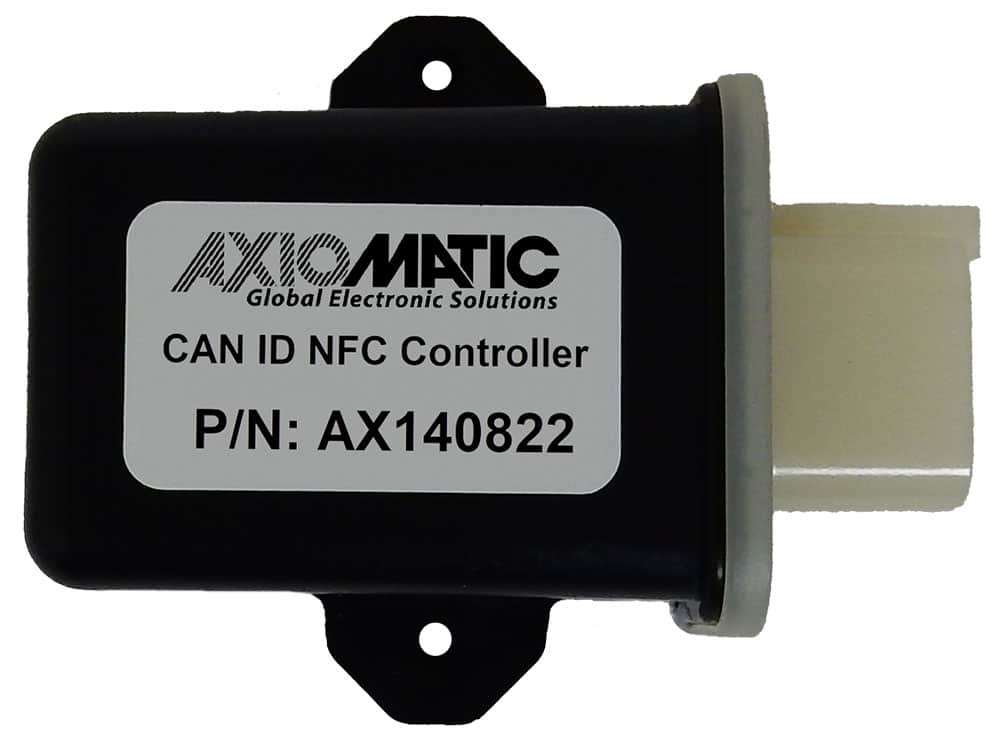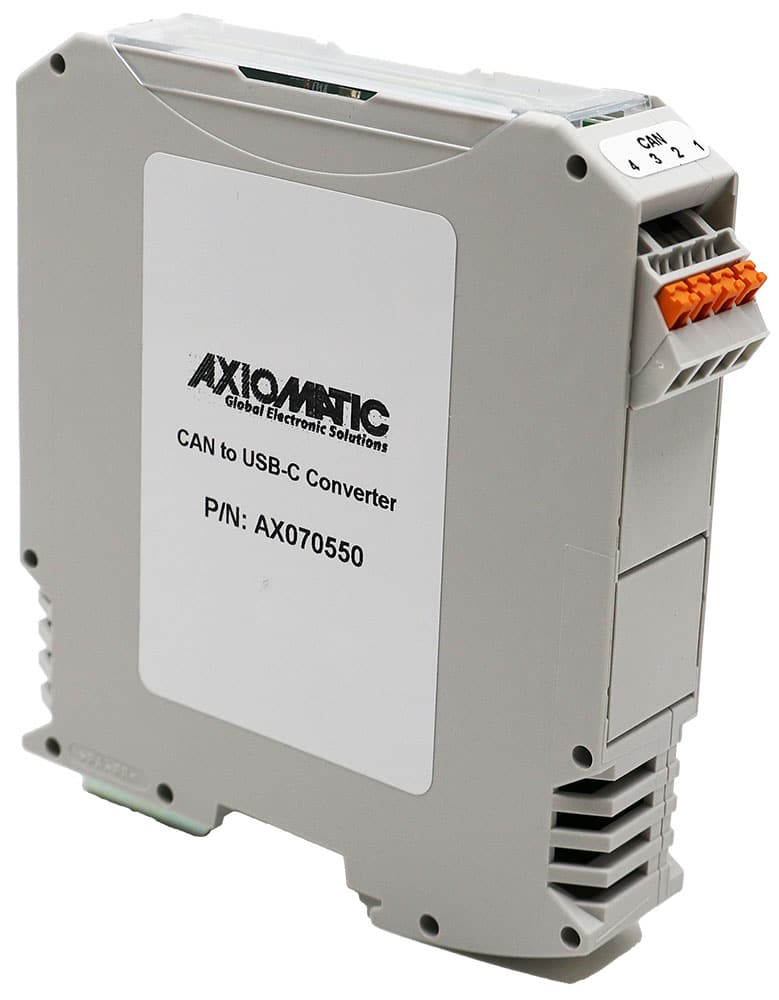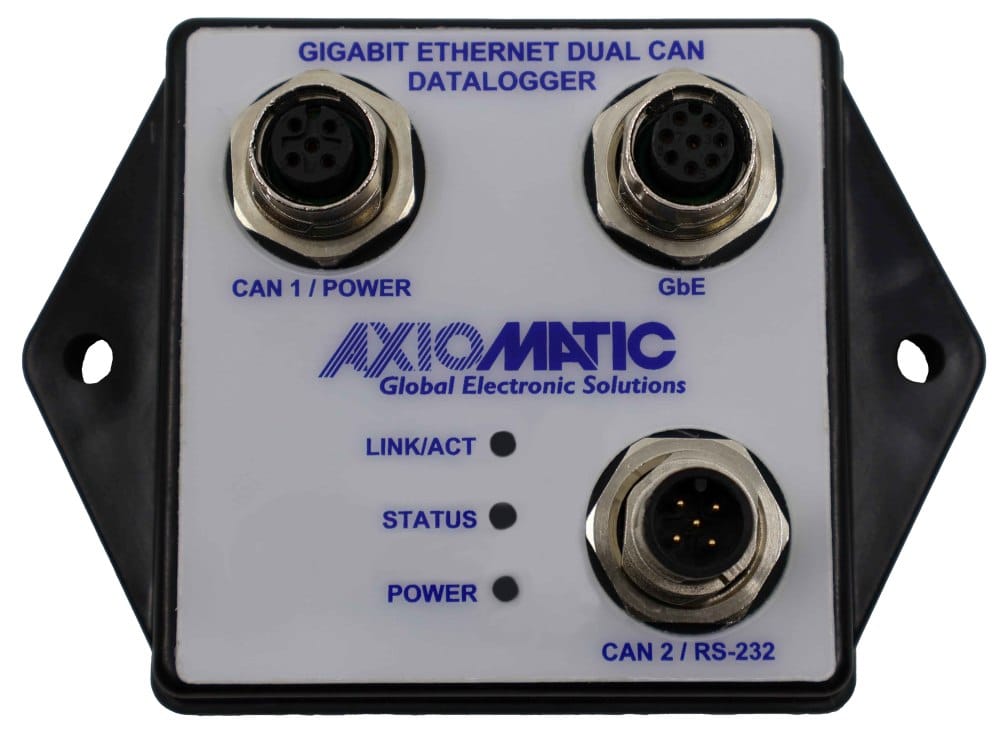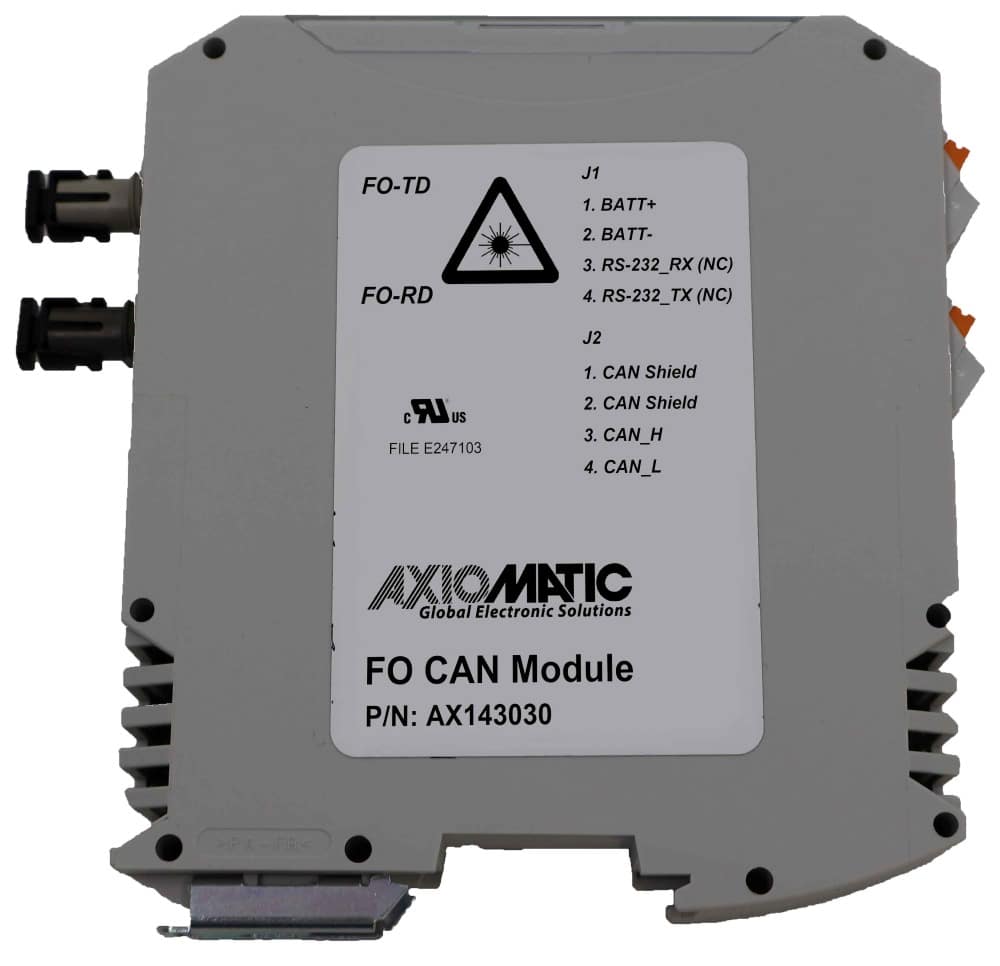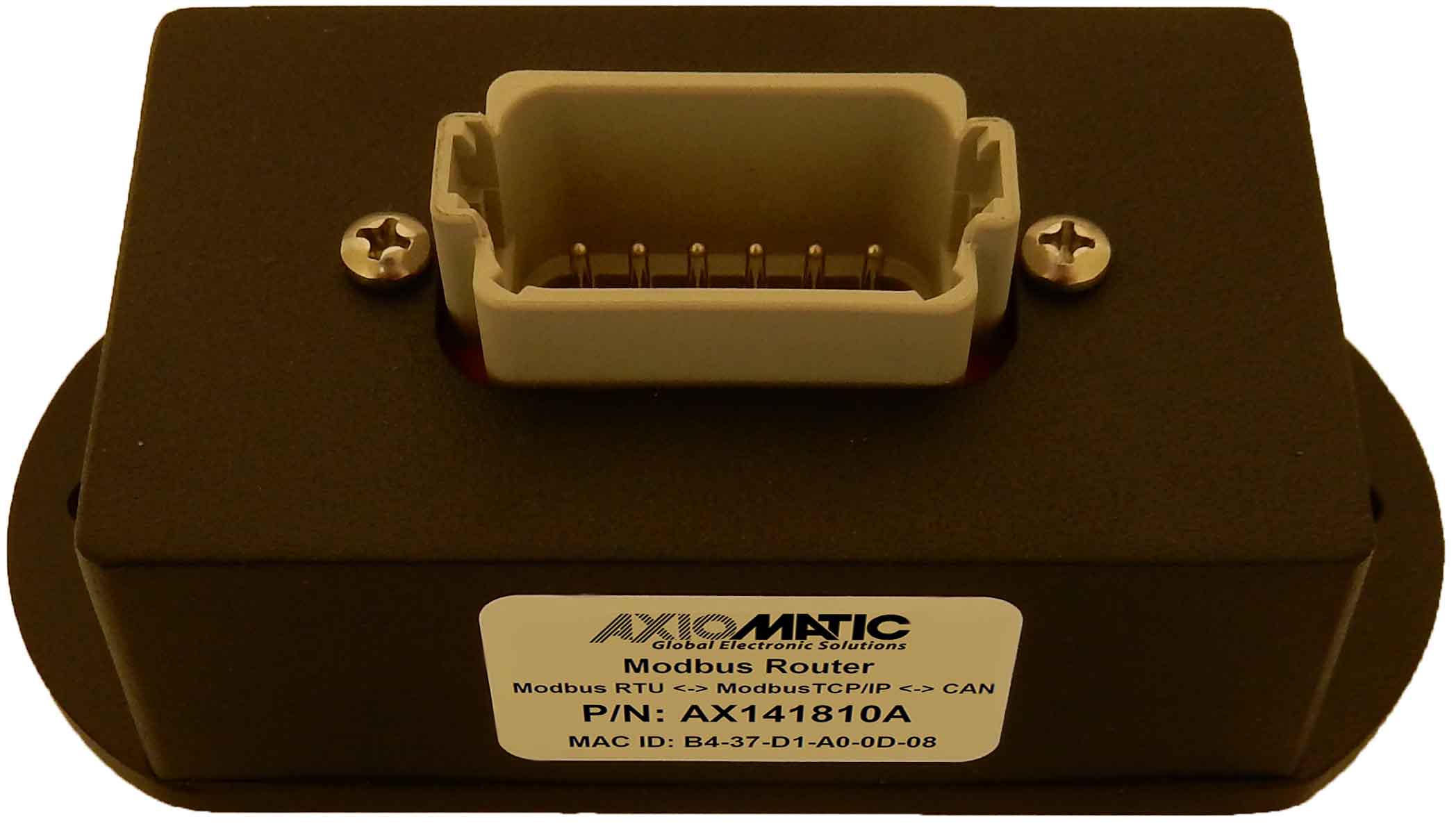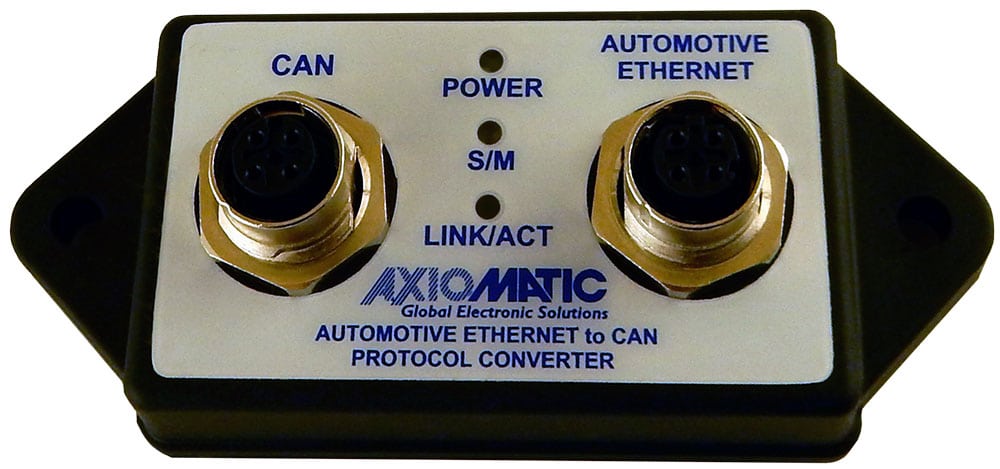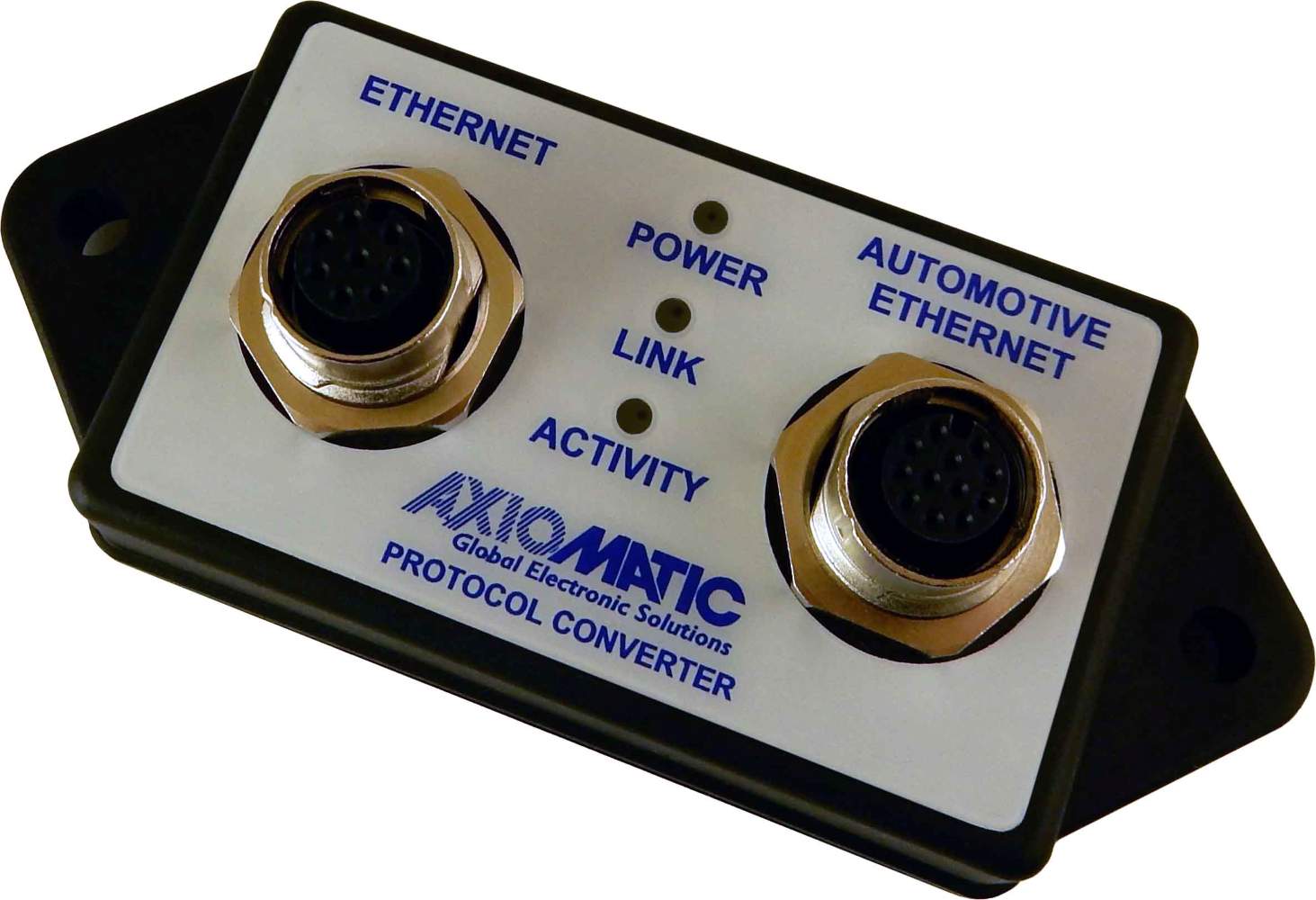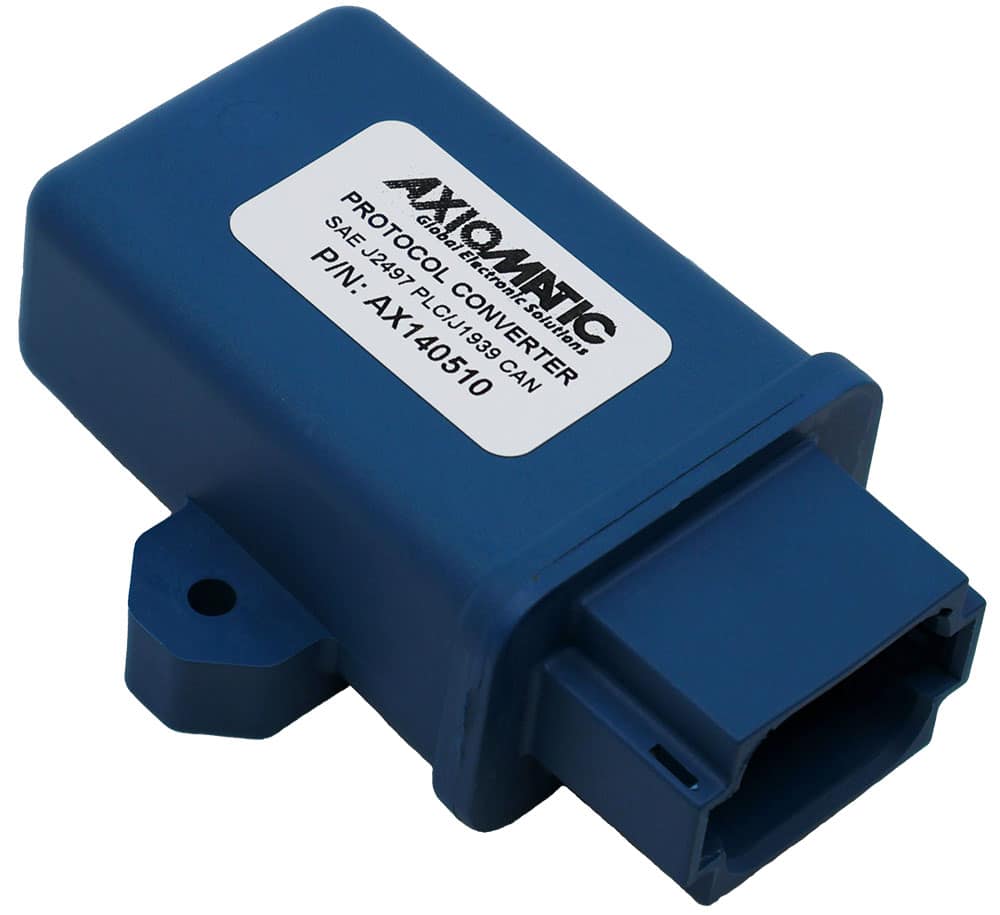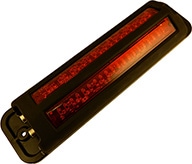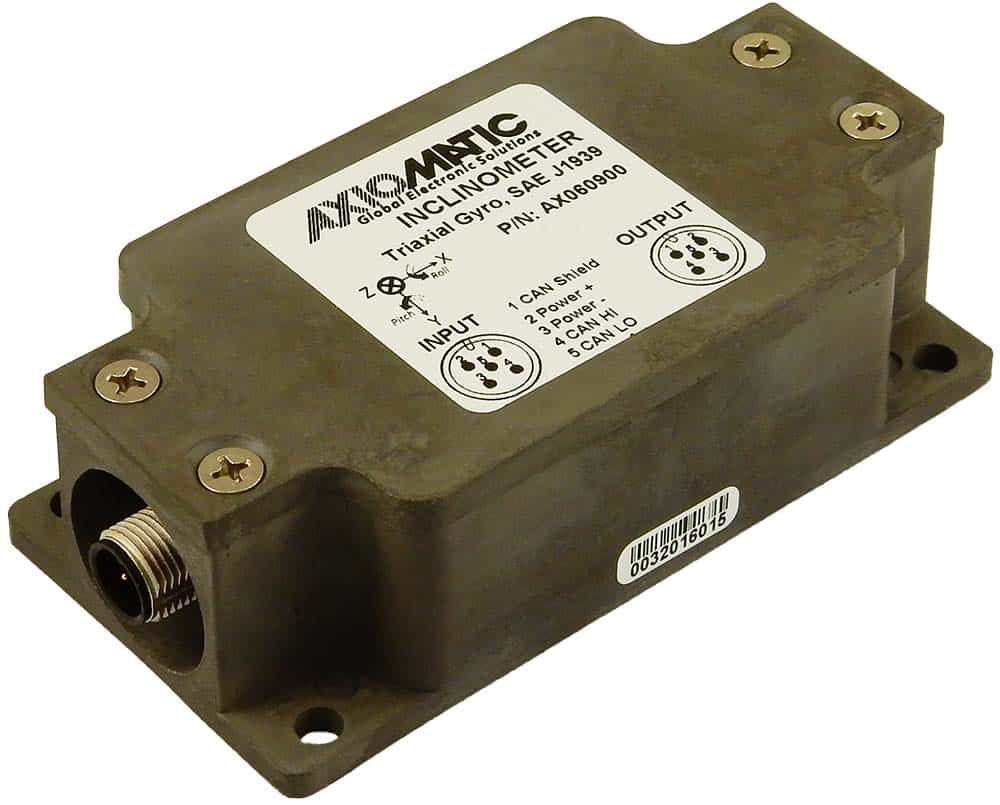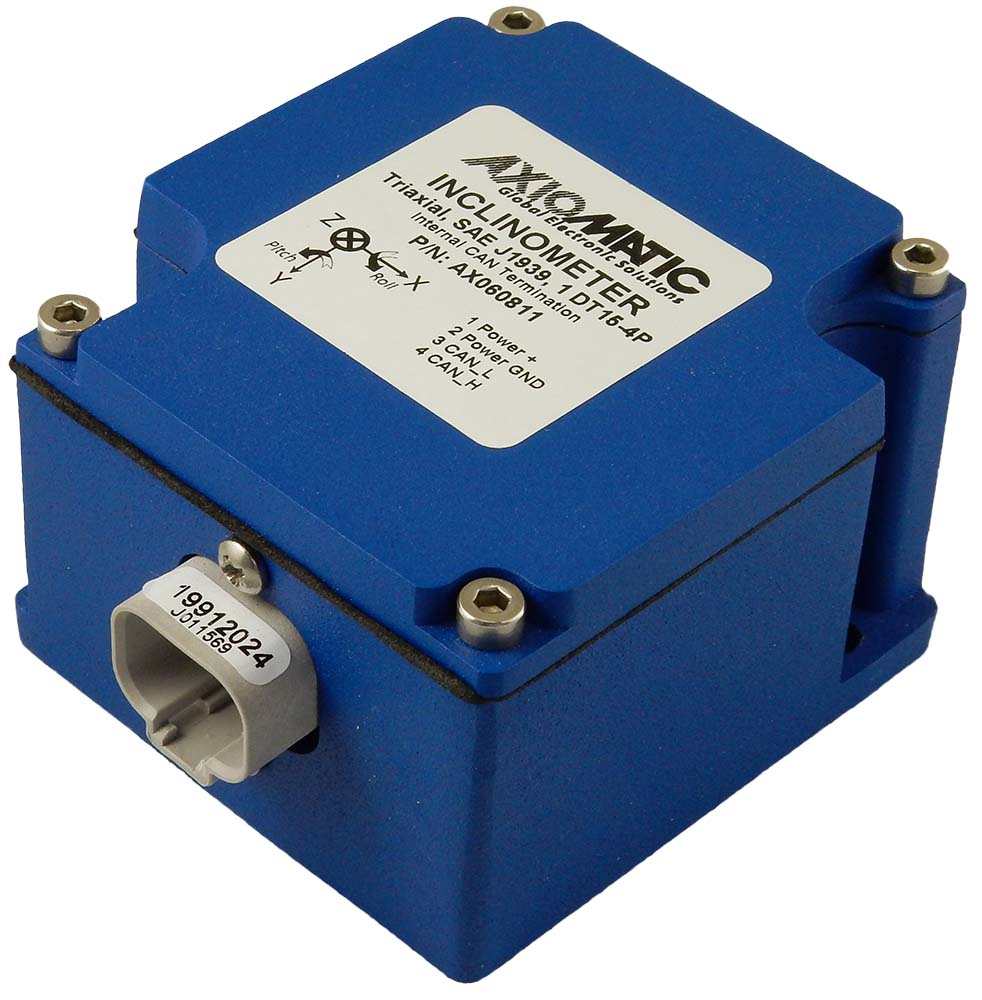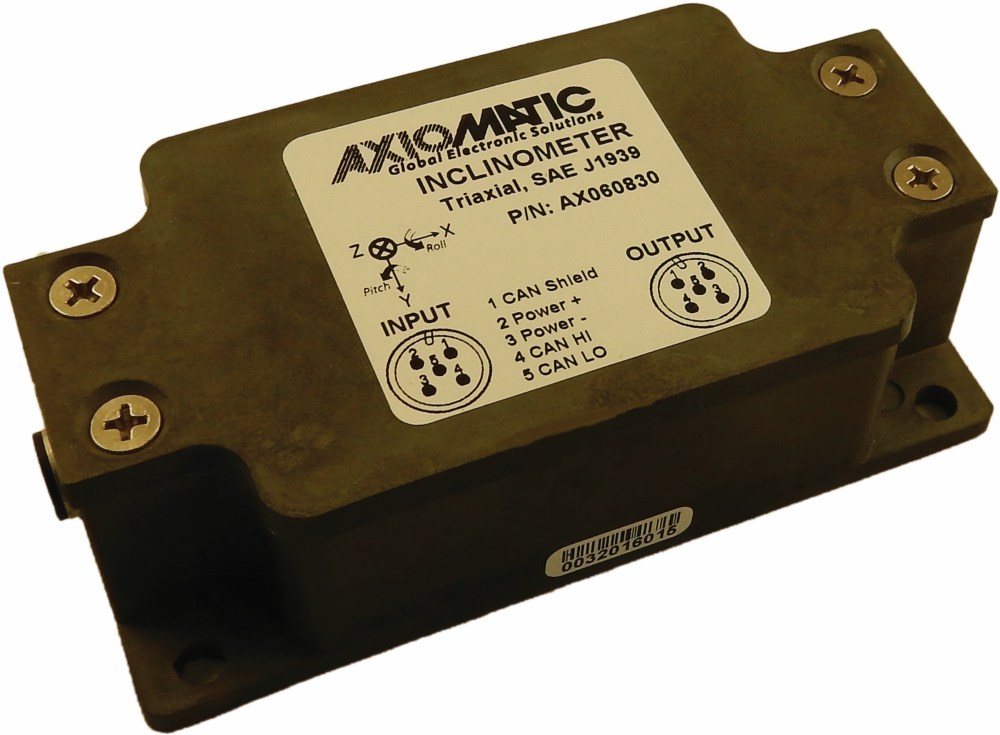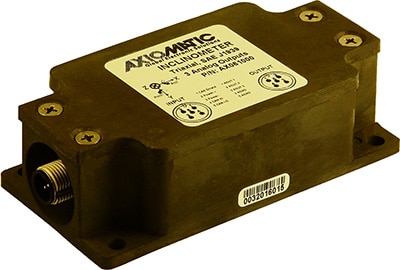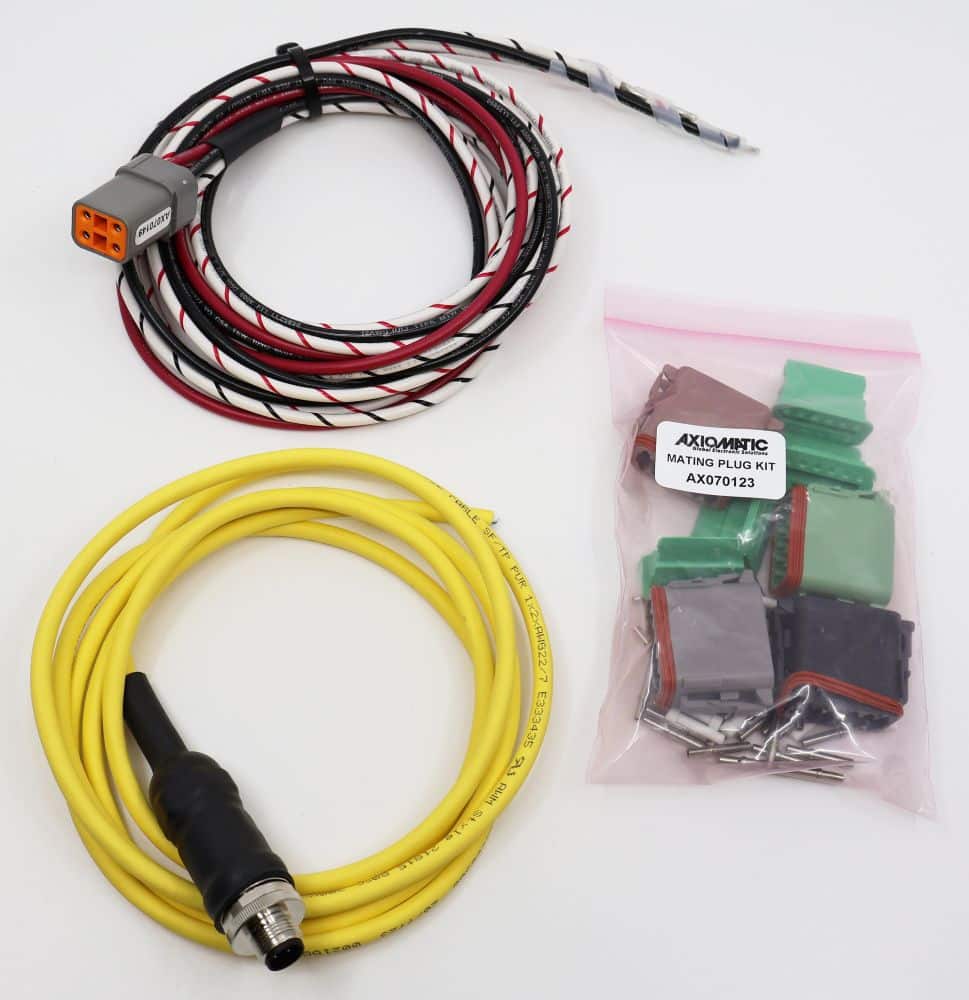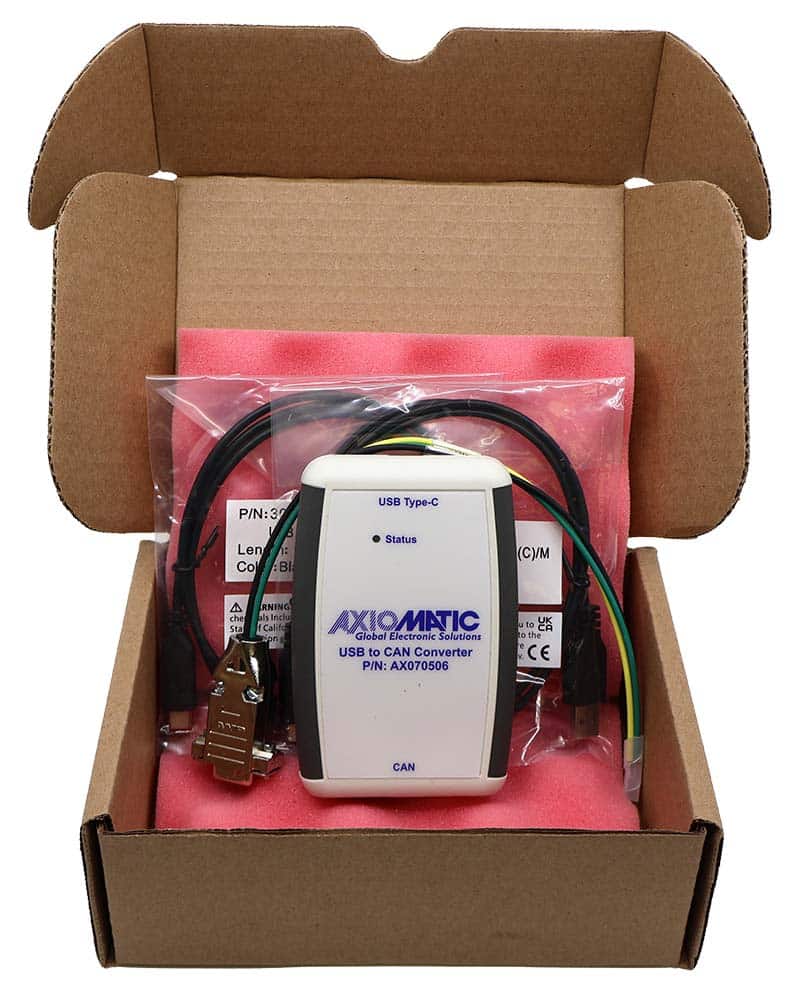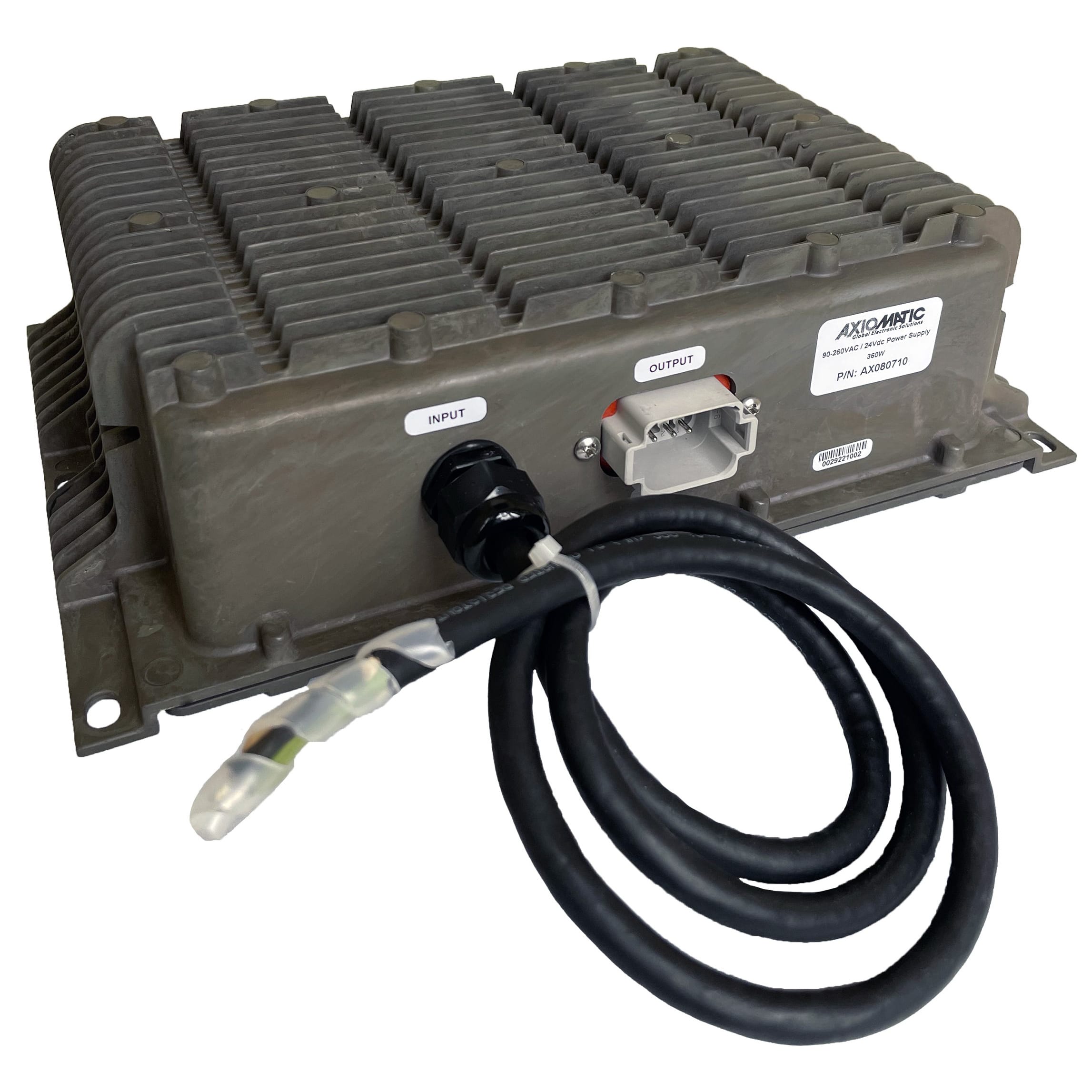
AC DC Converters
Table of Contents For AC DC converters
- How AC/DC Power Supply Works
- Requirements of an AC to DC Converter
- Benefits of an AC-DC Converter
- AC-DC Converter Topologies & Trade-offs
- Design Calculations & Example Sizing for a AC to DC converter
- Guidelines for Selecting a AC-DC Converter
- Steps to Choose an AC/DC Converter
- Standards, Certifications & Compliance
- FAQ / Troubleshooting of Your AC-DC Converter
- Conclusion
How AC DC Power Supply Works
AC/DC converters (often called rectifiers) turn alternating-current (AC) into direct-current (DC). The basic flow for an AC-DC converter is:- Rectification – Diodes convert the sinusoidal AC waveform into a pulsating DC voltage.
- Filtering – Capacitors (and sometimes inductors) smooth the pulsating voltage, removing ripple.
- Regulation (optional) – A regulator stage holds the output voltage steady despite load variations.
- Transform mains AC into a stable DC.
- Eliminate any residual AC that could damage downstream circuitry.
- Keep the output voltage within tight tolerances.
Requirements of AC/DC Converter
When choosing an AC to DC converter power supply for industrial automation, IoT, or smart-home devices, keep these core requirements in mind:- Compact Size – Modern devices favor lightweight, space-saving designs.
- High Efficiency – Higher efficiency means less wasted heat and lower operating costs.
- Low Standby Power – Idle consumption of a few microwatts dramatically extends battery life.
Benefits of an AC/DC Converter
- Energy Efficiency – One converter replaces multiple stages, cutting conversion losses.
- Space-Saving – Compact modules free up board and enclosure area.
- Cost-Saving – Lower energy consumption and fewer components reduce total cost of ownership.
Topologies and Trade-offs
| AC-DC Converter Topology | Typical Use-Case For This AC to DC Converter | Advantages of This AC-DC converter | Disadvantages of This AC-DC converter |
|---|---|---|---|
| Fly-back | Low-power adapters, isolated supplies (<30 W) | Simple, inexpensive, inherent isolation | Higher ripple, limited power |
| Forward | Medium-power isolated supplies (10-100 W) | Better efficiency, lower ripple | Needs output transformer, slightly larger |
| Buck-Boost (SEPIC, Cuk) | Battery-powered devices | Wide output range, non-inverting output | Lower efficiency, more components |
| Resonant (LLC) | High-efficiency (>95%) industrial supplies | Very low EMI, excellent regulation | Complex design, more parts |
| SiC / GaN based | High-frequency, ultra-compact | Extremely high efficiency, tiny parts | Higher cost, thermal management |
AC-DC Converter Design Calculations and Example Sizing
- Power Budget Iout = Pload / (Vout × η) Example: 12 V, 5 W sensor → Iout = 0.46 A → Select ≥ 0.5 A converter.
- Thermal Design Ploss = VinIin - VoutIout Example: 120 VAC input, 12 V × 0.5 A output, 90% efficiency → Ploss ≈ 2.4 W. ΔT = Ploss × RθJA = 72 °C. Junction ~97 °C at 25 °C ambient.
- Component Selection Flow Define input → Pick topology → Select controller IC → Add protection → Validate in simulation.
Guidelines for Selecting a Converter
- Efficiency ≥ 90% (≥ 95% for battery devices)
- Isolation Voltage ≥ 1.5 kV for safety-critical designs
- Package: DIP/SMD for PCB, TO-220 for higher-power
- Standby Power ≤ 10 µW for IoT sensors
- Environmental Rating: temperature & IP protection
Standards, Certifications, and Compliance
| Domain | Relevant Standard(s) | Why It Matters |
|---|---|---|
| Safety | IEC 62368-1, UL 60950-1 | Protects users from hazards |
| EMC | IEC 61000-4-2, IEC 61000-4-3 | Limits interference |
| Efficiency | EU Ecodesign, ENERGY STAR | Meets regulatory limits |
| Materials | RoHS, REACH | Restricts hazardous substances |
| Automotive | ISO 26262 | Ensures vehicle safety |
- [ ] UL/CE marked?
- [ ] Meets IEC 62368-1?
- [ ] EMI/EMC tested?
- [ ] RoHS compliant?
- [ ] ISO 26262 for automotive?
FAQ – Troubleshooting For AC-DC Converters
| Problem | Likely Cause | Suggested Remedy |
|---|---|---|
| Output voltage drifts | Insufficient capacitance or loop instability | Increase Cout, adjust compensation |
| Converter runs hot | Poor thermal path, high quiescent current | Add heatsink, use efficient topology |
| Excessive ripple | Inadequate filtering | Add LC filter, ferrite beads |
| Fails at startup | Inrush exceeds ratings | Add NTC or soft-start circuit |
| Isolation breakdown | Poor PCB spacing, transformer fault | Redesign spacing, test isolation |
Conclusion
Modern AC/DC converters power everything from smart-home hubs to EV fast chargers. By understanding topology choices, performing power and thermal calculations, following standards, and anticipating troubleshooting issues, designers can build converters that are efficient, reliable, and compliant.Browse by Product Category
Tell Us Your RequirementsVAC to 12 or 24 VDC, AC/DC Power Supplies
The AC/DC Converters accepts a wide range of inputs (95-260 VAC), and have either a 24 VDC, 15 A output, or a 12 VDC, 30 A output. They are designed for mounting in a vehicle or in a stationary engine. Axiomatic's AC/DC units manage heat dissipation, so no fan cooling is required, and have a high efficiency rating.
4 Parts
View AllCan’t find what you’re looking for?
We offer fresh design ideas and rapid prototyping that caters to the needs of OEM’s from different industries relying on battery-powered control systems. Contact us for customization or new product design.
Tell Us Your RequirementsFeatured AC DC Converters

Center Bonded Mounts
Center Bonded Mounts STA Series
All Product Categories
1
Automation
2
Power Management
3
Connectivity Solutions
4
Machine Control
5
Accessories
I/O Controls & Signal Converters
View All
Engine Temperature Monitoring Solutions
View All
Hydraulic Valve Drivers & Controllers
View All
Signal Input Controllers with CAN
View All
Signal Output Controllers with CAN
View All
Signal Inputs, Signal Outputs, CAN Converters
View All
I/O Modules with Relay Outputs and CAN
View All
Signal Input Controllers with Modbus TCP/IP
View All
LED Outputs CAN Controllers
View All
LVDT and LVDT/RVDT Simulators, DIN Rail Mount
View All
Multi-Channel Strain Gauge CAN Controllers
View All
Wake-On-Charge Module, CAN
View All
Multiple Cell Battery Voltage Monitors
View All
PWM to Voltage or Current Signal Converters, DIN Rail Mount
View All
4-20 mA Current to Current Converters, DIN Rail Mount
View All
Voltage or Current to Bipolar Current Converters, DIN Rail Mount
View All
1 Signal Input to CAN Converters
View All
1 Universal Signal Input CAN Controllers
View All
Magnetic Pickup Input to CAN Converters
View All
Magneto-Resistive Speed Sensor Input Controller, CAN
View All
RS-232 to CAN Converter with Two Digital Inputs
View All
4 Universal Signal Inputs Controllers
View All
4 Digital Inputs Controller with CAN and Ethernet
View All
6 Digital Inputs Controllers
View All
10 Universal Signal Input CAN Controllers
View All
12 Channel Strain Gauge - CAN Controller
View All
18 Digital Inputs CAN Controllers
View All
CAN to Sine or Square Wave and PWM Output Controller
View All
1 Resistive Output CAN Controller
View All
1 Analog Signal Output CAN Controllers
View All
CAN to PWM Signal Controller
View All
CAN to 1 Signal Output Controllers
View All
CAN to 2 Analog/Digital Isolated Signals and 1 Relay Output Converters
View All
CAN to 2 Analog/Digital Signals and 1 Relay Output Converters (Compact)
View All
4 Signal Outputs CAN Controllers
View All
12 Signal Output Controllers
View All
Voltage or Current to PWM Signal Converters
View All
PWM to Current Signal Converters, DIN Rail Mount
View All
PWM to Voltage Signal Converters, DIN Rail Mount
View All
0-200 mA to 4-20 mA Isolated Current Converters
View All
1 Input, 1 Output, Isolated Signal Converter
View All
Bipolar Input, Relay and Analog Signal Output Controller, NFC, DIN Rail Mount
View All
1 Digital Input, 2 Relay Outputs Controller, Isolated CAN, DIN Rail Mount
View All
Universal Signal Converter with Three-way Isolation, DIN Rail Mount
View All
Intelligent Load Control Switch
View All
Economy Dual Channel Universal Signal Converters
View All
Isolated Dual Channel Universal Signal Converter with CAN
View All
Isolated, Dual Channel, Universal Signal CAN Converter, NFC, DIN Rail Mount
View All
4 AC Voltage or Current Inputs, 4 Analog Outputs CAN Controllers, DIN Rail Mount
View All
2 Bipolar Analog/Digital and 8 Universal Signal Inputs Controller, Ethernet Port, DIN Rail Mount
View All
2 Bipolar Analog/Digital and 8 Universal Signal Inputs Controller, DIN Rail Mount
View All
3 Encoder, 7 Signal Inputs CAN Controllers, Isolated
View All
11 Input to 9 Output CAN Controllers
View All
12 Inputs, 8 Analog and 1 Relay Outputs CAN I/O Module
View All
16 Inputs, 15 Outputs Interface Modules
View All
21 Inputs, 6 Outputs, Isolated Dual CAN Controllers
View All
Resistance Temperature Detector (RTD) Modules
View All
Thermocouple (TC) Modules
View All
DIN 43650A Valve Controllers & Amplifiers
View All
Plug-In Valve Controllers
View All
CAN to Outputs Valve Controllers
View All
Proportional Output Controllers with Signal Inputs
View All
Encoder Input, Dual Output Valve Controllers
View All
H-Bridge Controllers
View All
Digital On/Off Valve Controllers
View All
Dual Servo Valve Controllers
View All
Controllers with Near Field Communications (NFC)
View All
Remote Mount Solenoid Drivers, PCB or Metal Box
View All
Remote Solenoid Drivers, 1 Analog Input, 1 Output, DIN Rail Mount
View All
DSDA-SMB-x Dual Solenoid Multifunction Valve Drivers
View All
Pulsar Valve Controller, SAE J1939, 250kbps
View All
12V or 24V Hot Shot Solenoid Protection Controllers
View All
Economy Analog Valve Controllers, DIN Rail Mount
View All
Single Output Plug-In Valve Controller
View All
CAN to 1 Output Valve Controllers
View All
CAN to 1 Output Valve Controller, DIN 43650A
View All
CAN to 2 Outputs Valve Controllers
View All
Dual Output Plug-In Valve Controllers
View All
CAN to 4 Outputs Valve Controllers
View All
CAN to 6 Output Valve Controllers
View All
10 Outputs Valve Controllers
View All
CAN to 10 Outputs Valve Controllers
View All
Universal Input, Single Output Valve Controllers, Near Field Communications (NFC)
View All
1 Universal Input, 1 Output Valve Controllers with LED
View All
Single Input, Dual Outputs Valve Controllers
View All
1 Digital Input, 2 Digital Outputs Valve Controllers with CAN
View All
1 Universal Input, 2 Outputs, Valve Controller, Plug-In
View All
2 Inputs, 2 Outputs Valve Controllers
View All
Dual Input, Dual Output Valve Controllers, DIN Rail
View All
4 Inputs, 2 Outputs, +/- 400 mA Valve Controllers
View All
4 Inputs, 2 Outputs, 3A Valve Controllers
View All
4 Inputs, 8 Proportional Outputs Valve Controllers
View All
6 Inputs, 5 Outputs Valve Controllers
View All
7 Input, 5 Output Valve Controller, SAE J1939
View All
7 Digital Inputs, 6 Digital & 4 LED Outputs Controllers
View All
8 Input, 5 Output Valve Controllers
View All
12 Inputs, 12 Outputs Valve Controllers
View All
CAPVE-H-5V-XA-5C-2M Economy Connector Amplifiers for Proportional Valves
View All
CAPV-H-5V-x Connector Amplifier For Proportional Valves
View All
CAPV-H-10V-X Connector Amplifiers for Proportional Valves
View All
CAPV-H-4-20MA-X Connector Amplifiers for Proportional Valves
View All
SSD-H-t-02-x-yM Soft Shift Controllers
View All
3A Solenoid Drivers
View All
Remote Mount Solenoid Driver (0-5 Vdc/0-20 mA/10 K Potentiometer Input)
View All
Remote Mount Solenoid Driver (0-10 Vdc Input DC)
View All
Remote Mount Solenoid Driver (4-20 mA Input)
View All

Bumpers
- Flat Top Recessed Bumpers
- Rounded Top Recessed Bumpers
- Large Bumper Pads
- Grommet Bumper A
Battery Chargers
View All
DC to DC Converters - DC-DC Converters
View All
Motor Drives and Controllers
View All
Surge Protectors
View All
AC DC Converters
View All
24VDC, 15A Battery Charger with CAN bus
View All
12VDC, 25A Battery Charger with CAN Bus
View All
24VDC/14VDC, 2A Battery Charger/Converter for SLA and AGM Batteries with CAN Bus
View All
24VDC, 1.2A Battery Charger for Lithium-ion Batteries with CAN Bus
View All
48VDC to 12 or 24VDC, 2A Battery Chargers/Converter with CAN Bus
View All
12VDC Input Power Converters
View All
12VDC to 12VDC Power Converters
View All
12 or 24VDC to 24VDC Converters
View All
12 or 24VDC to 48VDC Converters
View All
24VDC to 12VDC, Isolated Converters
View All
24VDC to 24VDC, Isolated DC/DC Converters
View All
Power Supplies with Back-up Time
View All
24VDC to 72VDC, Isolated Converters
View All
12 or 24VDC to 120-140VDC Power Converters, DIN Rail Mount
View All
48VDC Input Power Converters
View All
48VDC to 24VDC Power Converters
View All
72, 96, or 110VDC to 12VDC, Isolated Power Converters
View All
72, 96, or 110VDC to 24VDC Isolated Power Converters
View All
72VDC to 36VDC Power Converters
View All
CAN Enabled Power Converters
View All
12 or 24V to 1A DC/DC Converters
View All
12VDC to 25VDC Converters
View All
15-60VDC to 24VDC Converters
View All
15-60VDC/24VDC, 240W Isolated Converter
View All
12VDC/12VDC, 18W Isolated Power Converter
View All
12VDC/12VDC, 180W Isolated Converters
View All
9-36VDC/12VDC, 18W Isolated Power Converter
View All
12VDC/24VDC, 60W Isolated Power Converters
View All
12VDC/24VDC, 170W Isolated Converters
View All
12VDC/24VDC, 190W Isolated DC/DC Converters
View All
12VDC/48VDC, 60W Isolated Power Converters
View All
24VDC to 12VDC, 5A Isolated Converters
View All
24VDC to 14VDC Isolated Converters
View All
24VDC to 24VDC, 18W Converter
View All
24VDC/24VDC, 3A Isolated DC/DC Converters
View All
24VDC to 24VDC, 120-135W Isolated Converters
View All
24VDC to 24VDC, 10A Isolated Converters
View All
24VDC/24VDC, 500W Isolated Converter
View All
24VDC/24VDC, 720W, Non-Isolated DC/DC Converters
View All
24VDC to 48VDC, 60W Isolated Converters
View All
48VDC to 12VDC Power Converters
View All
48VDC to 13.8VDC Converters
View All
48VDC/24VDC, 720W Non-Isolated Step-Down Converter
View All
48VDC/24VDC, 13A Isolated DC/DC Converters
View All
48VDC to 26VDC Power Converters
View All
Stepper Motor Controllers
View All
Brushed DC Motor Controllers
View All
Brushless DC (BLDC) Motor Controllers
View All
Universal (DC or BLDC) Motor Controllers
View All
Unidirectional DC Motor Drives
View All
AC Transient Surge Protectors
View All
DC Transient Surge Protectors
View All
VAC to 12 or 24 VDC, AC/DC Power Supplies
View All

Bumpers
- Flat Top Recessed Bumpers
- Rounded Top Recessed Bumpers
- Large Bumper Pads
- Grommet Bumper A
CAN Isolators/Routers
View All
CAN-Repeaters
View All
Automotive Ethernet Converters
View All
Automotive Ethernet Switches
View All
Ethernet/CAN Converters
View All
Ethernet Switches
View All
Ethernet Switches with PoE
View All
Modbus TCP/IP Converters
View All
Modbus RTU Converters
View All
Ethernet TCP/IP Gateways
View All
Isolated Protocol Converters with CAN & Modbus RTU or J1587
View All
LIN/CAN Protocol Converters
View All
CAN to Bluetooth® Modules
View All
RS-232 to CAN Modules
View All
CAN/Wi-Fi Modules
View All
Protocol Converter, Ethernet / RS-422 / RS-485 / RS-232 / CAN (SAE J1939)
View All
1 Universal Input Signal, 2 CAN, RTC Modules
View All
CAN ID NFC Controller
View All
CAN to USB Converters
View All
Data Loggers
View All
Fiber Optic to CAN Modules
View All
Modbus RTU to Modbus TCP/IP Routers with CAN
View All
Automotive Ethernet to CAN Converters
View All
Automotive Ethernet to Ethernet Converters
View All
Protocol Converters, SAE J1939, SAE J2497
View All

Bumpers
- Flat Top Recessed Bumpers
- Rounded Top Recessed Bumpers
- Large Bumper Pads
- Grommet Bumper A
Rotary Laser Receivers
View All
Triaxial Gyroscope Inclinometers, M12 Connectors
View All
Triaxial Inclinometers, DT13-4P Connector
View All
Triaxial Inclinometers, M12 Connectors
View All
Triaxial Inclinometer, 3 Analog Outputs
View All

Bumpers
- Flat Top Recessed Bumpers
- Rounded Top Recessed Bumpers
- Large Bumper Pads
- Grommet Bumper A
Axiomatic Technologies Corporation uses cookies to give you a more personalized experience on our website. If you continue to use our services, we assume that you accept such use. Learn more about cookies and how you can refuse them on our Privacy Policy page.





